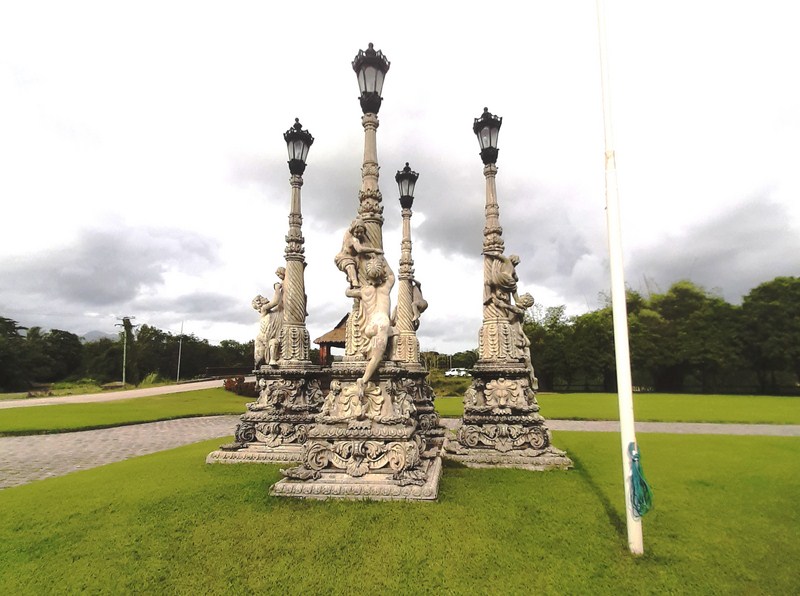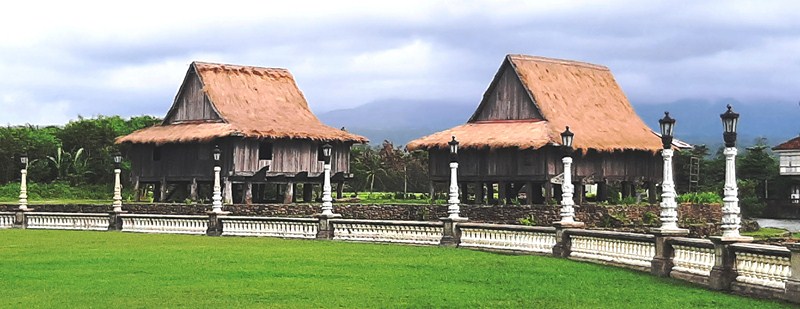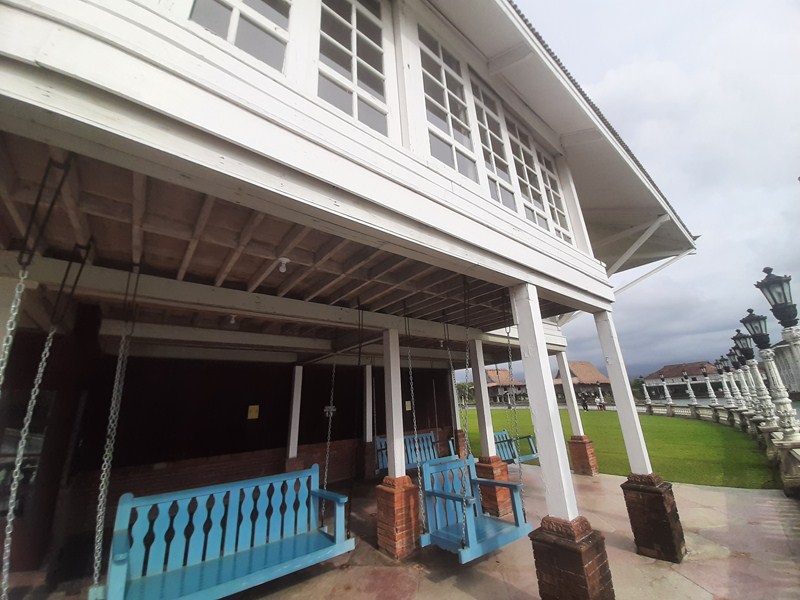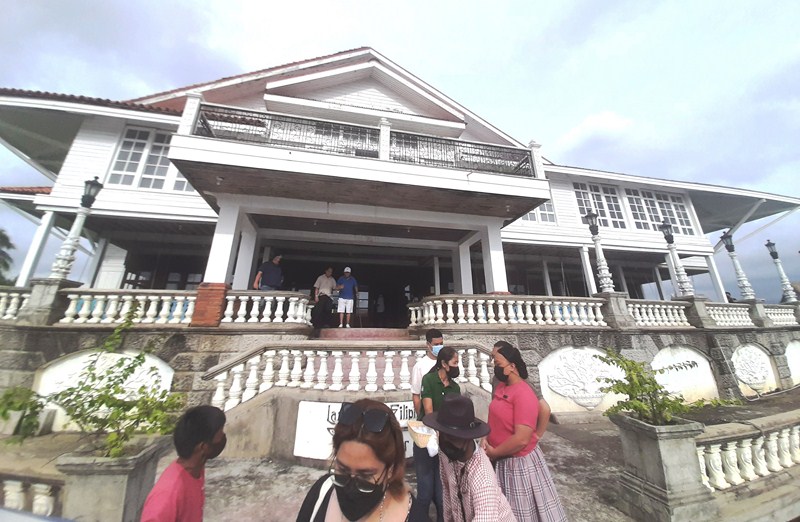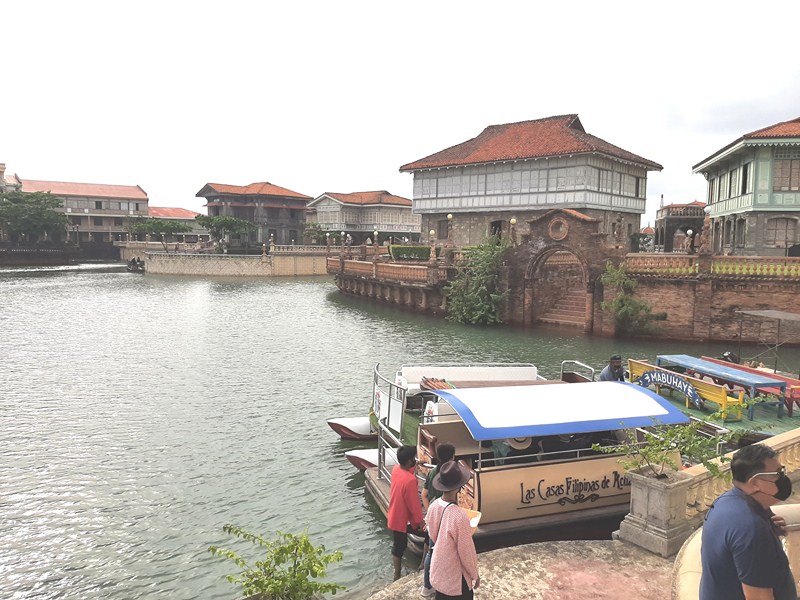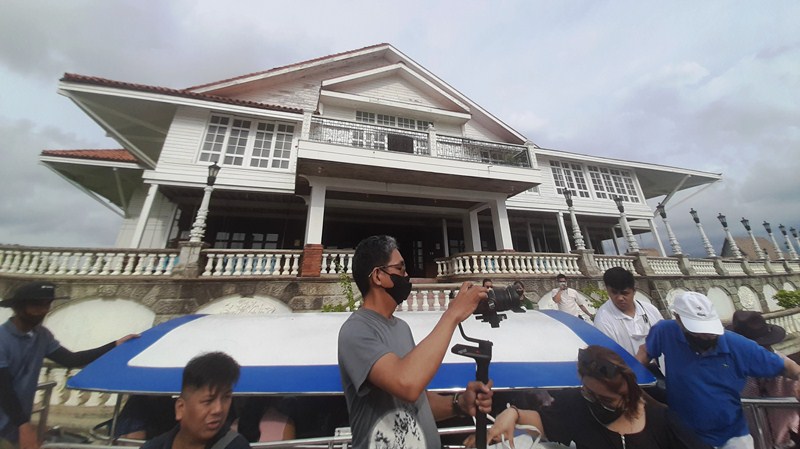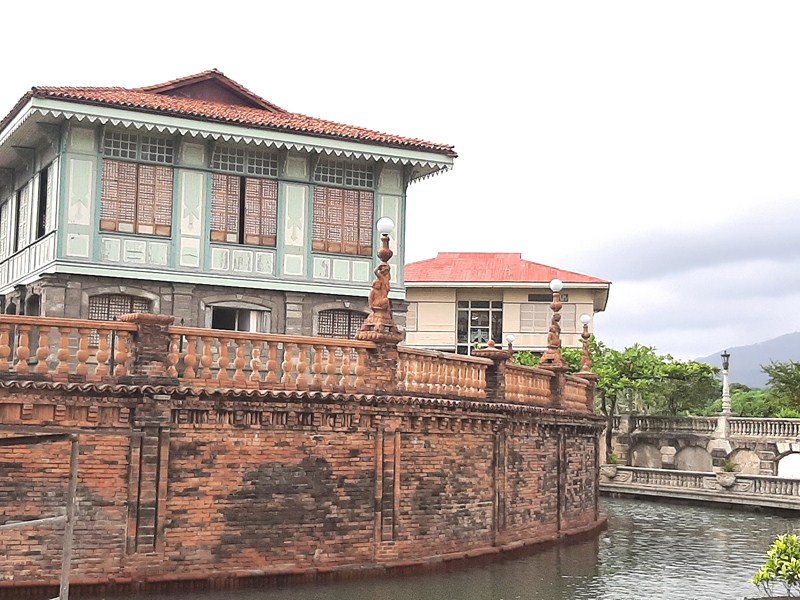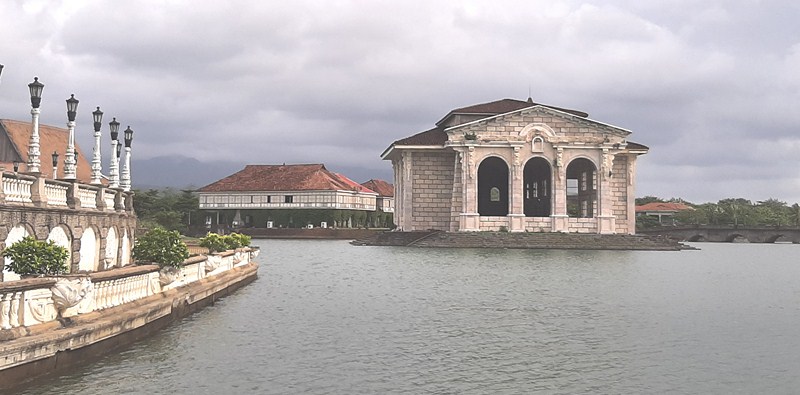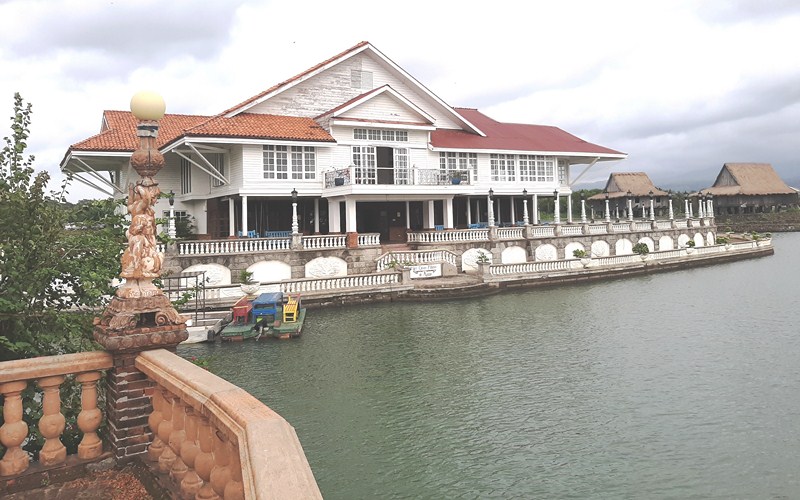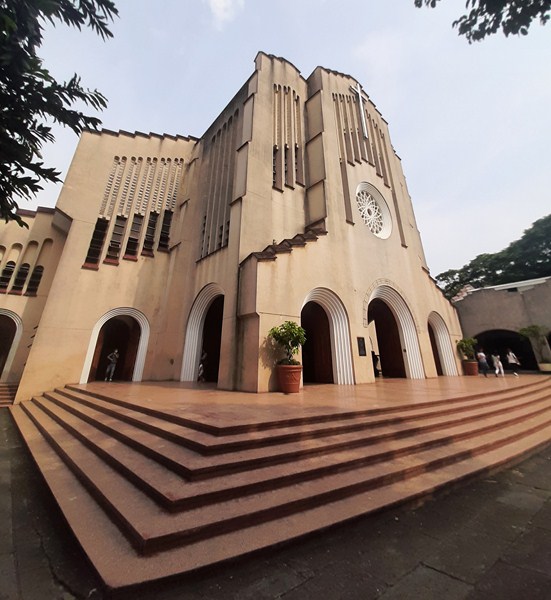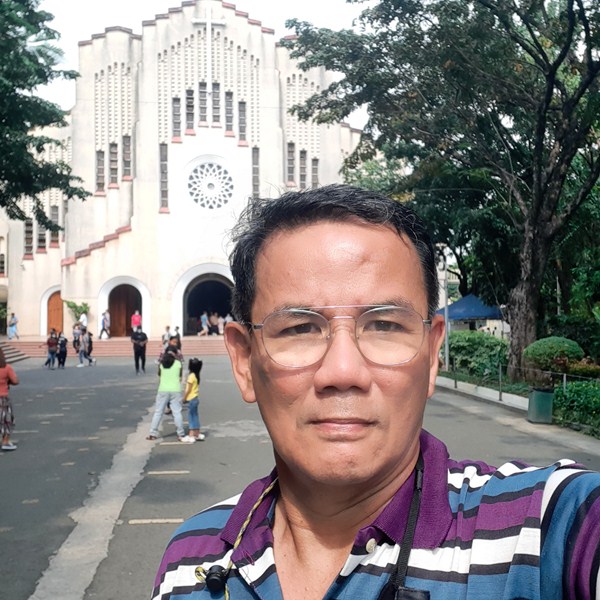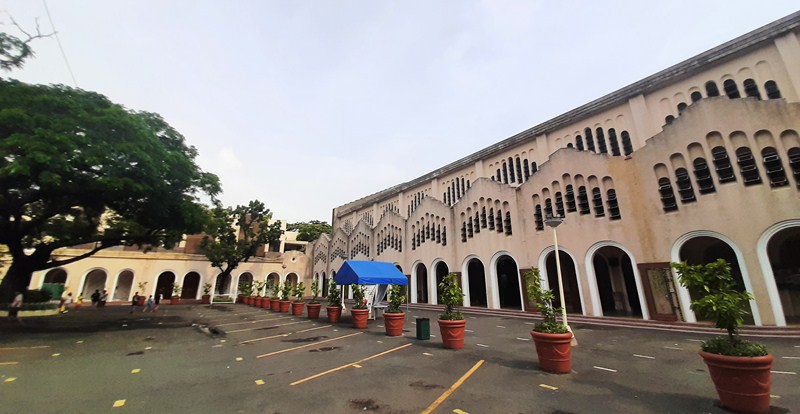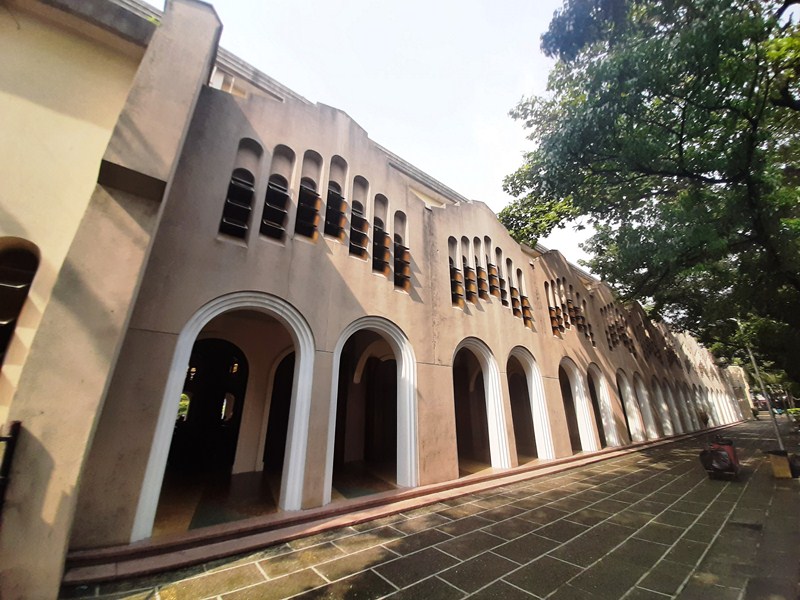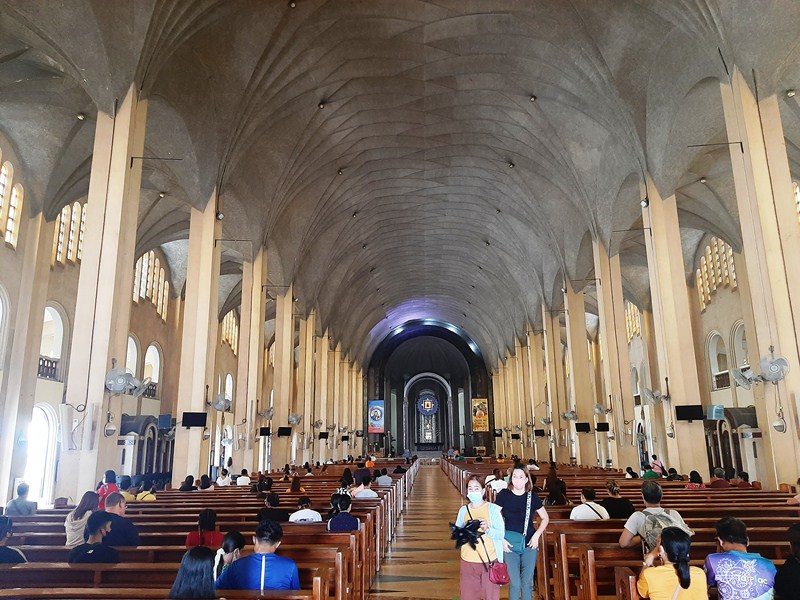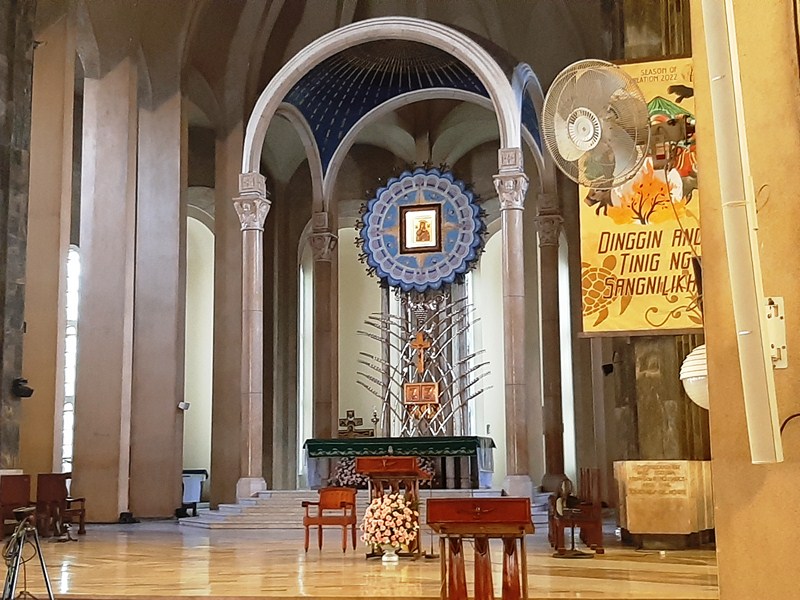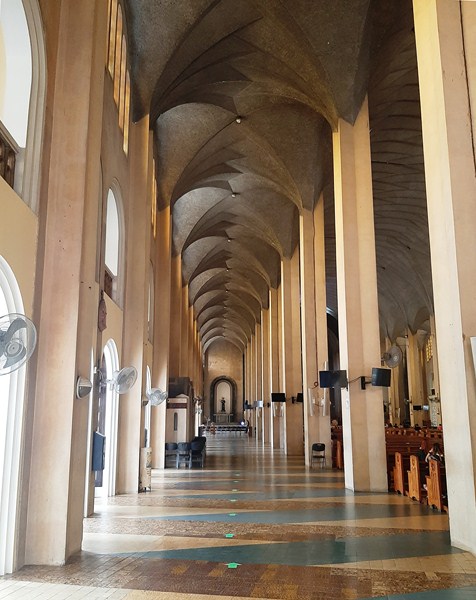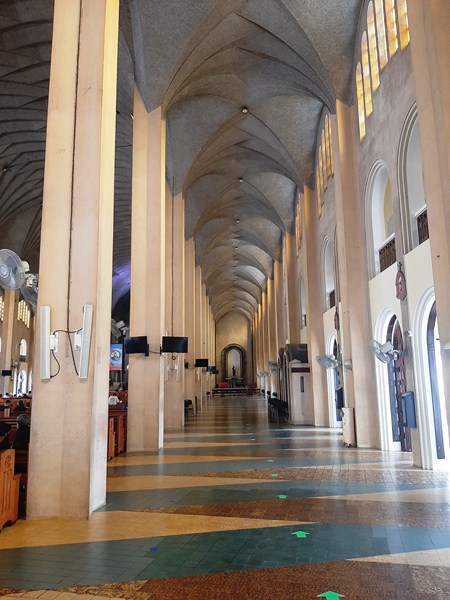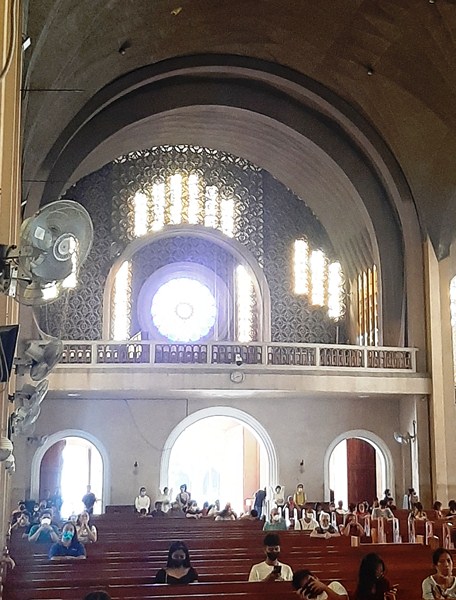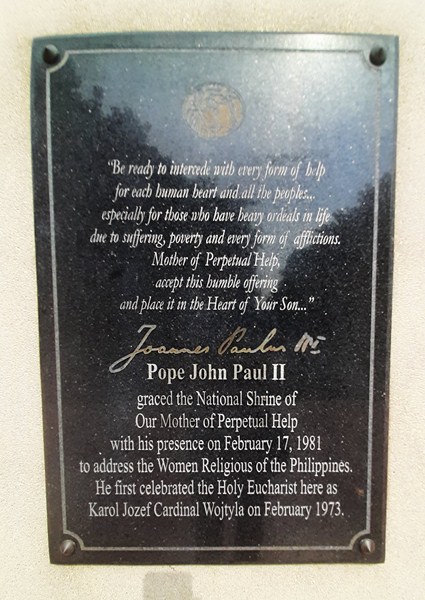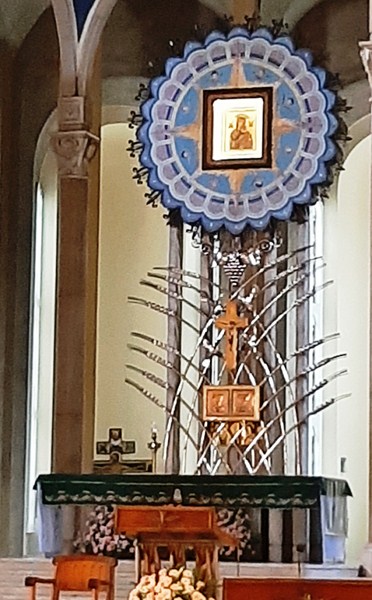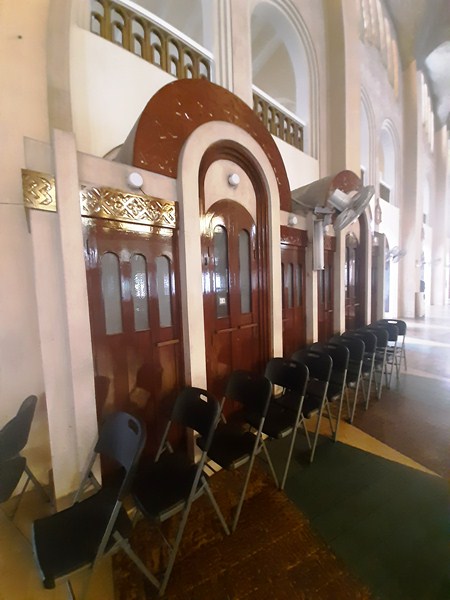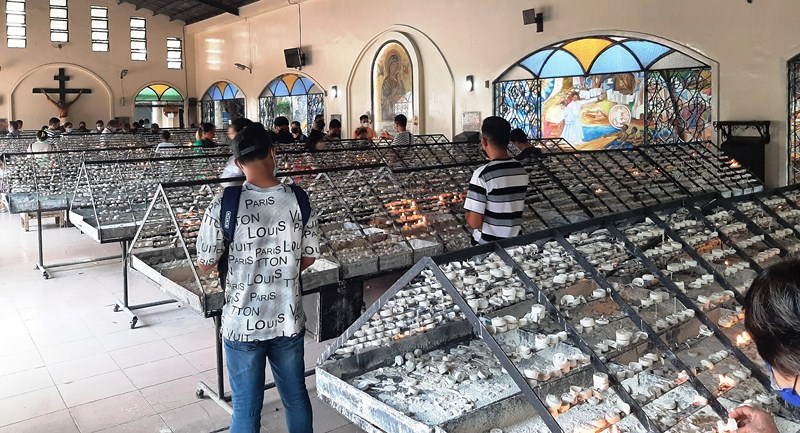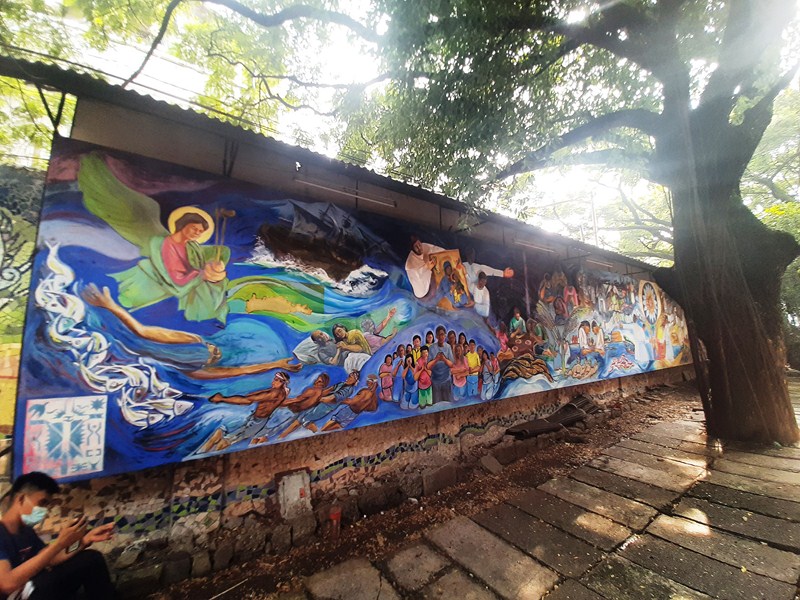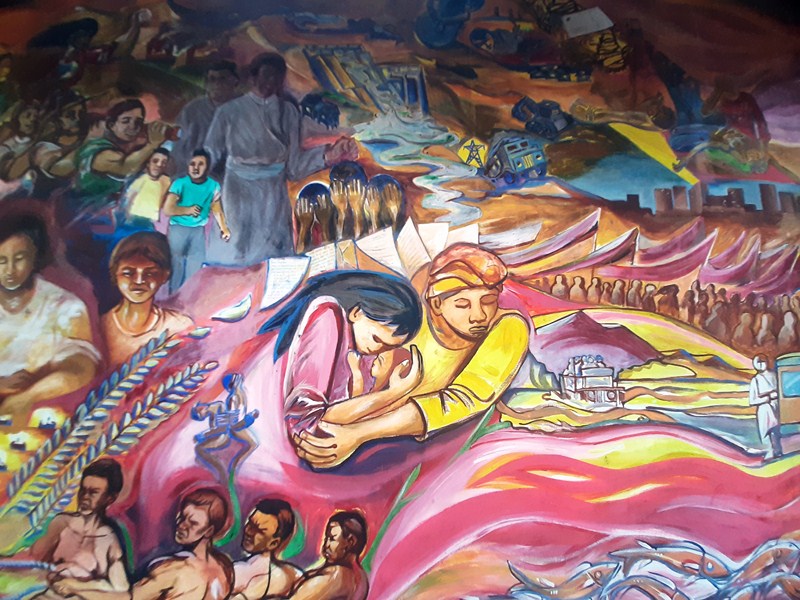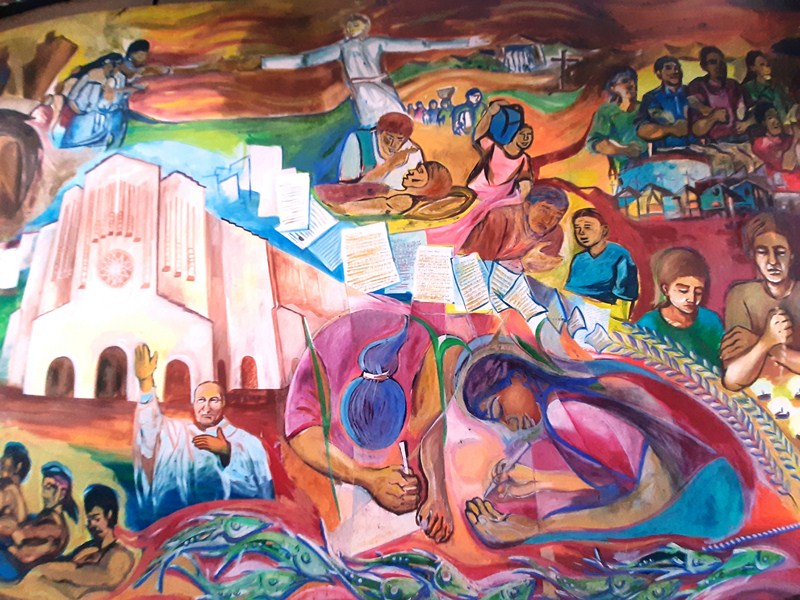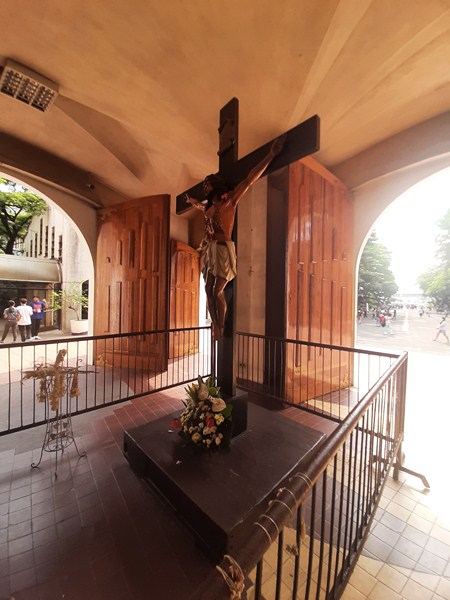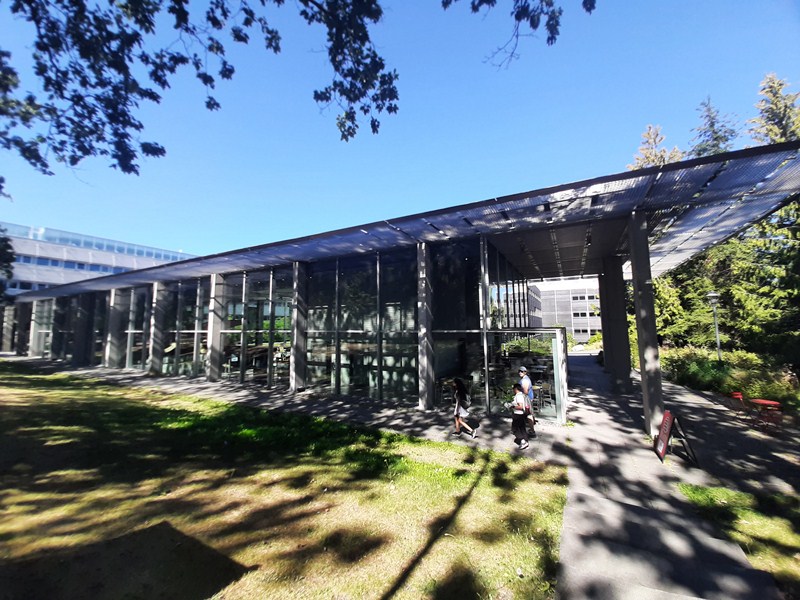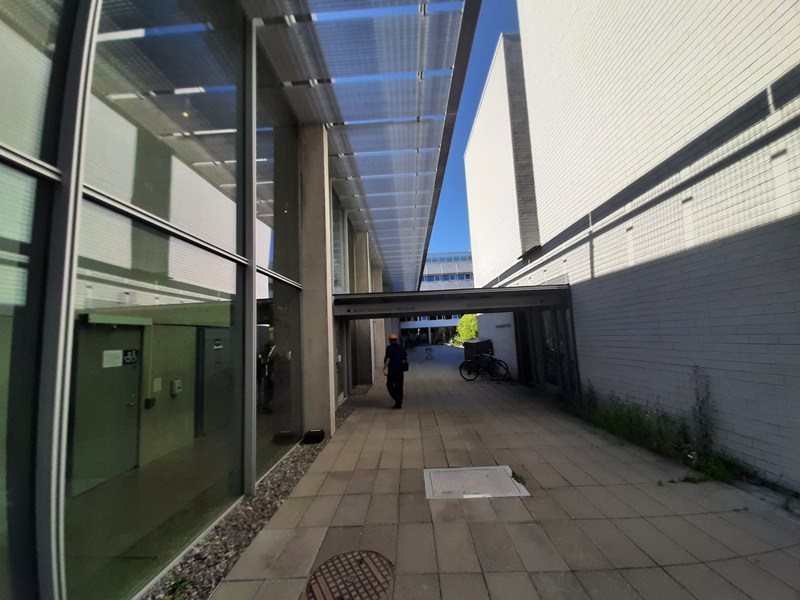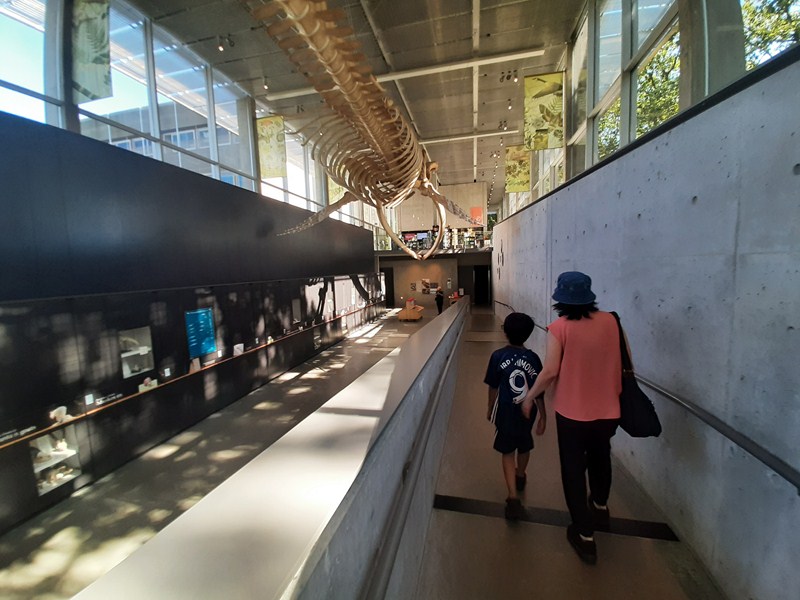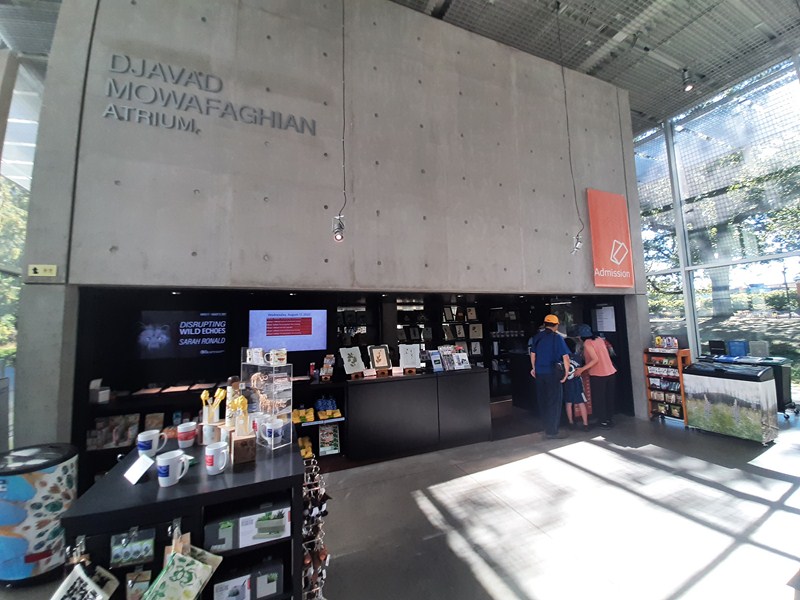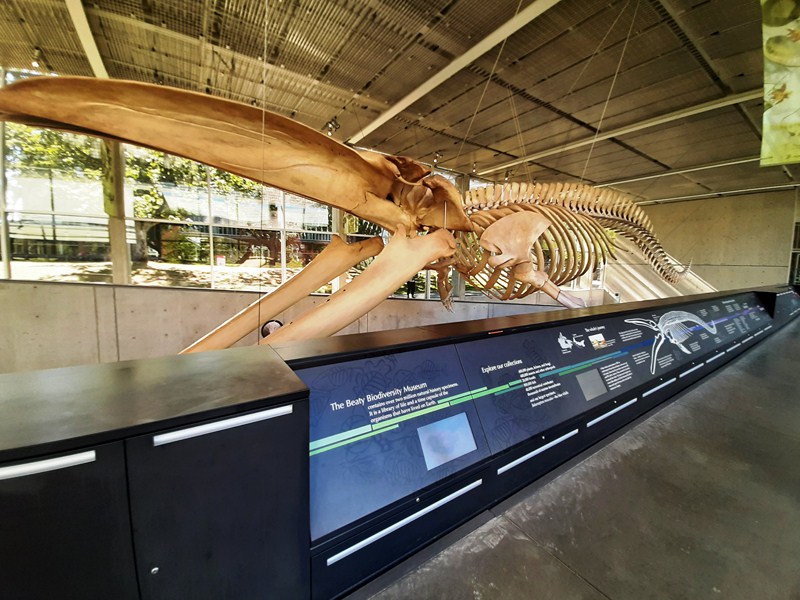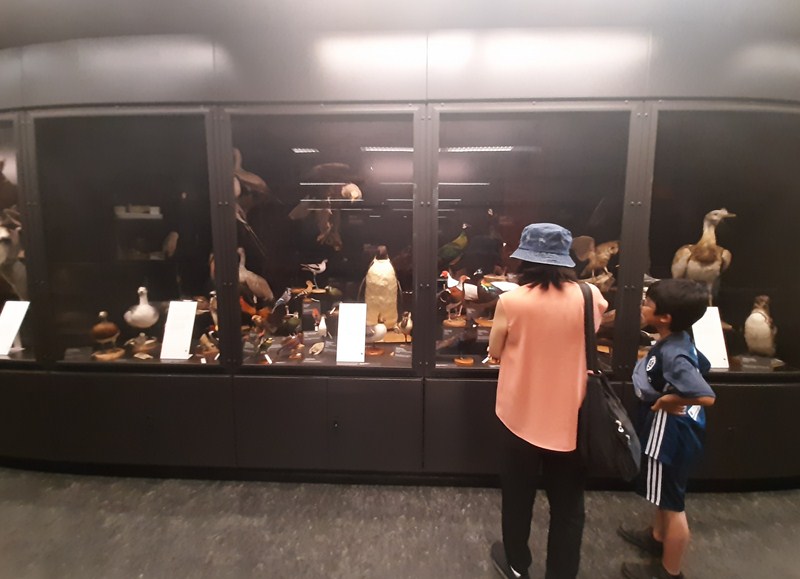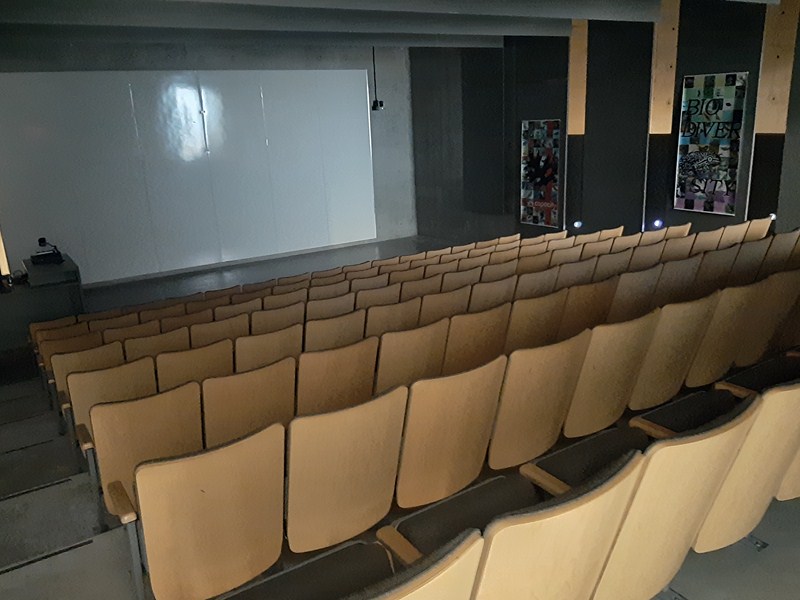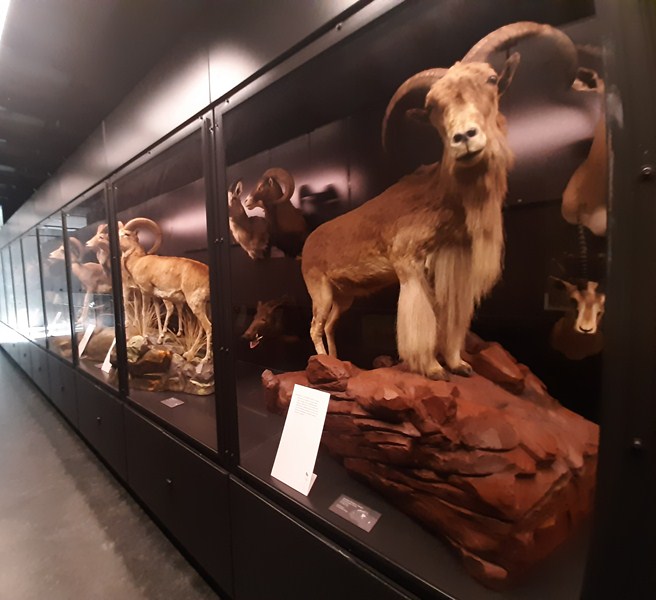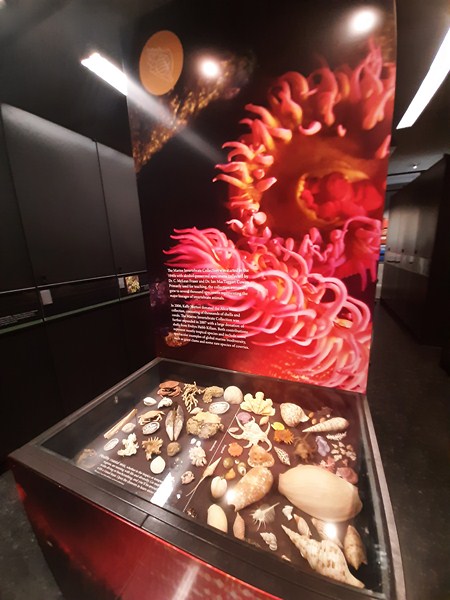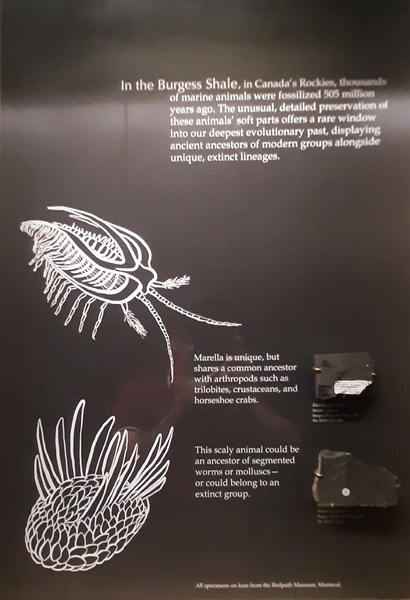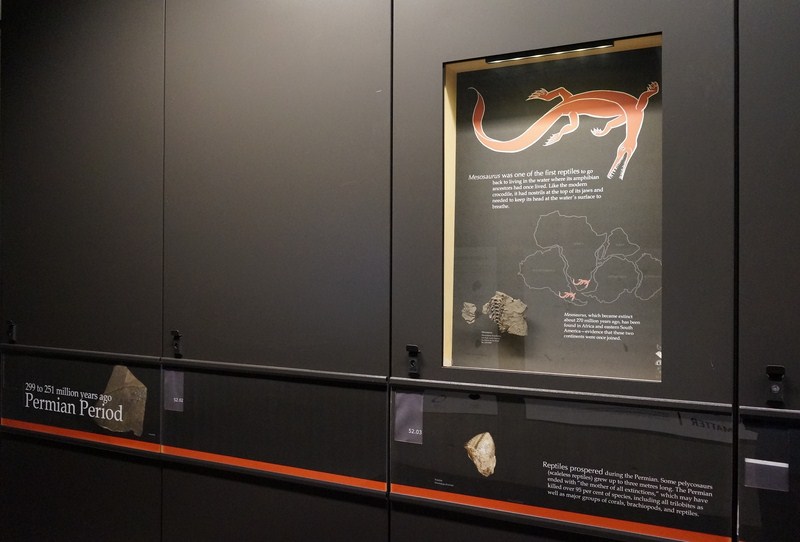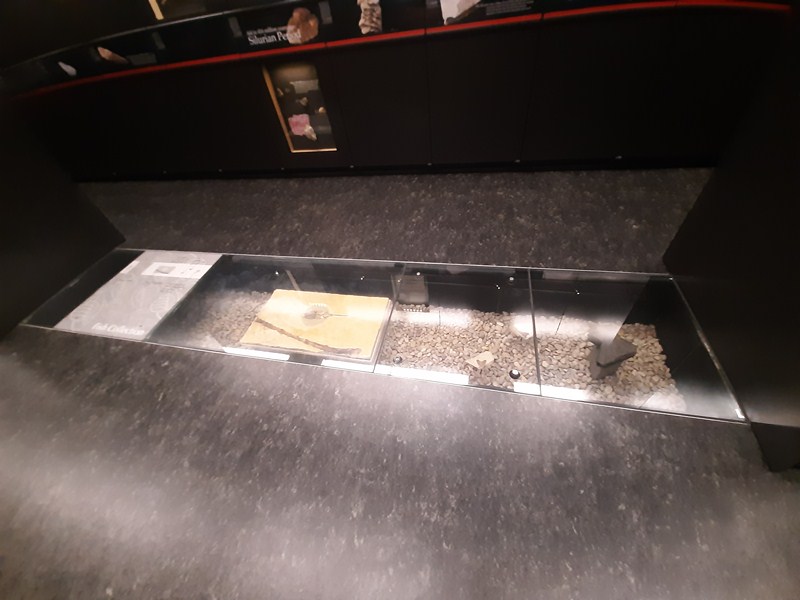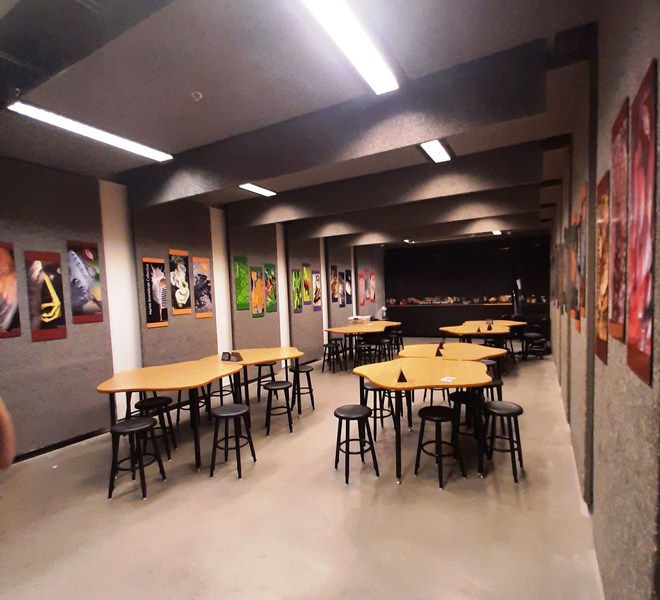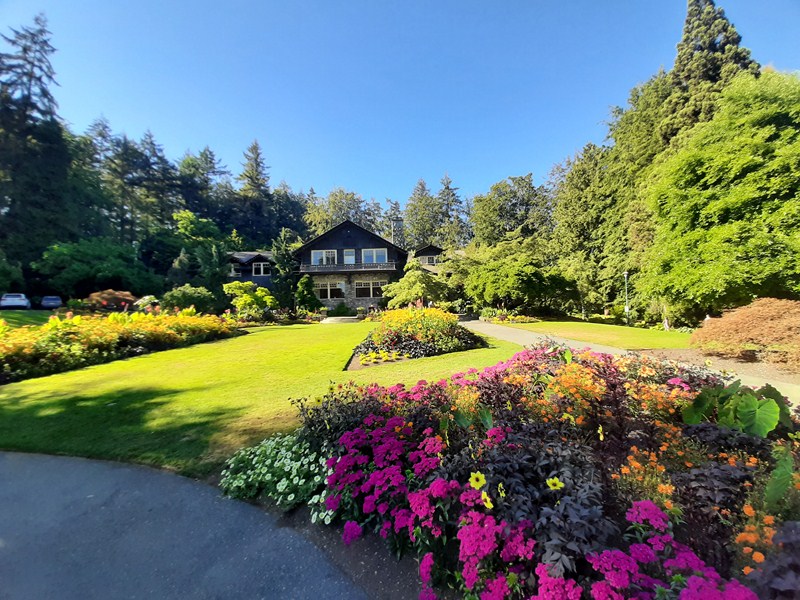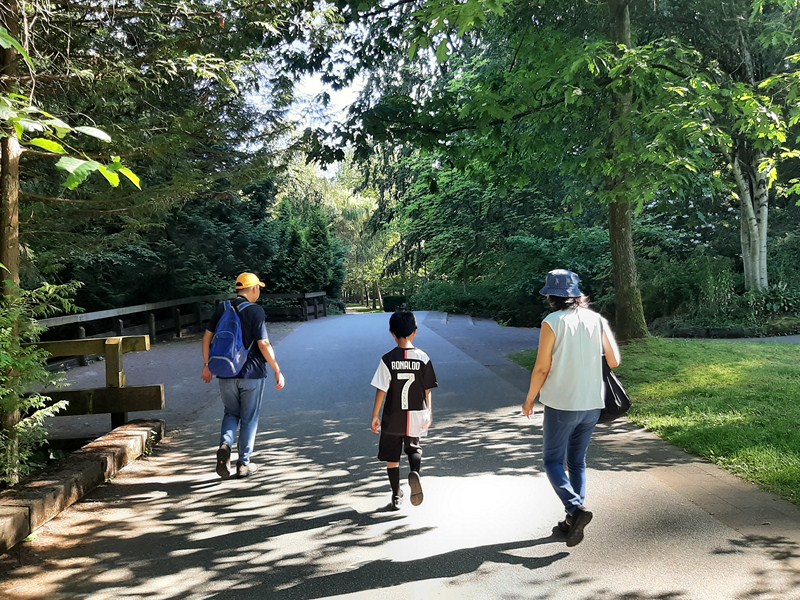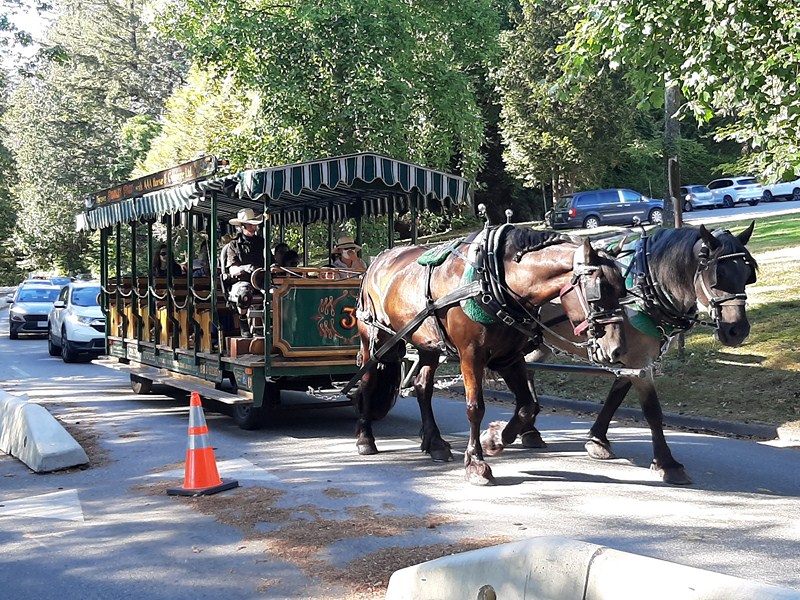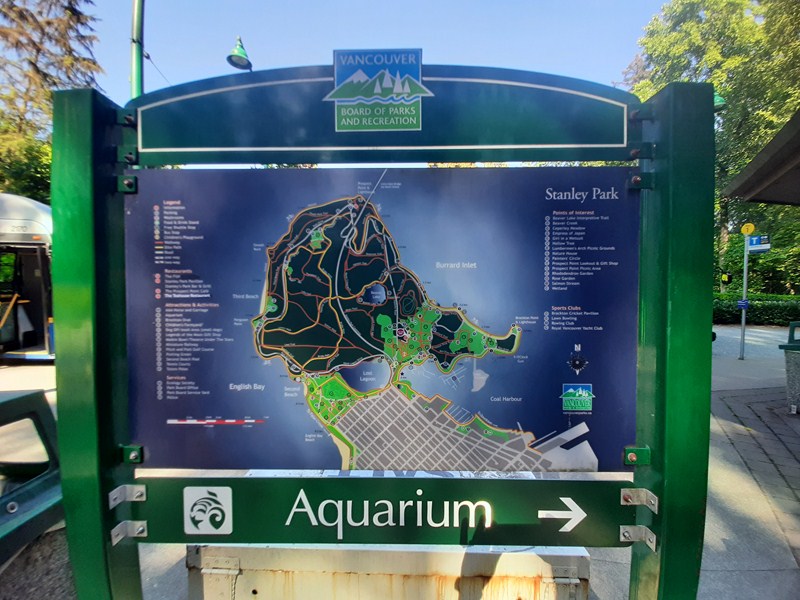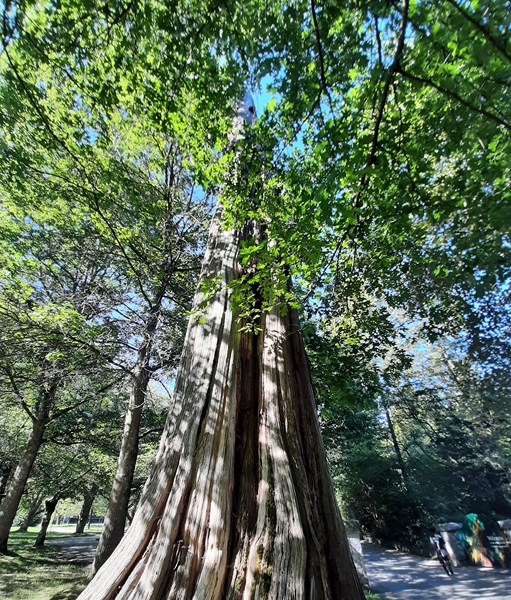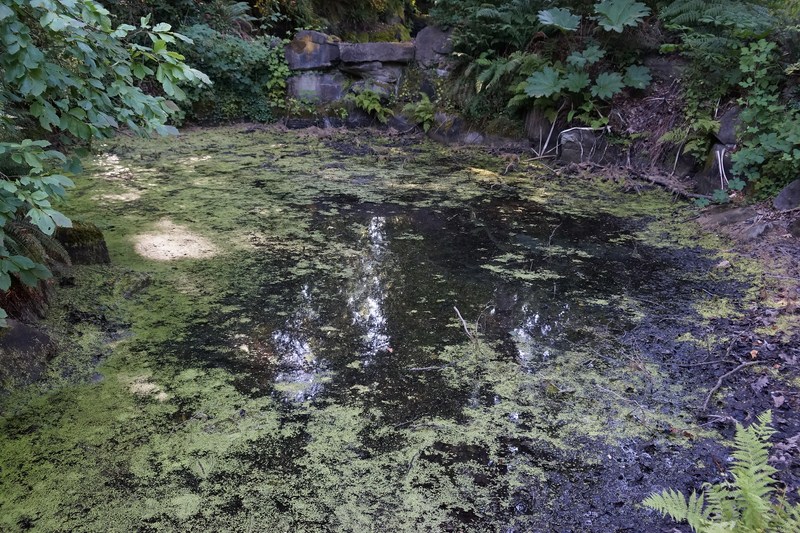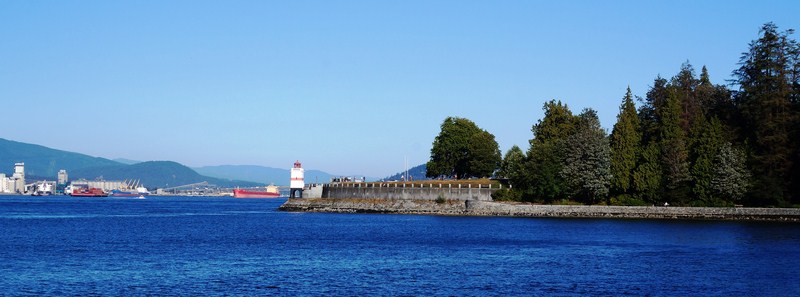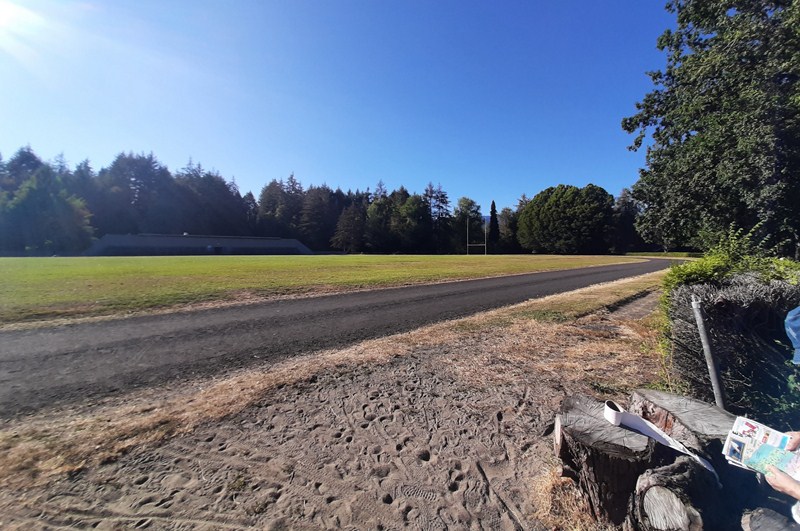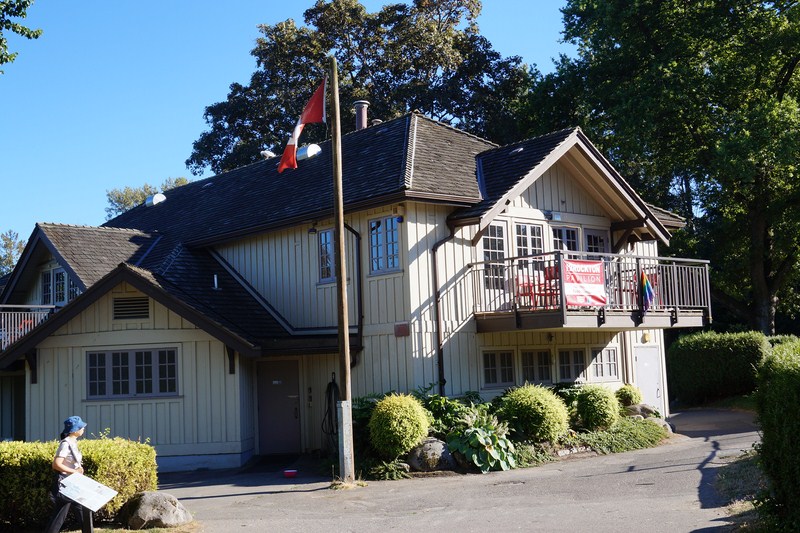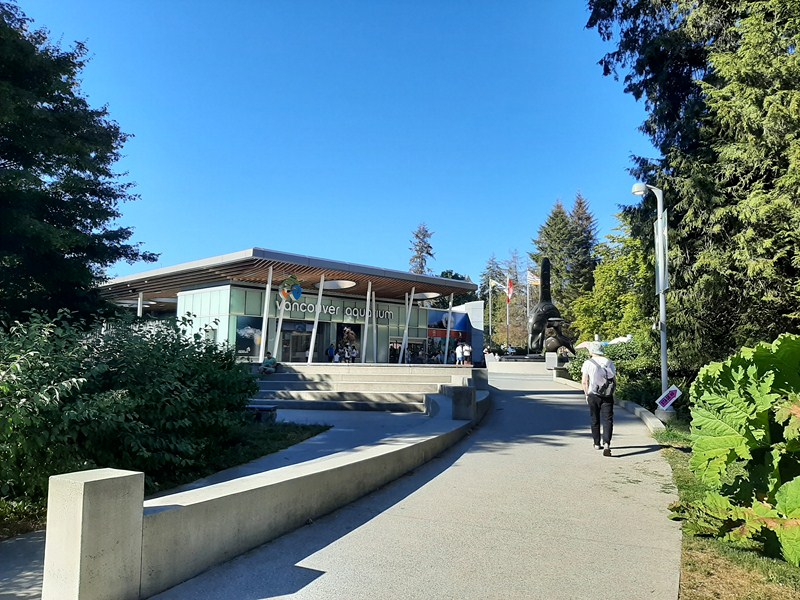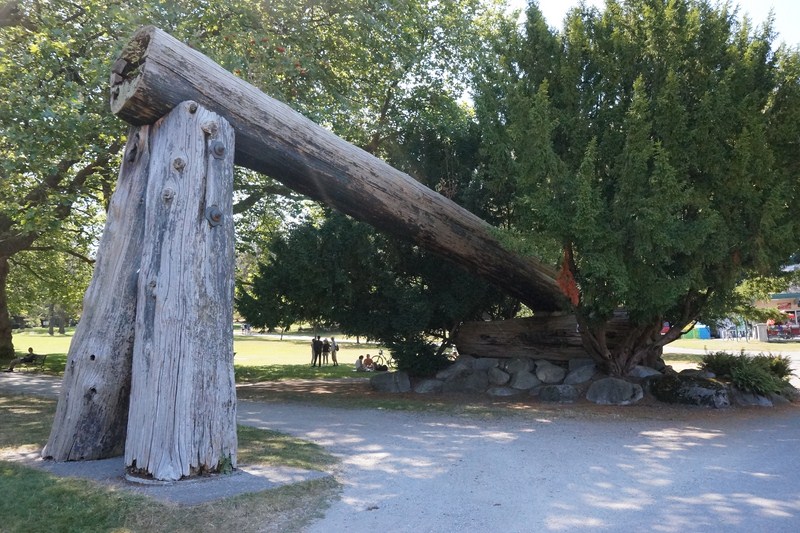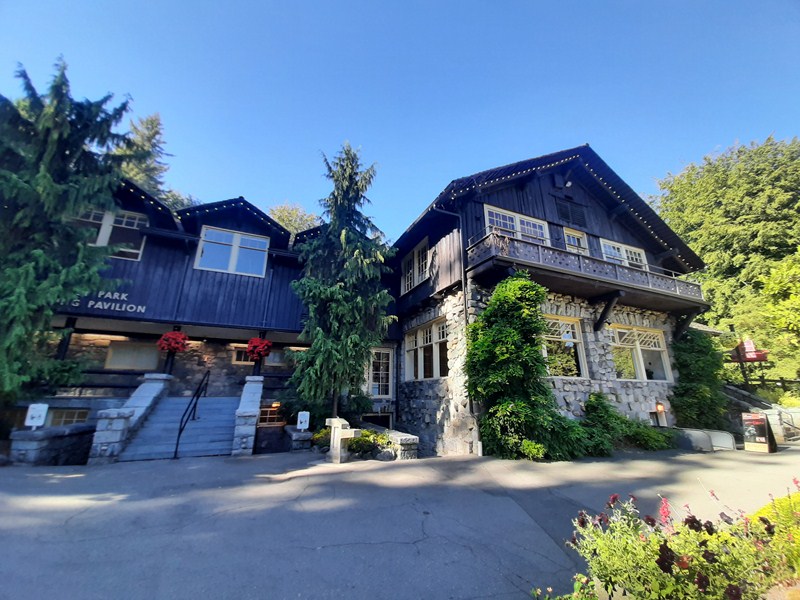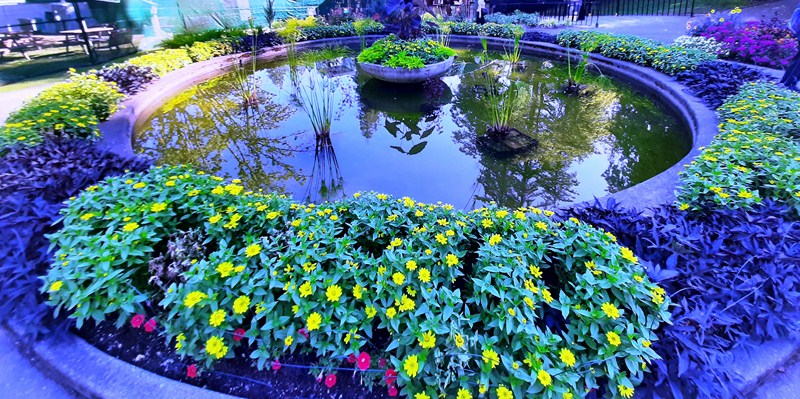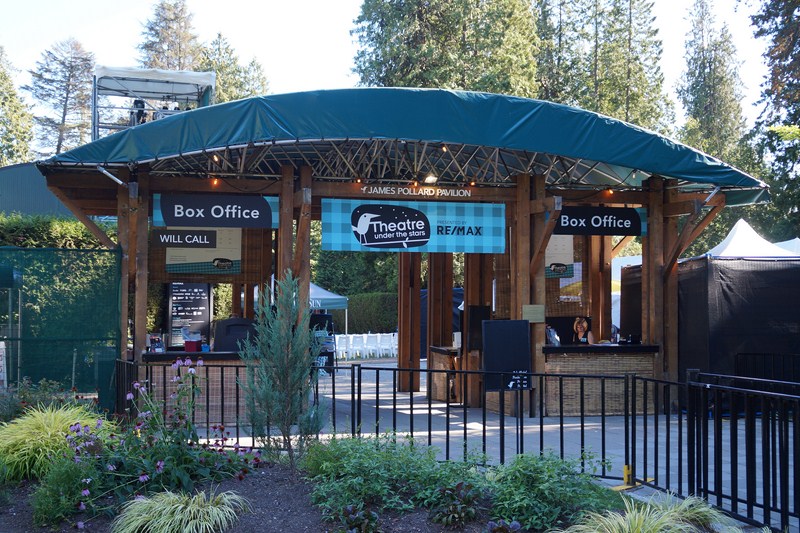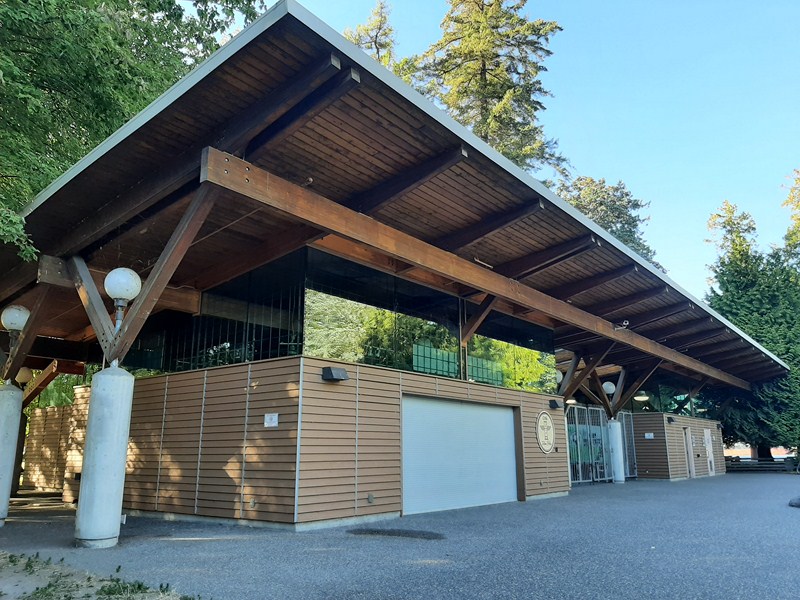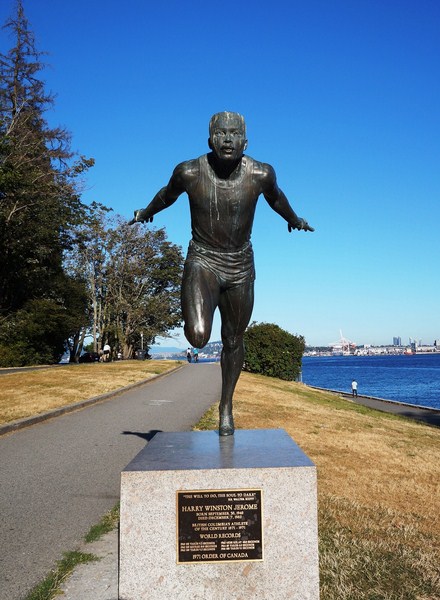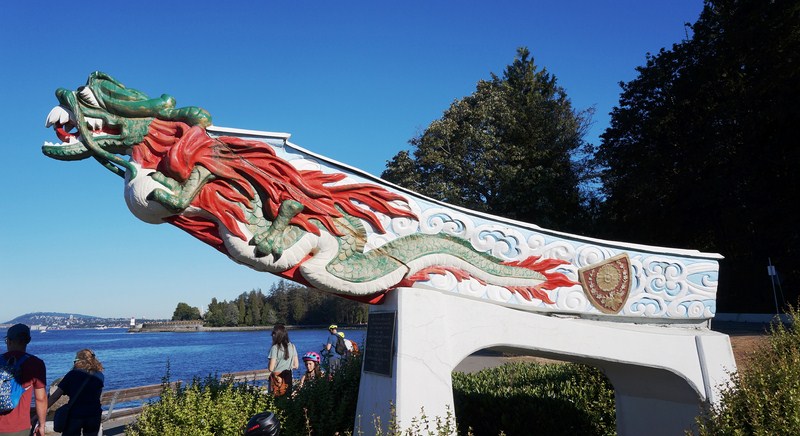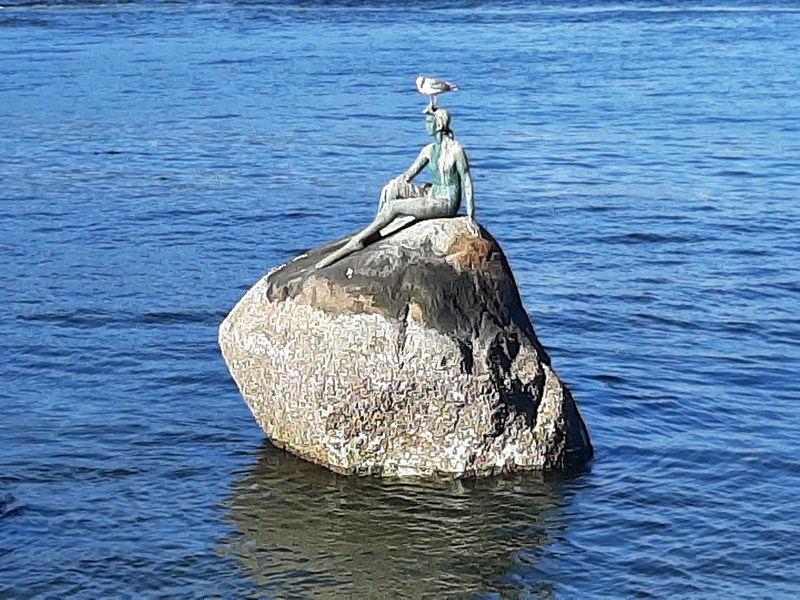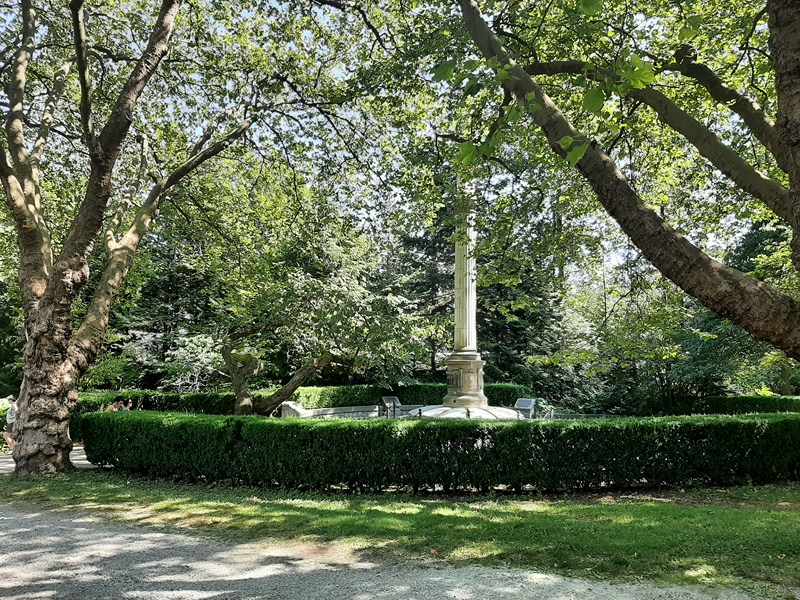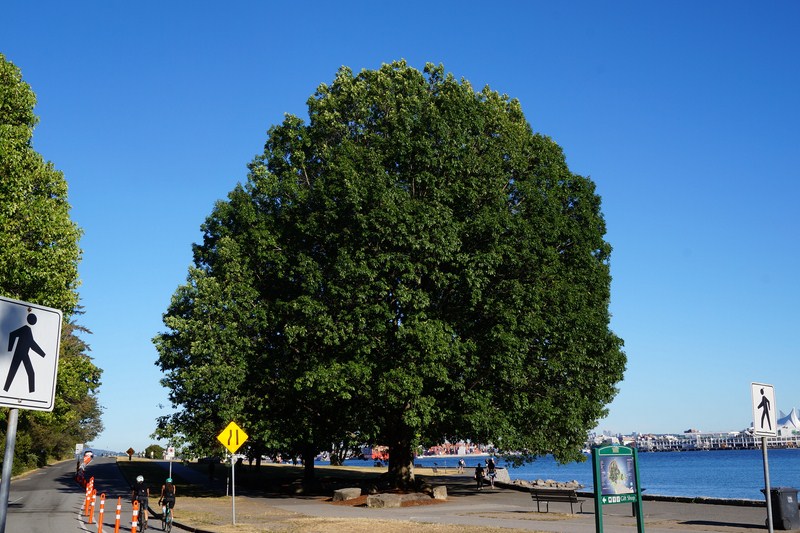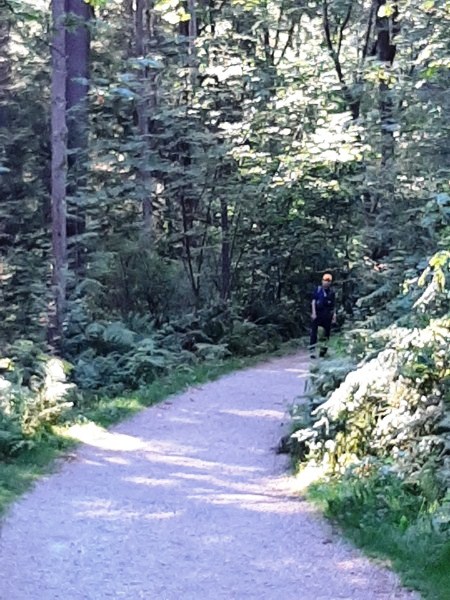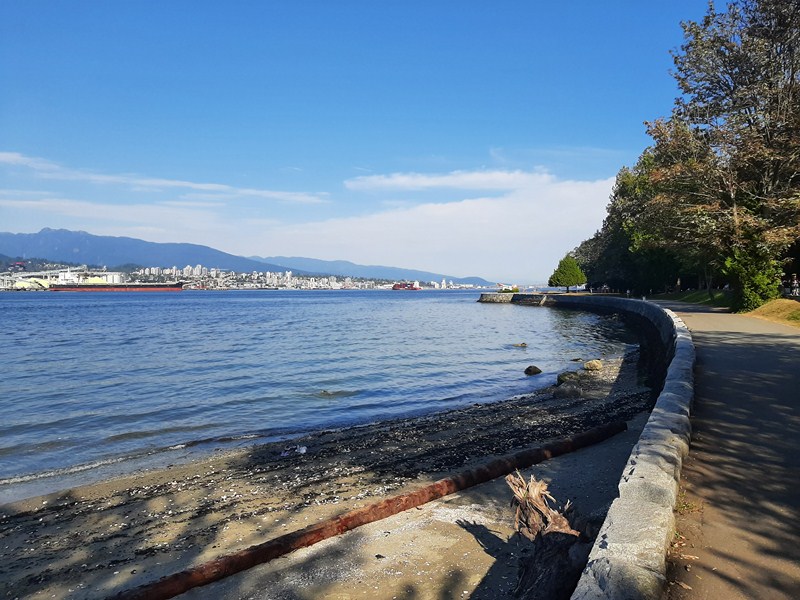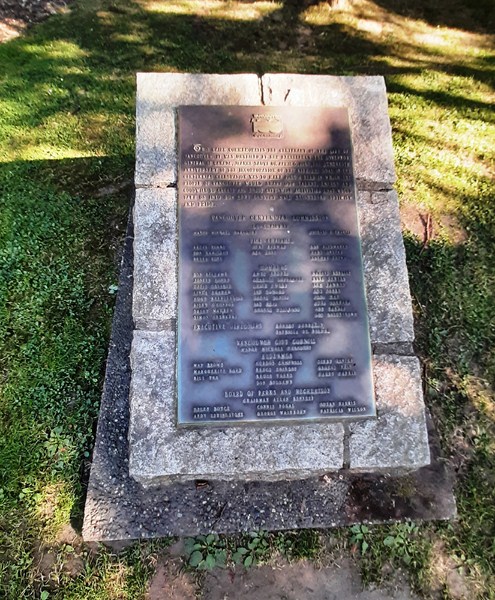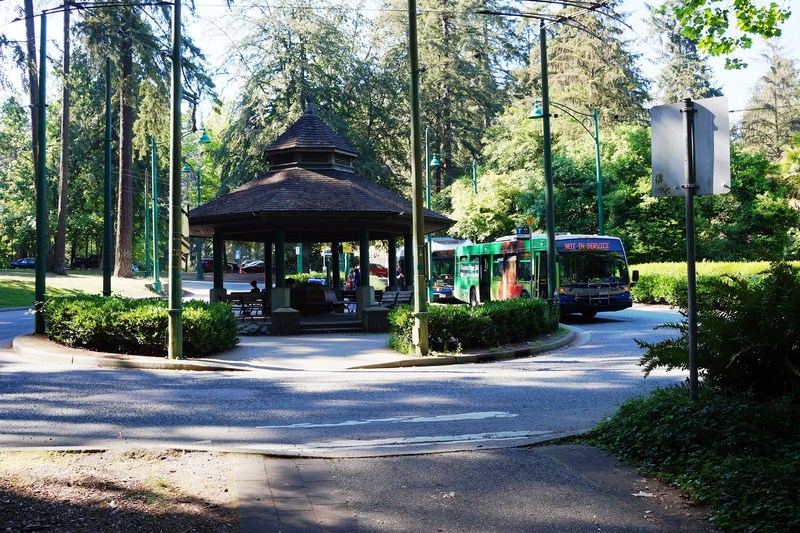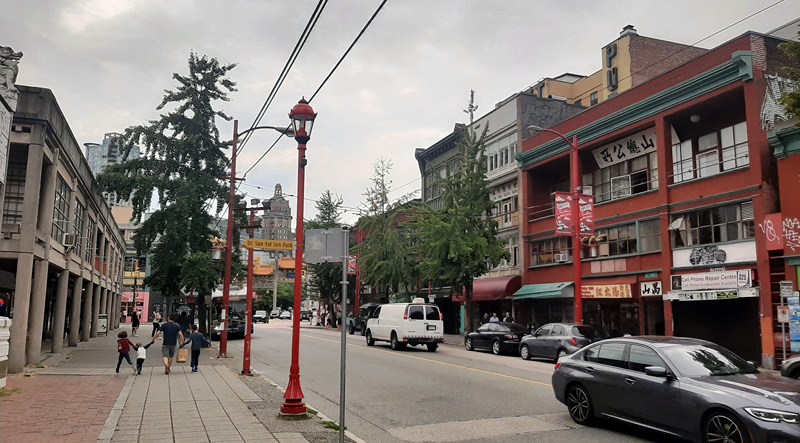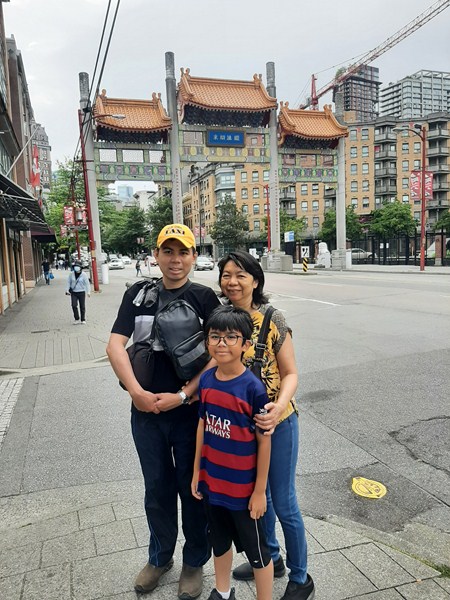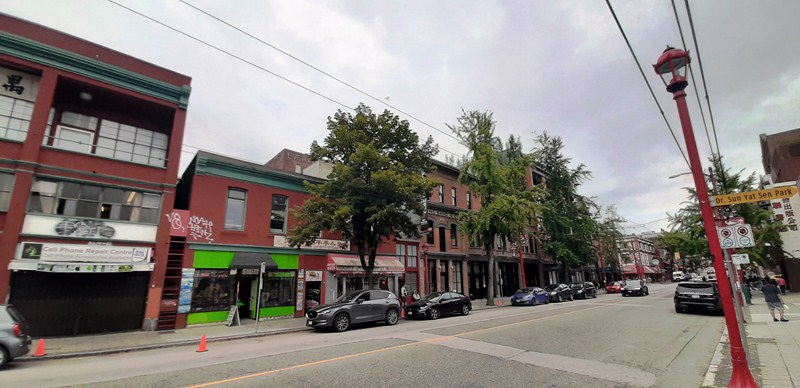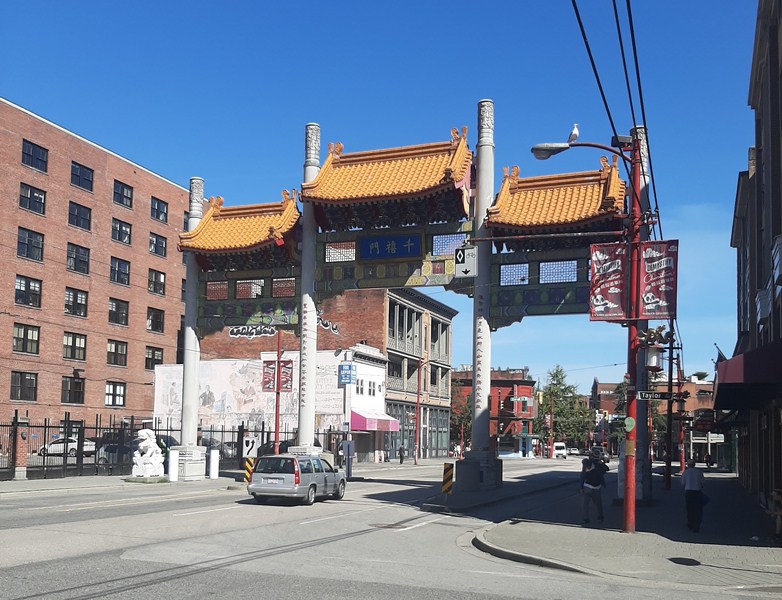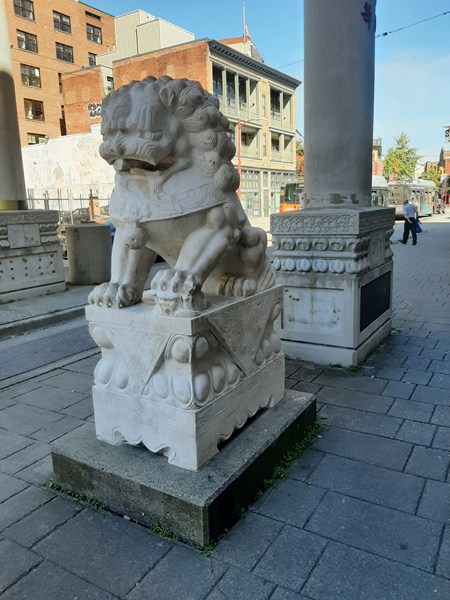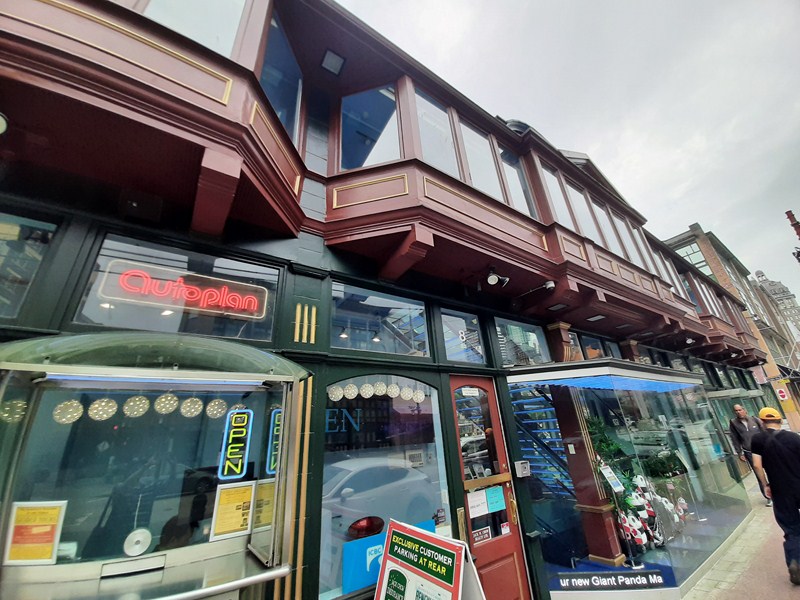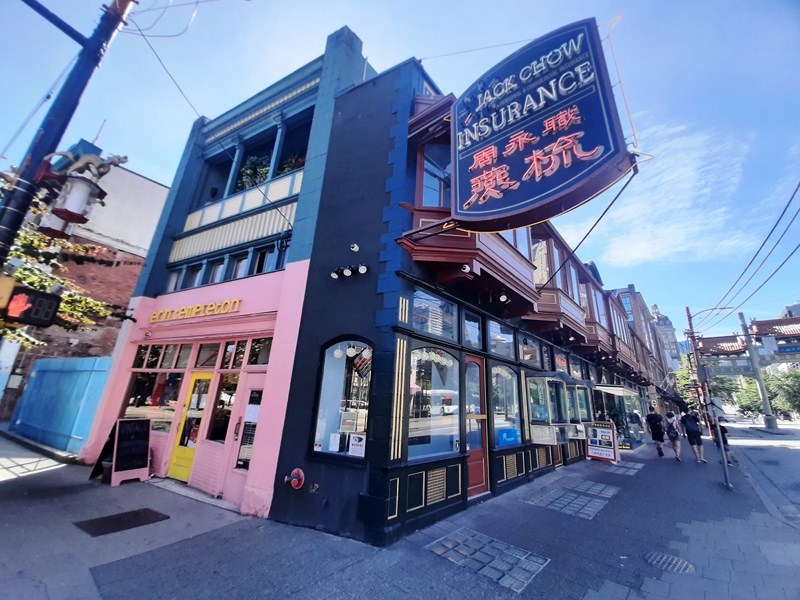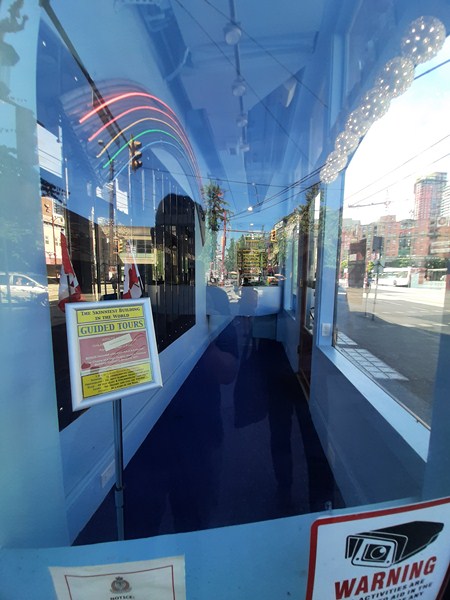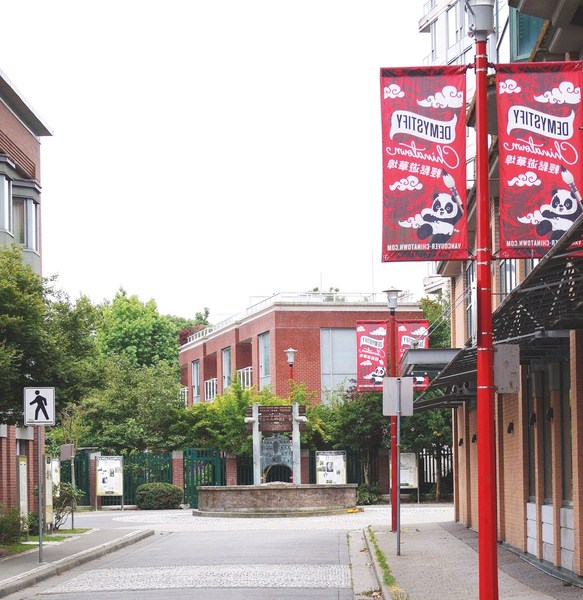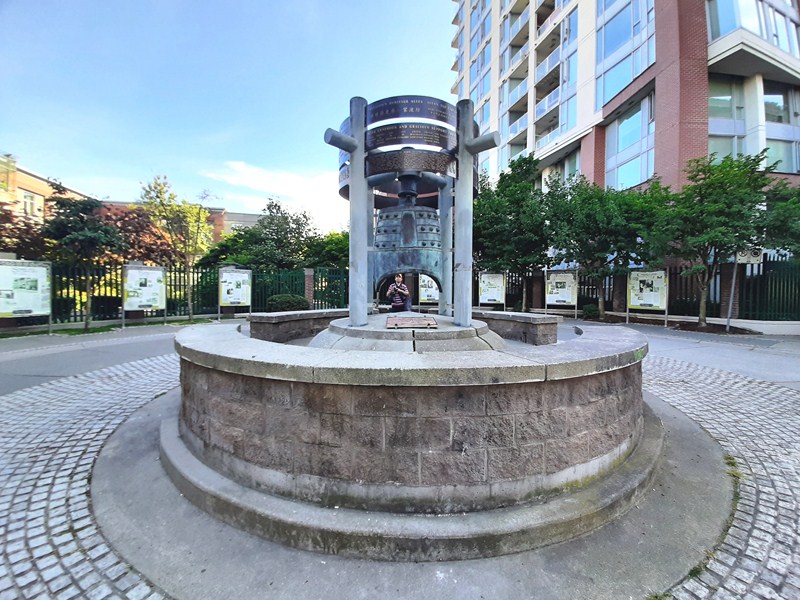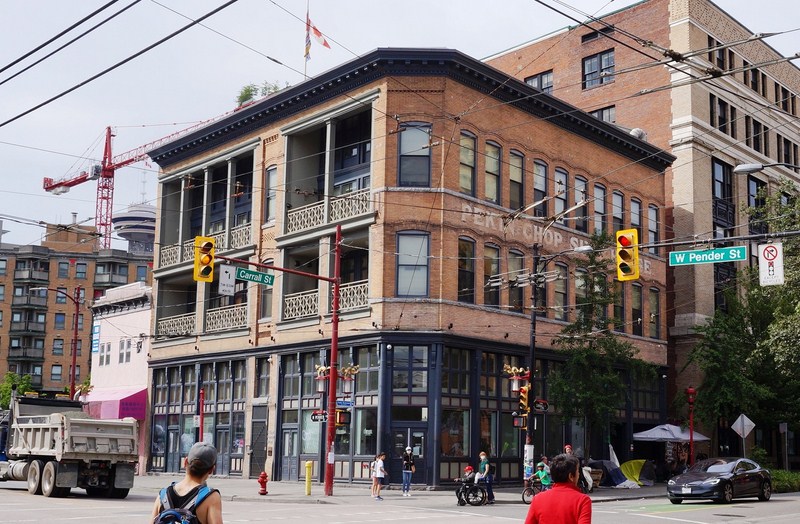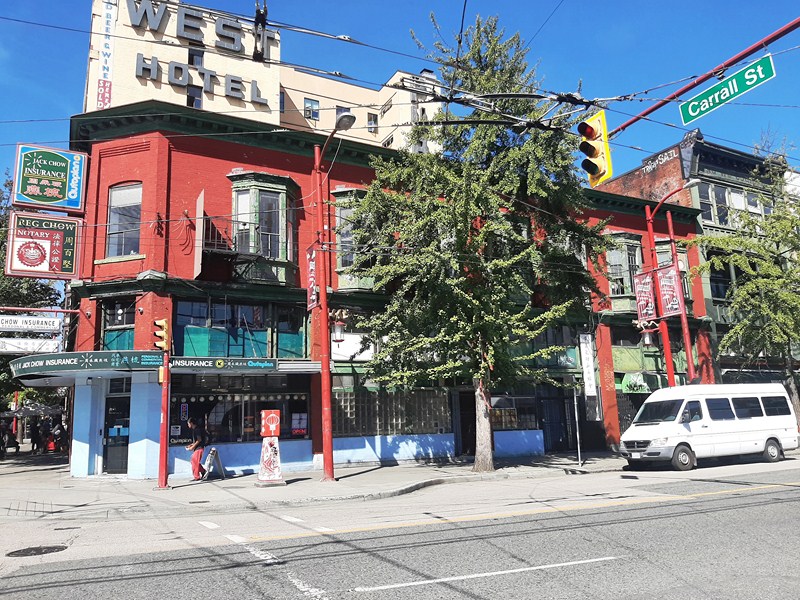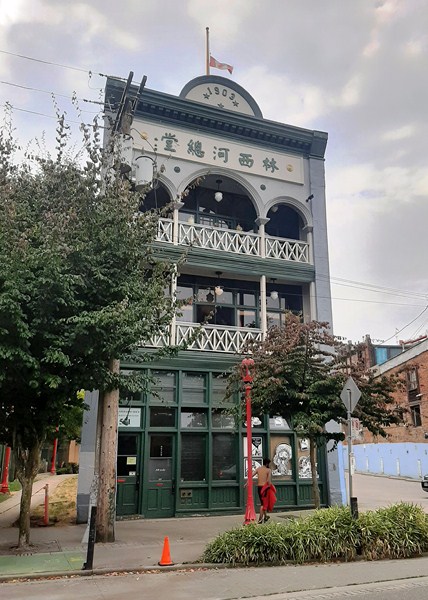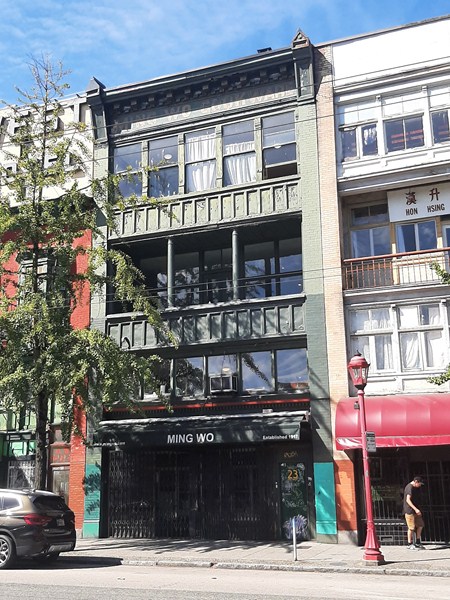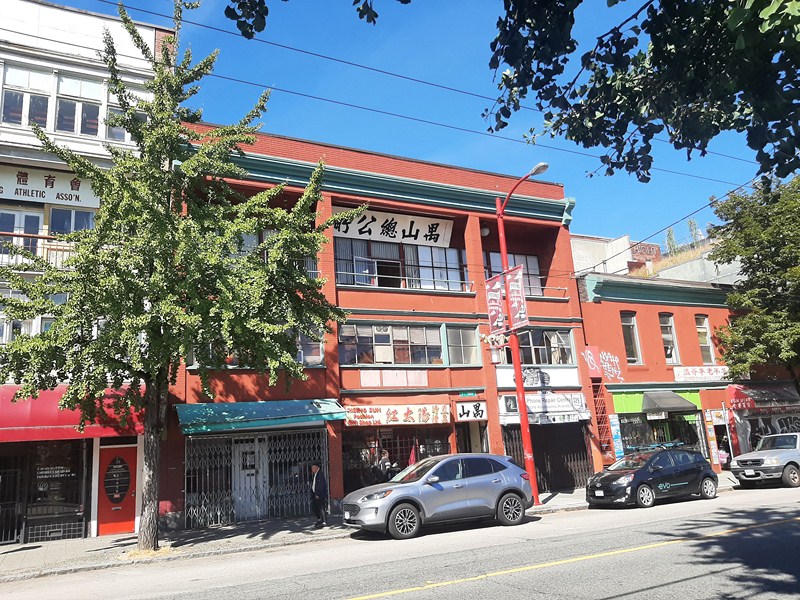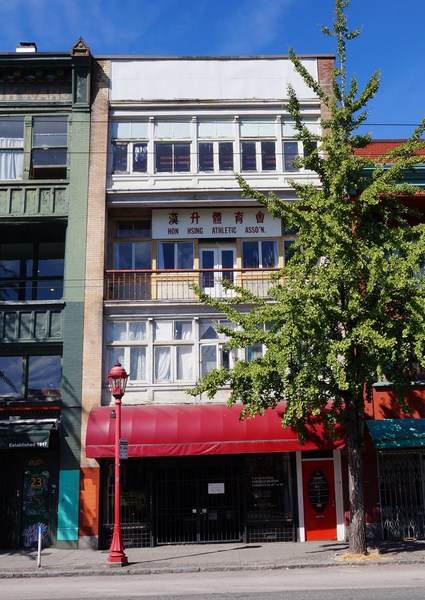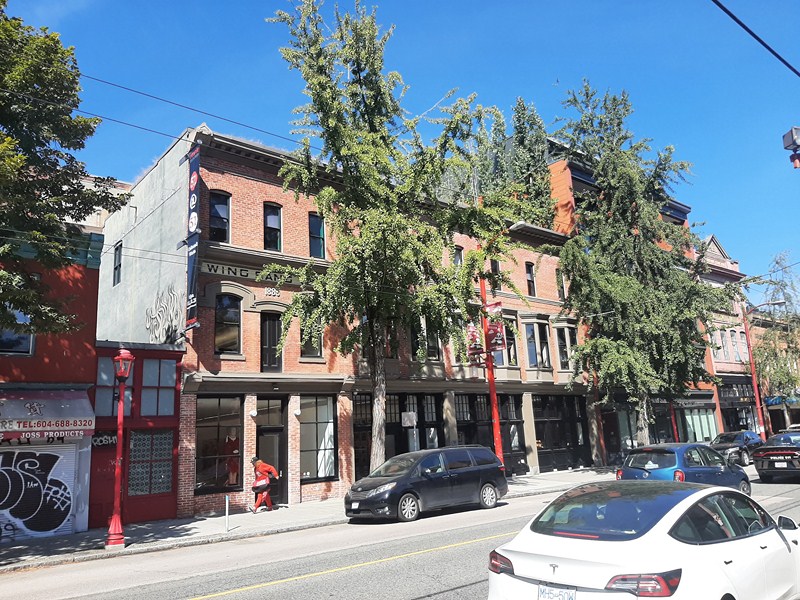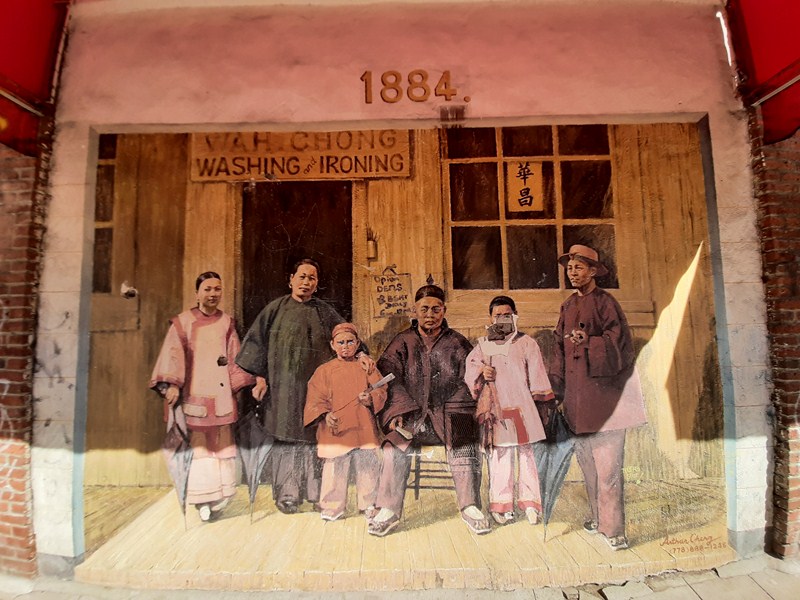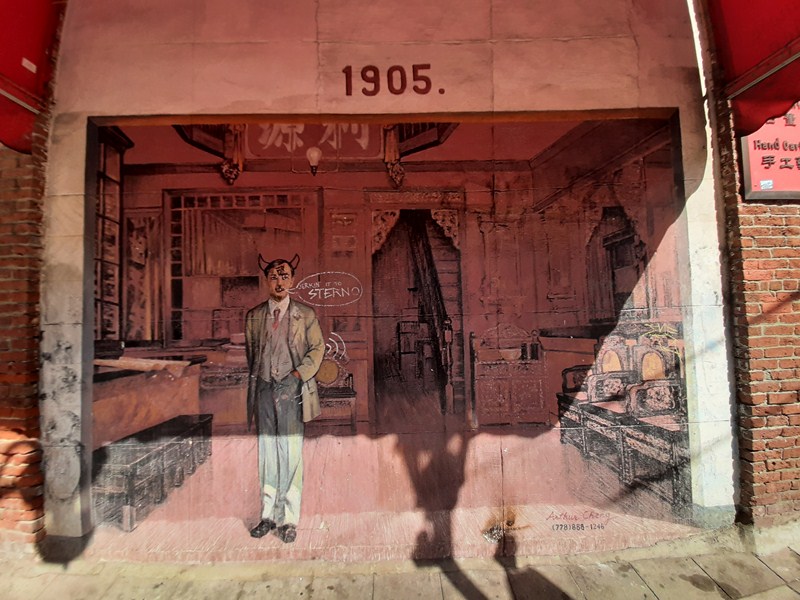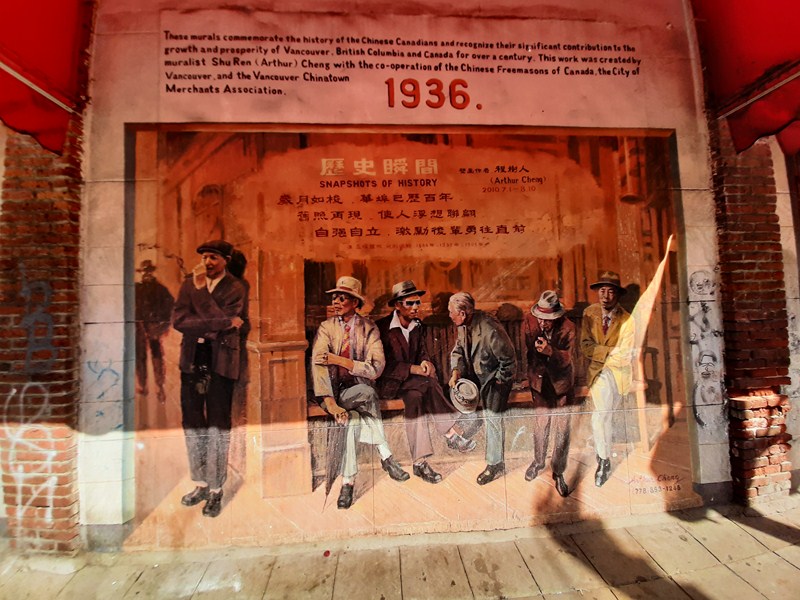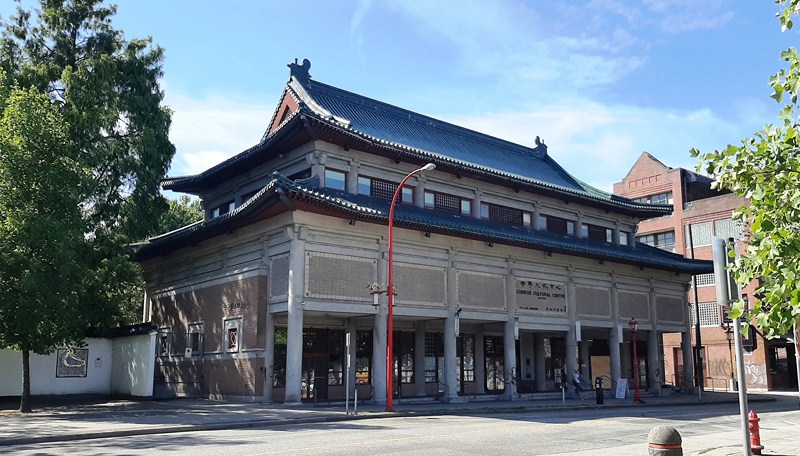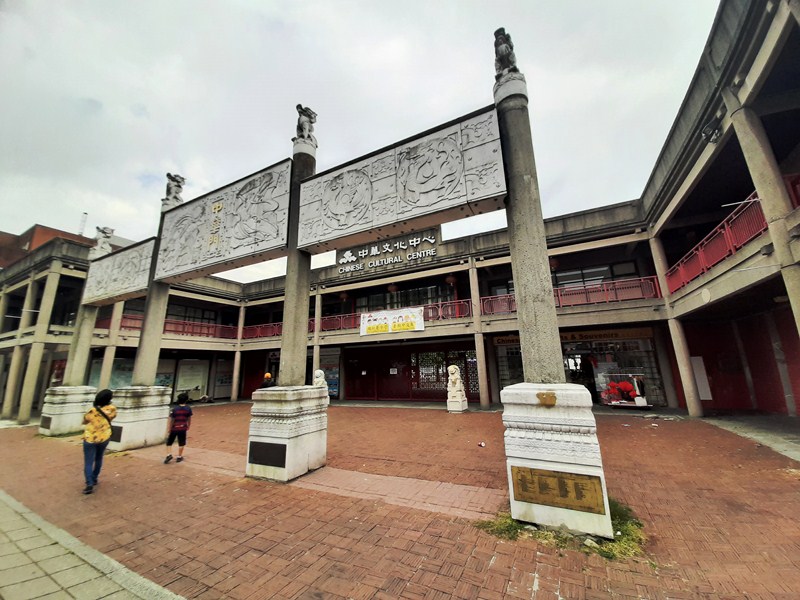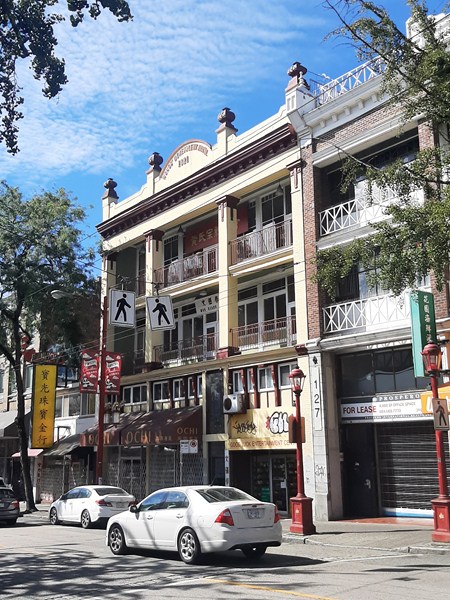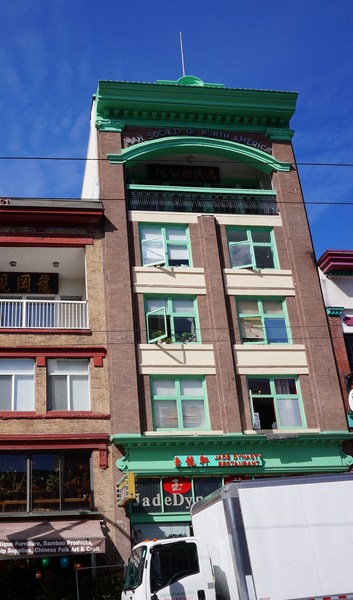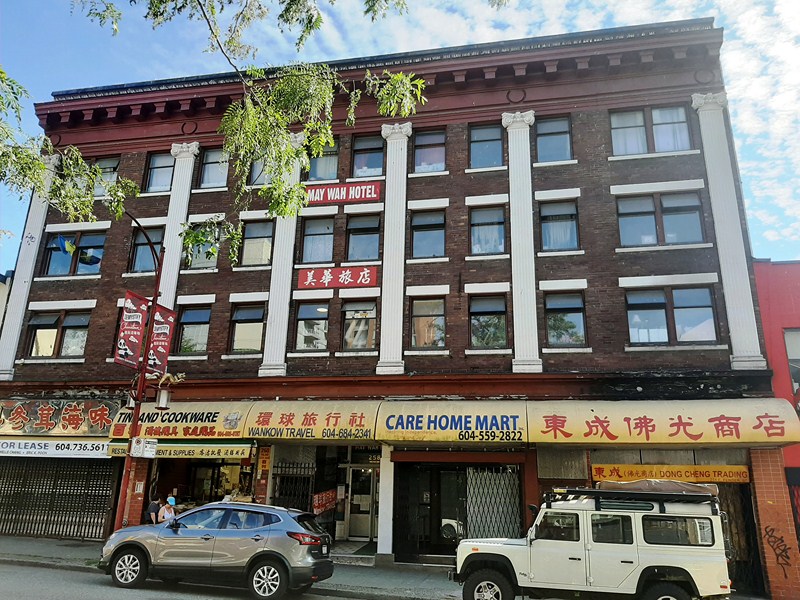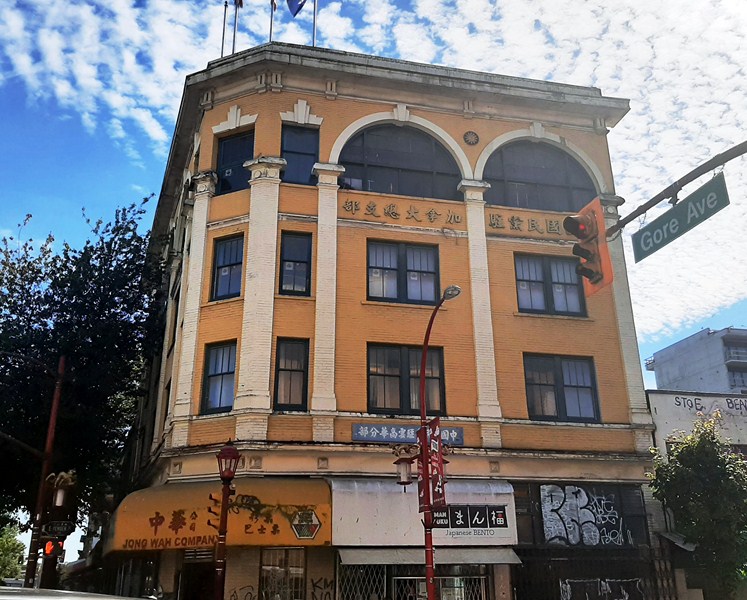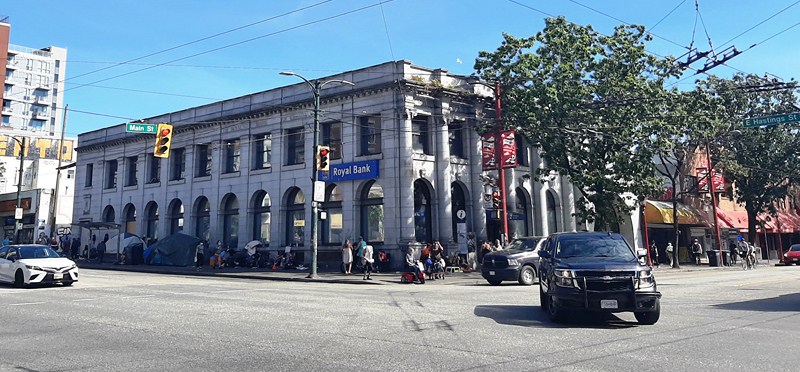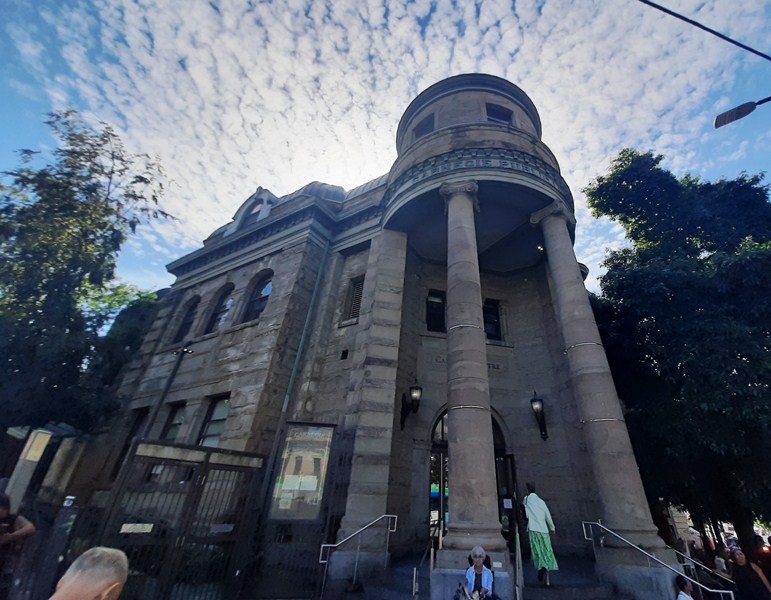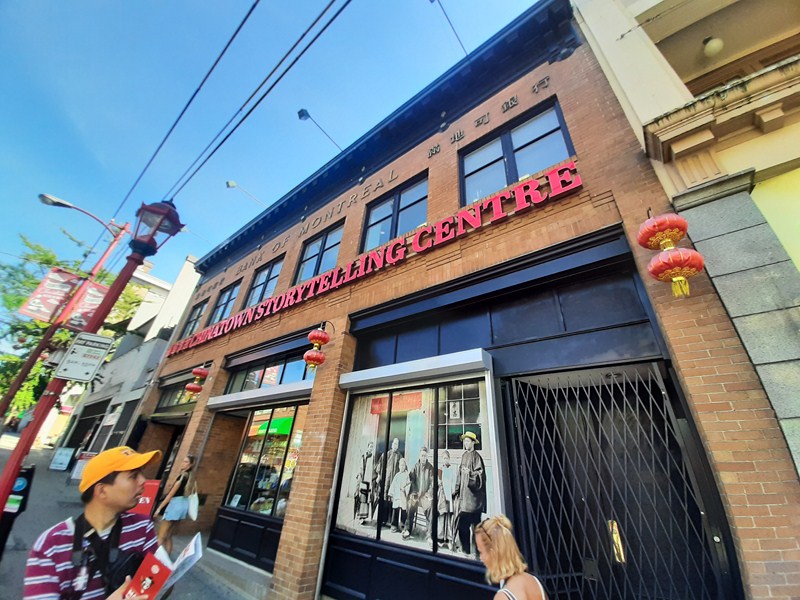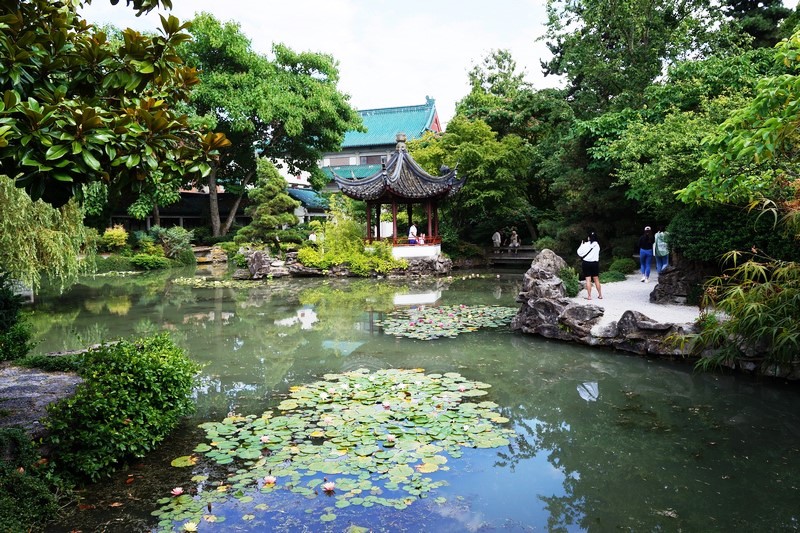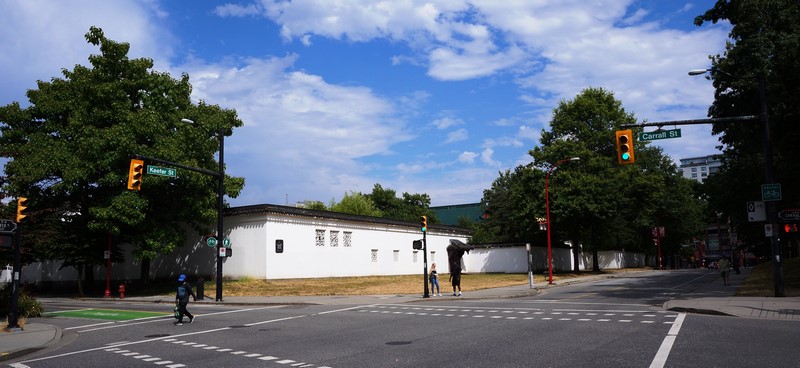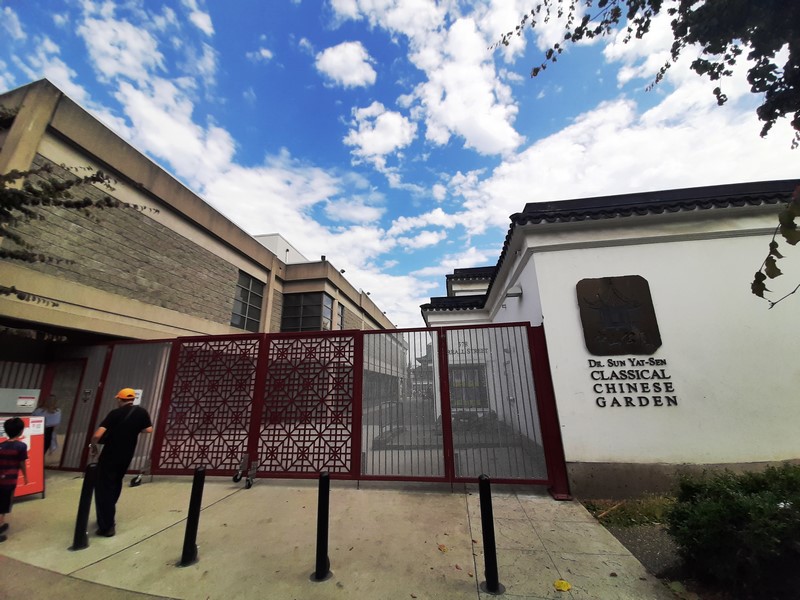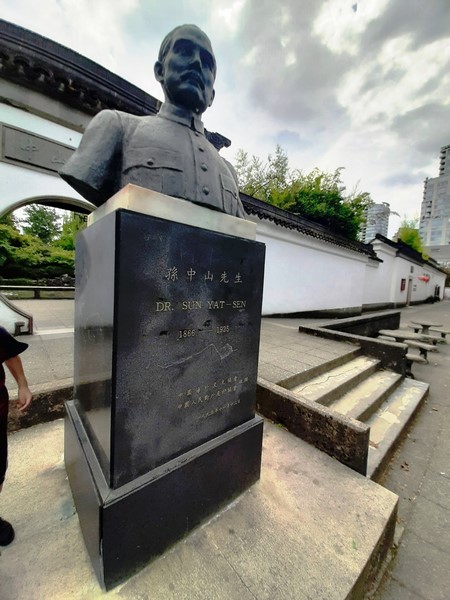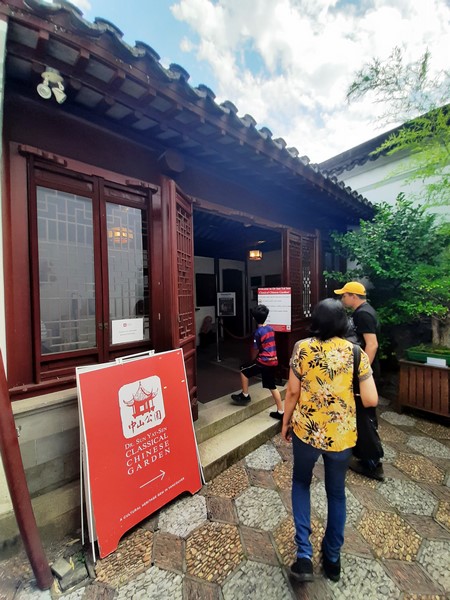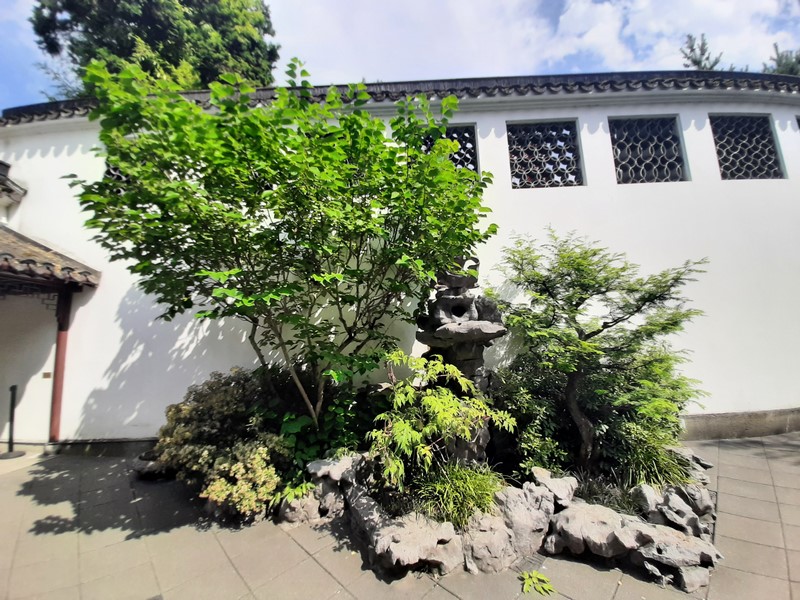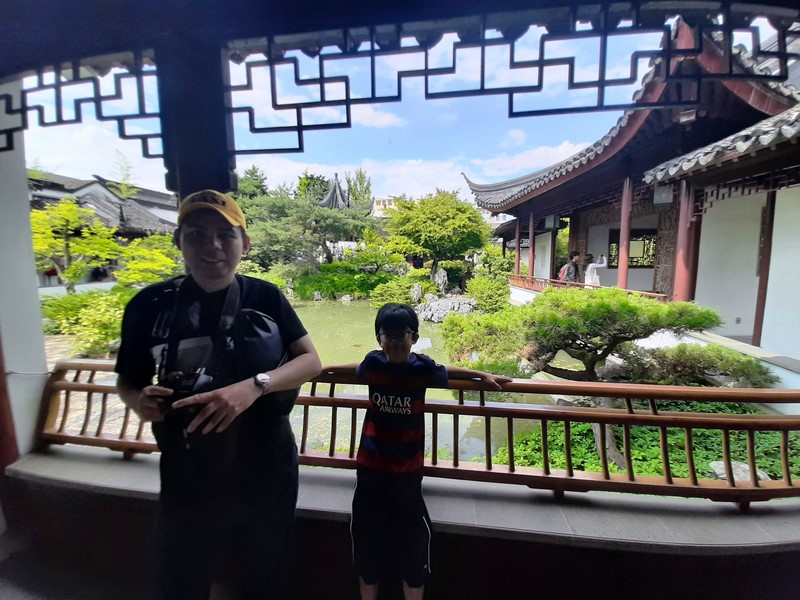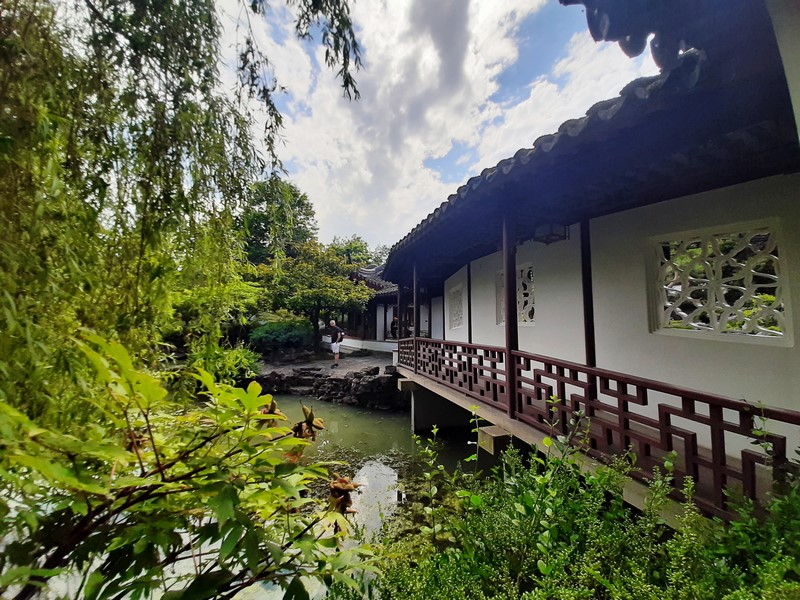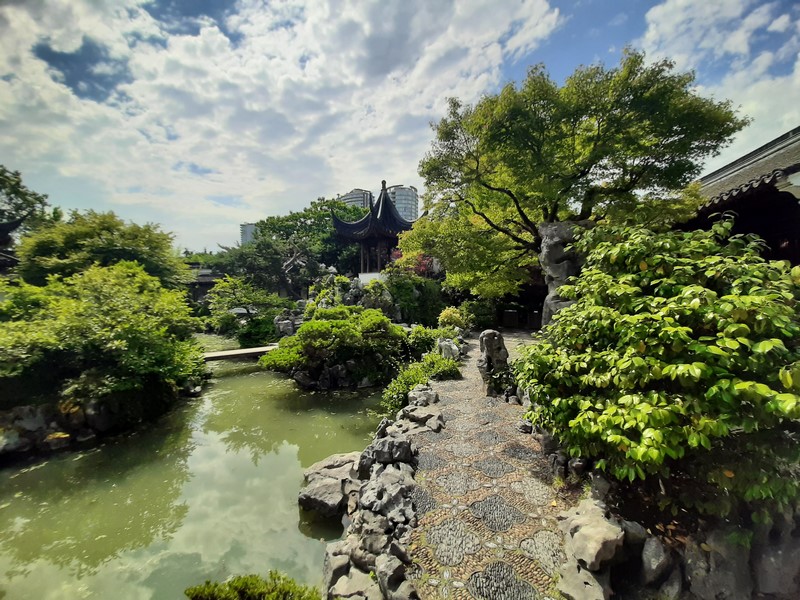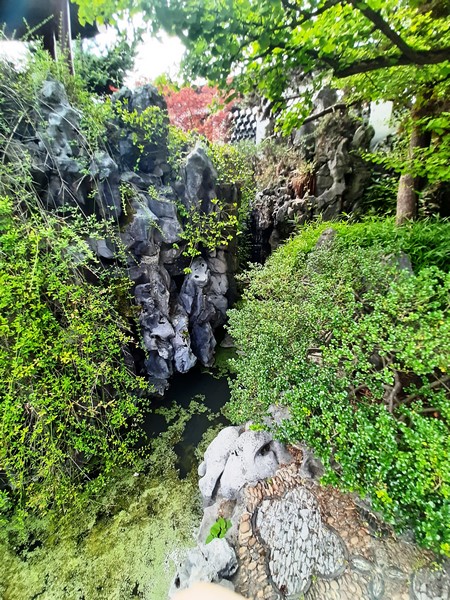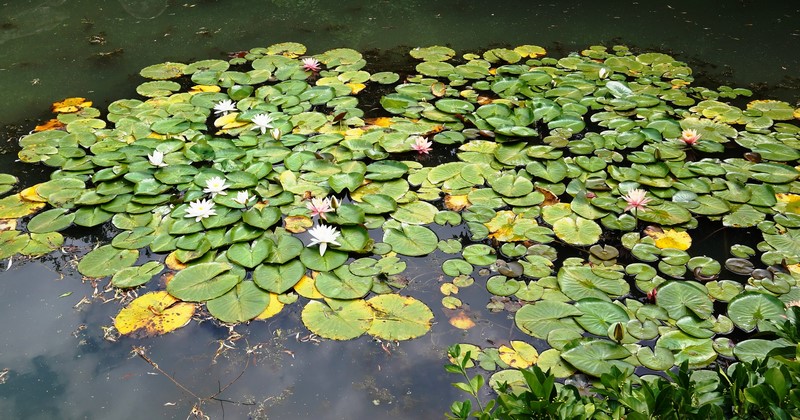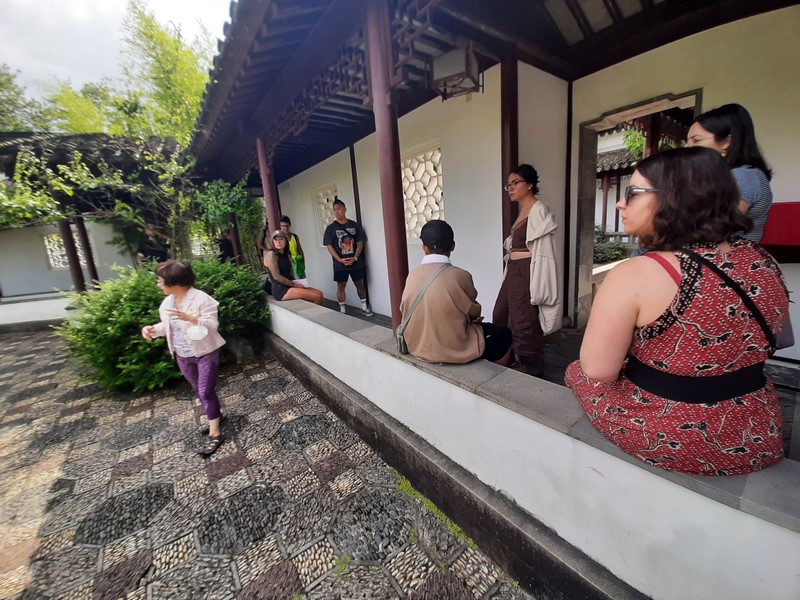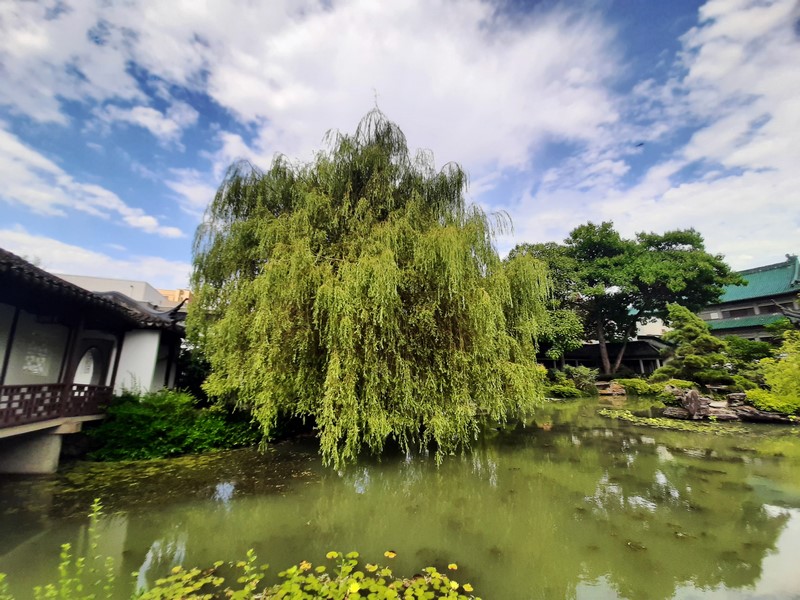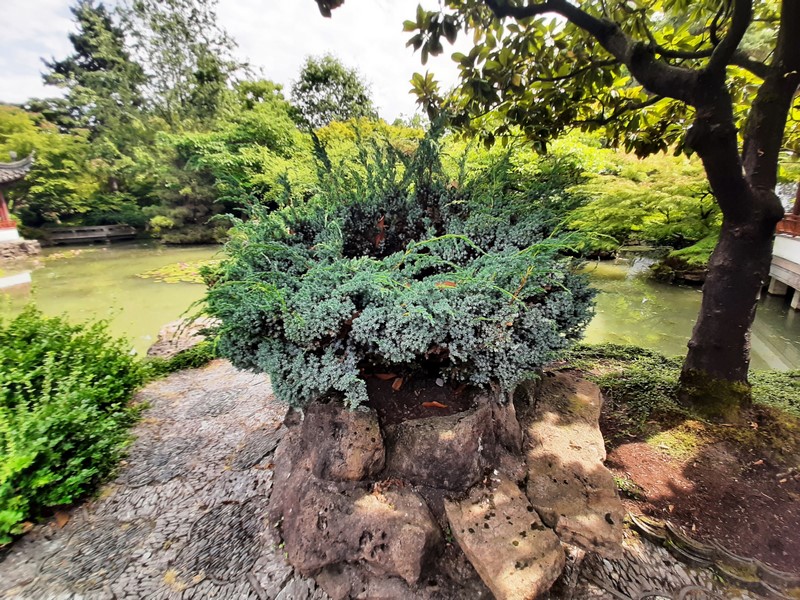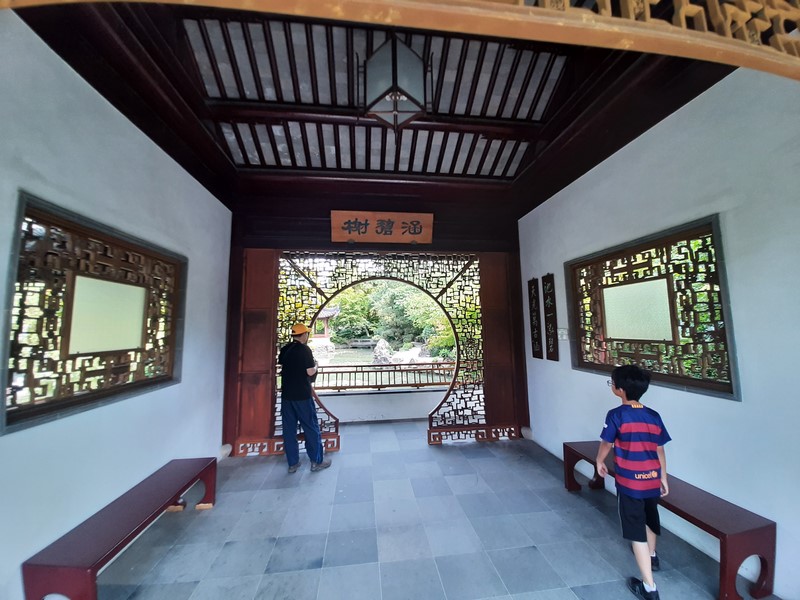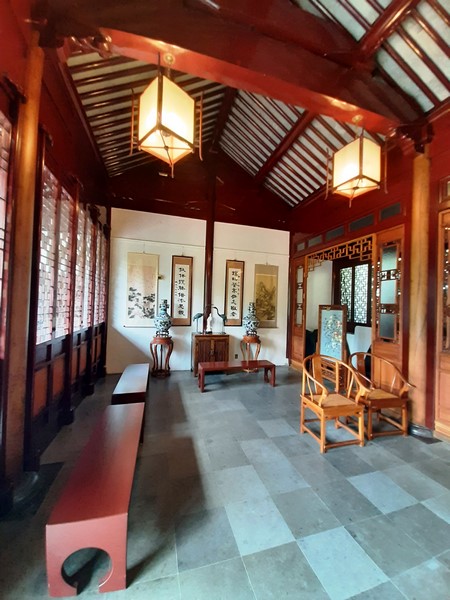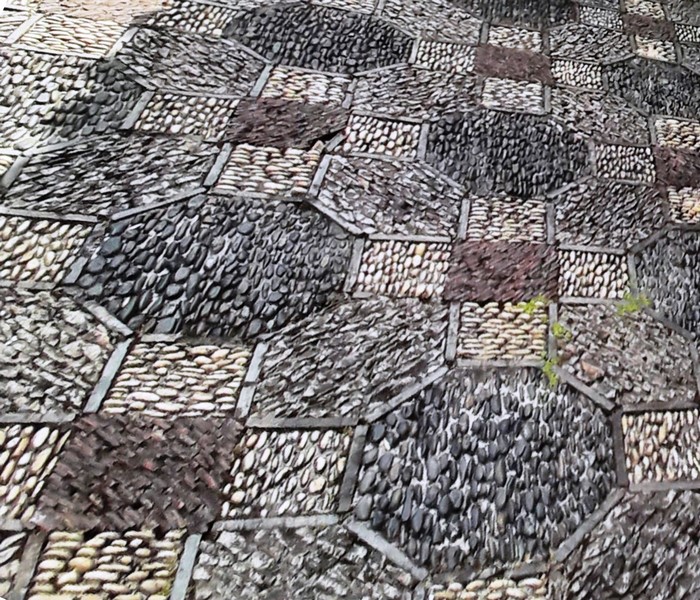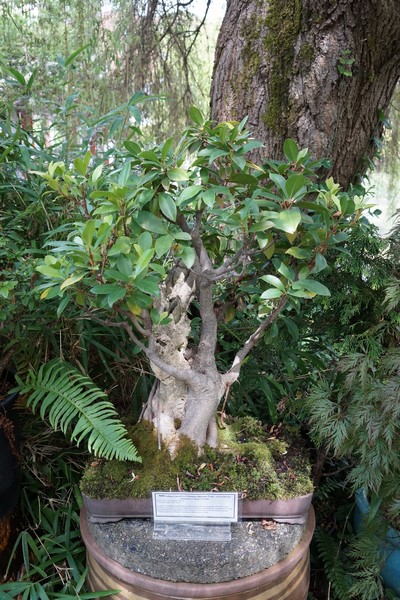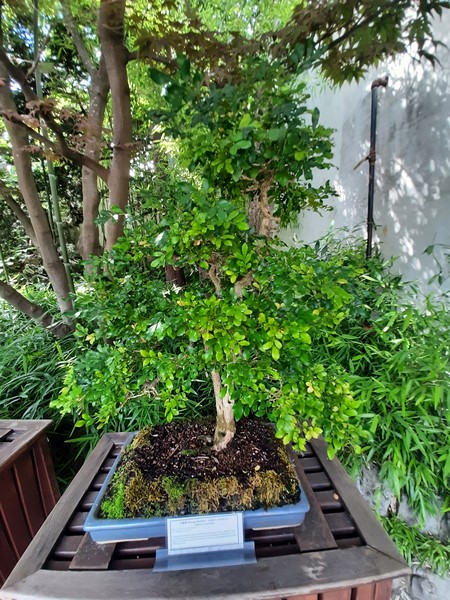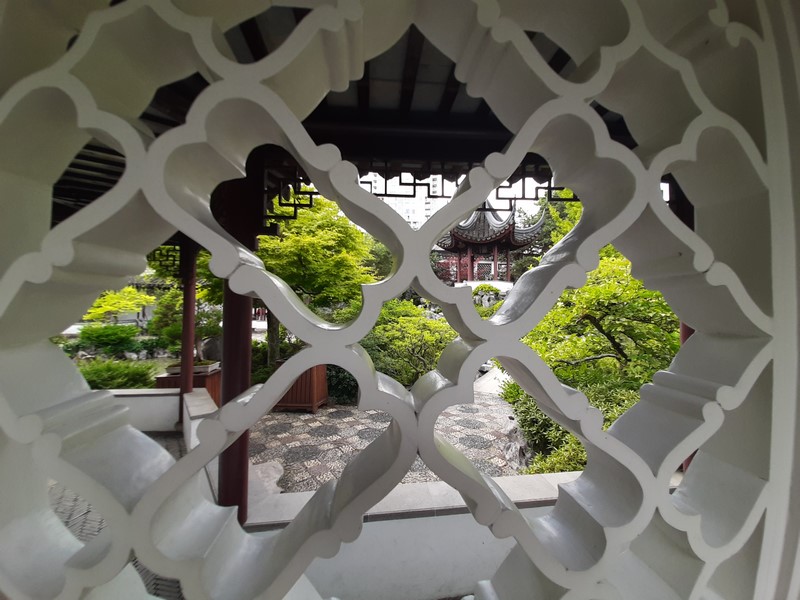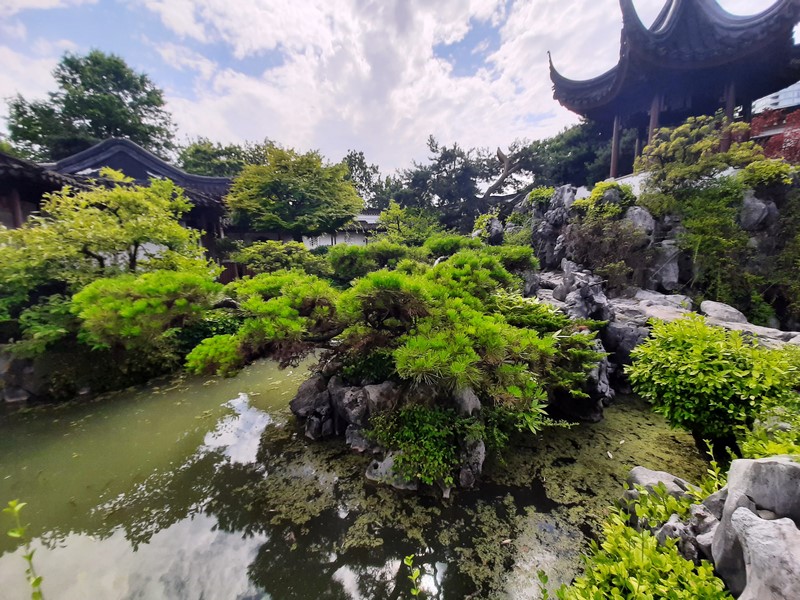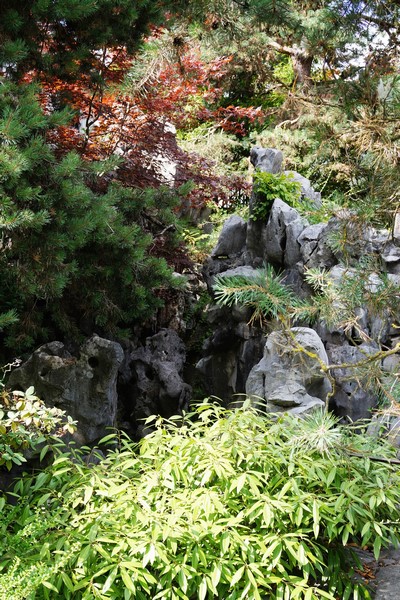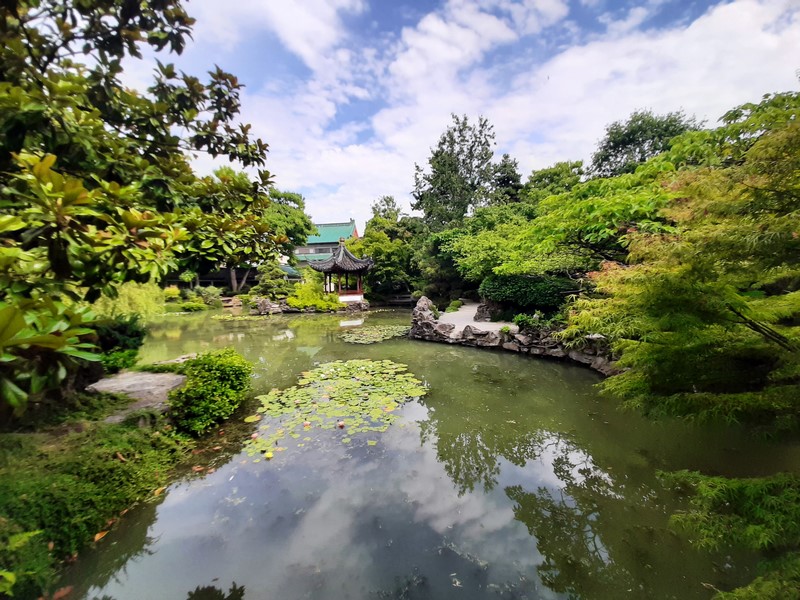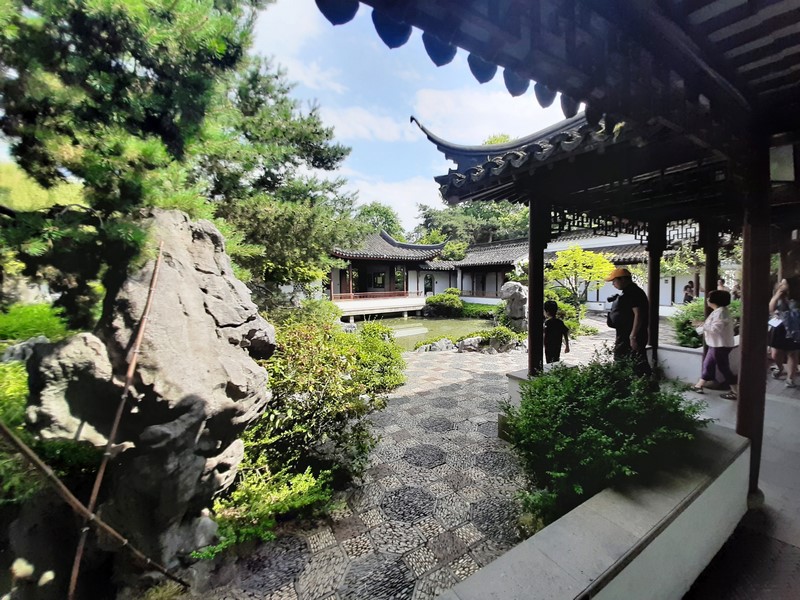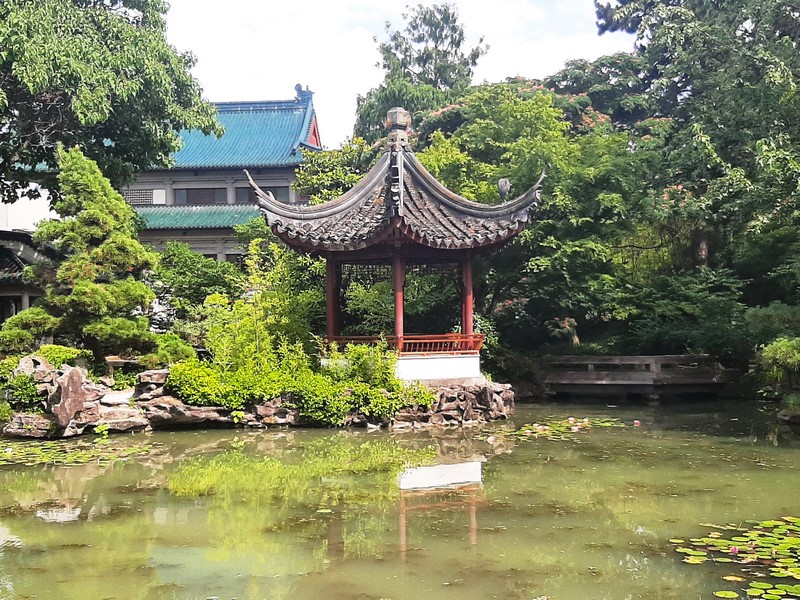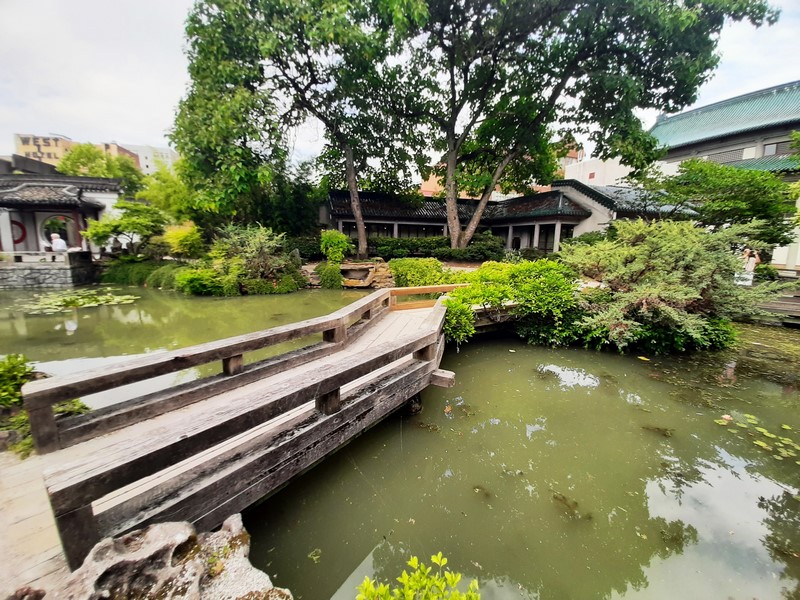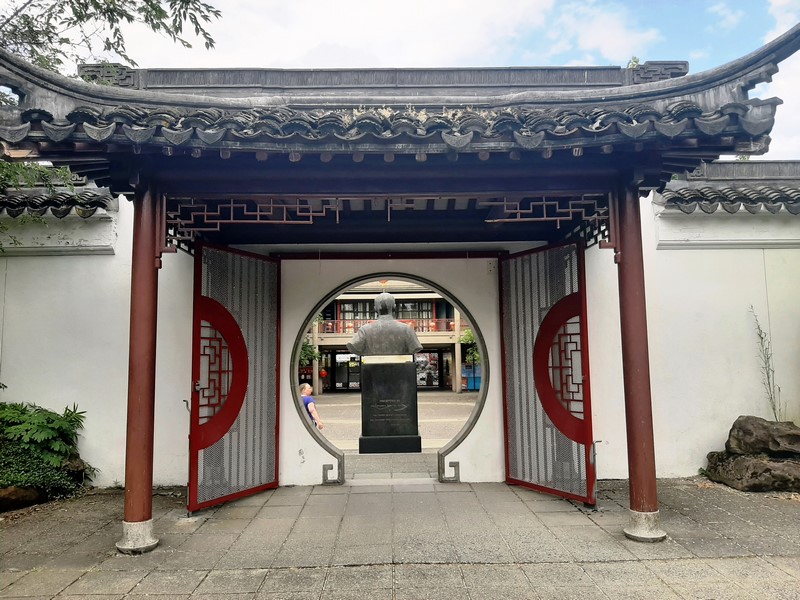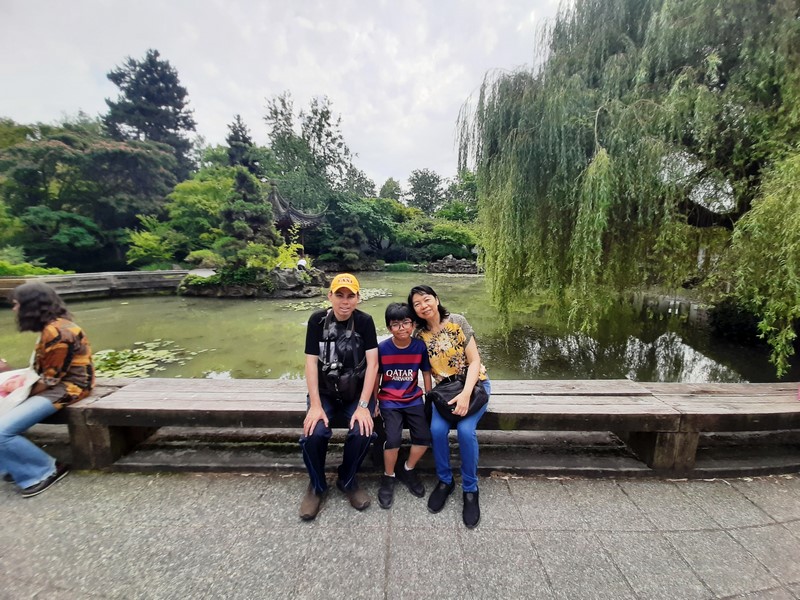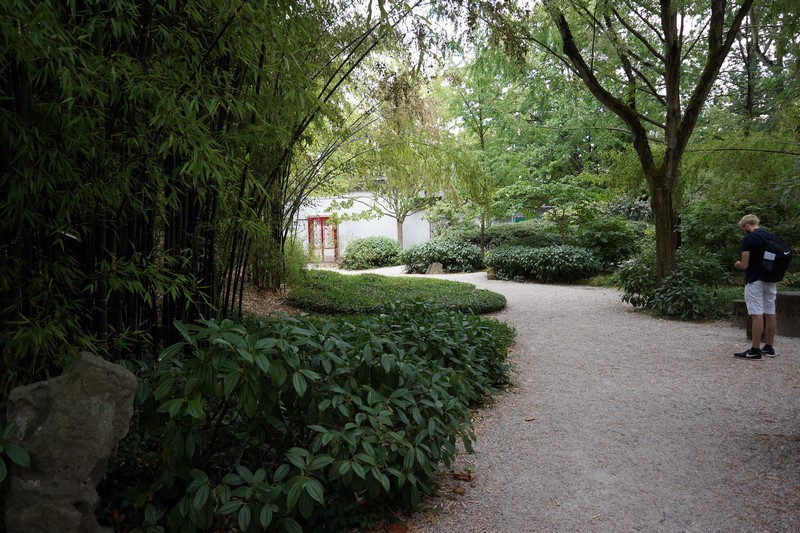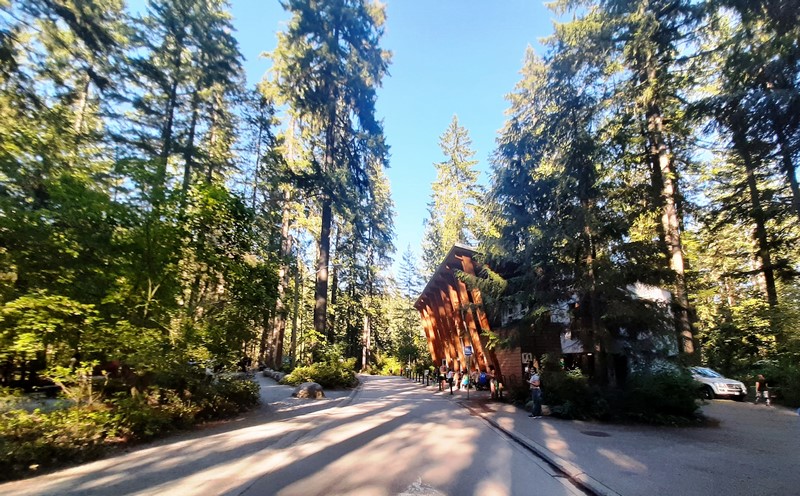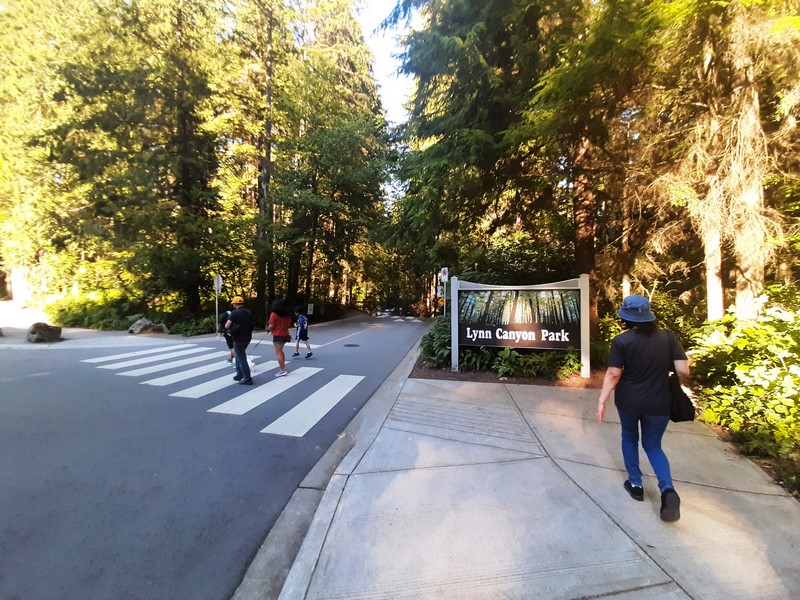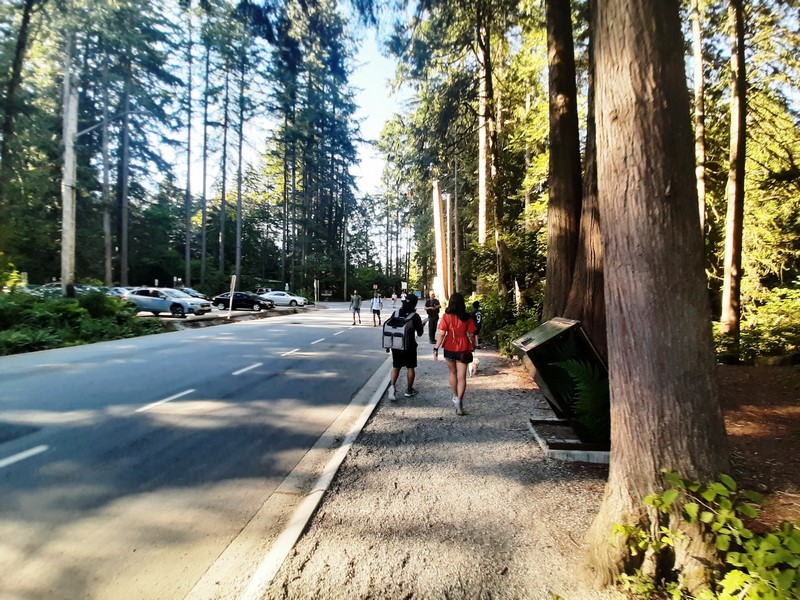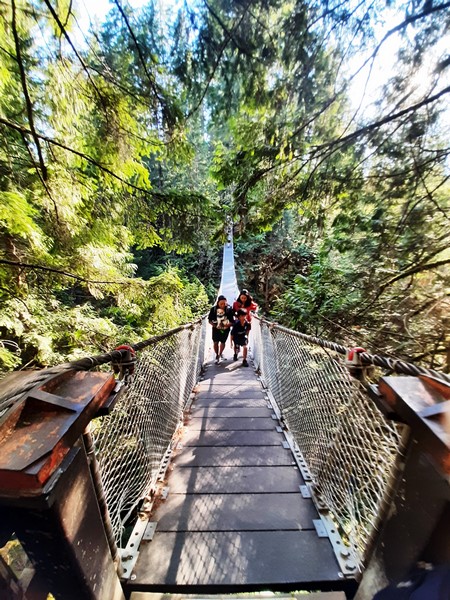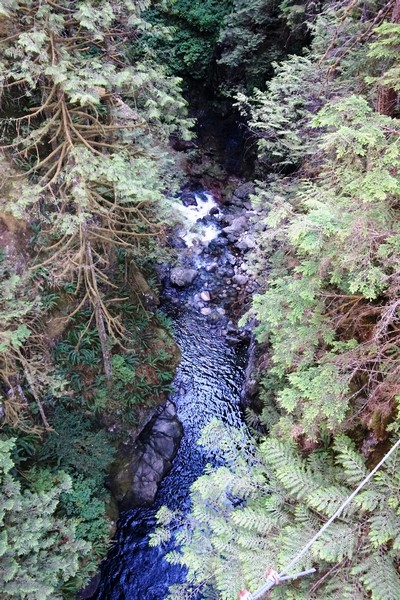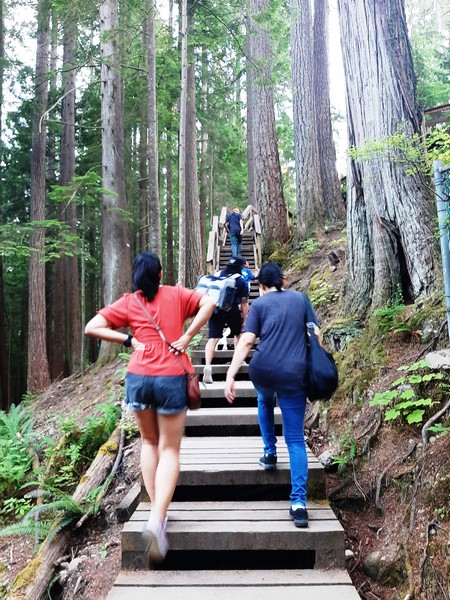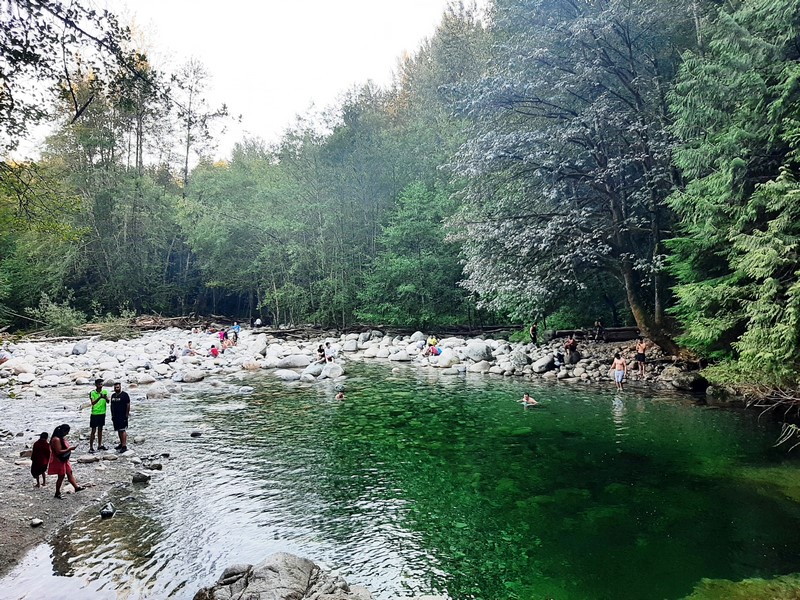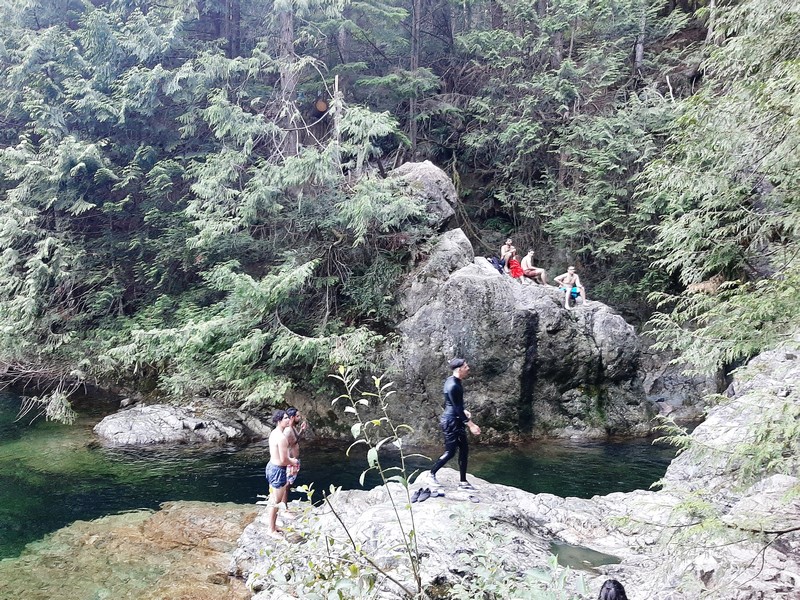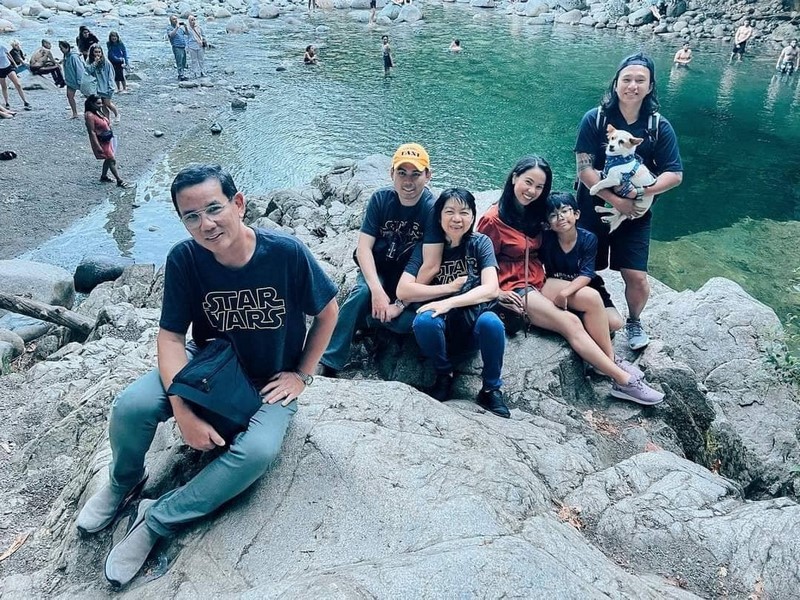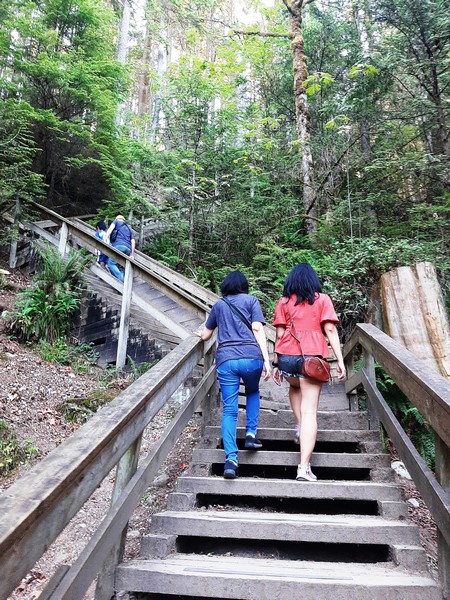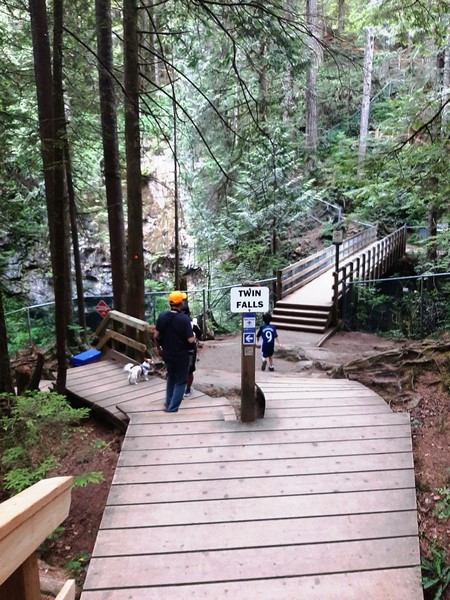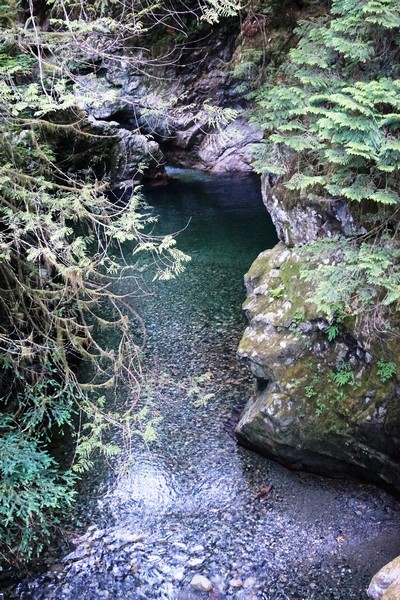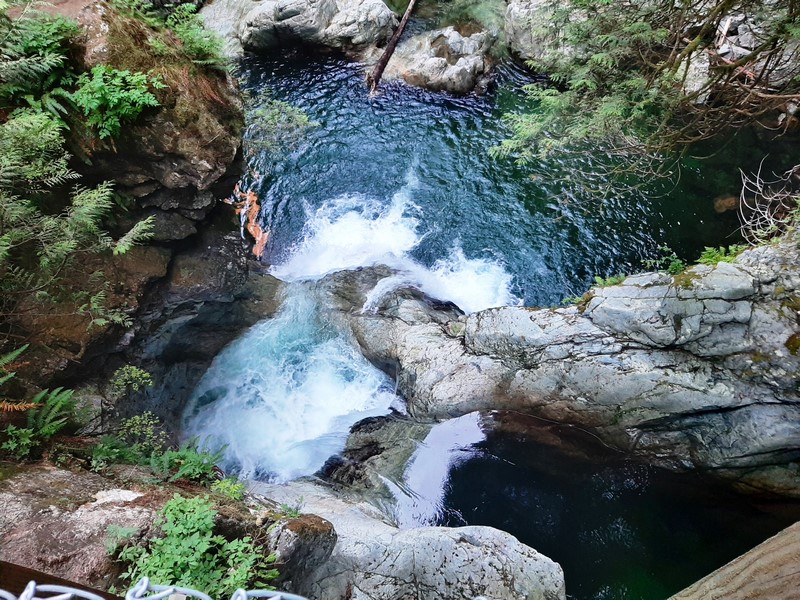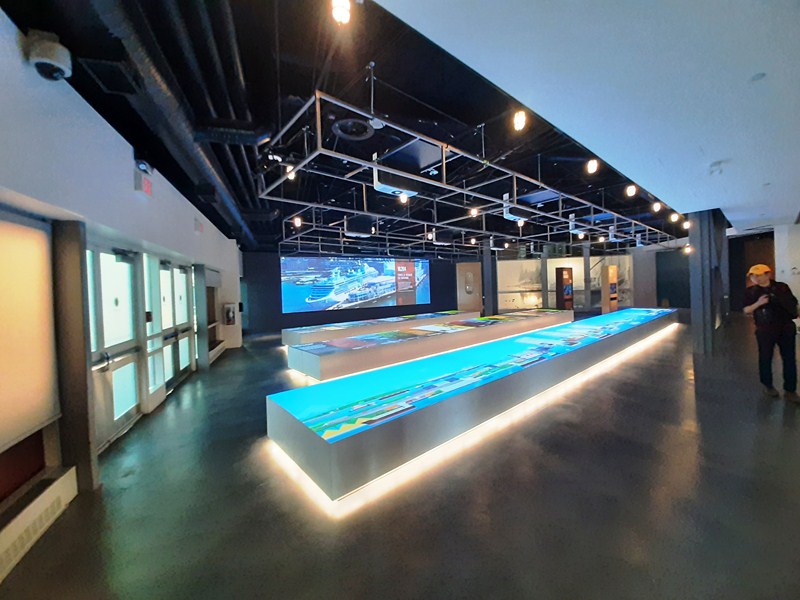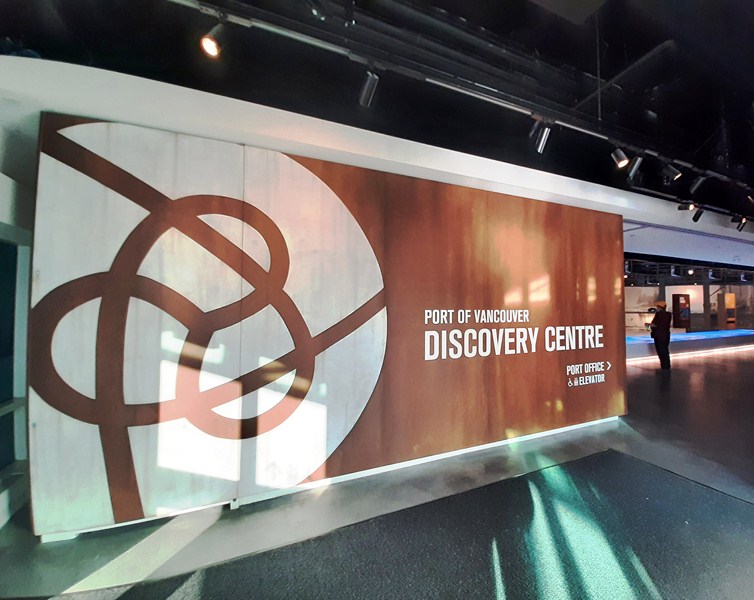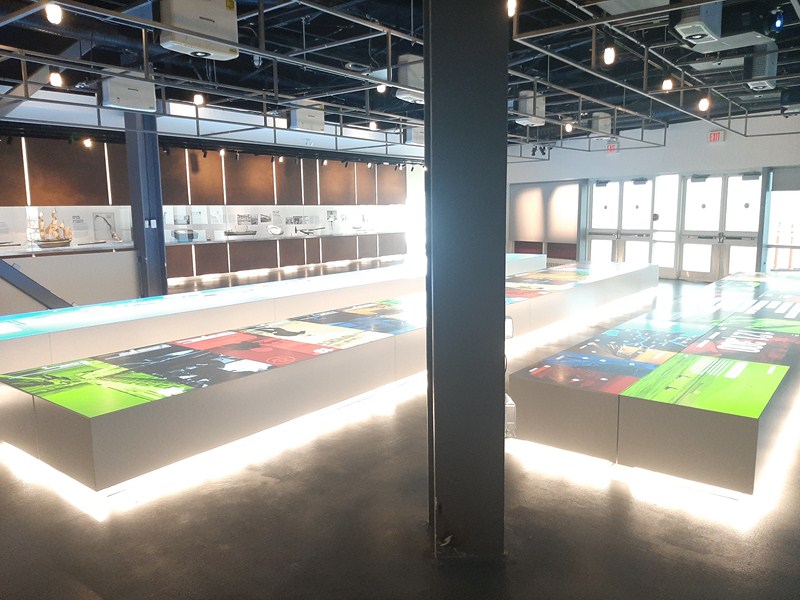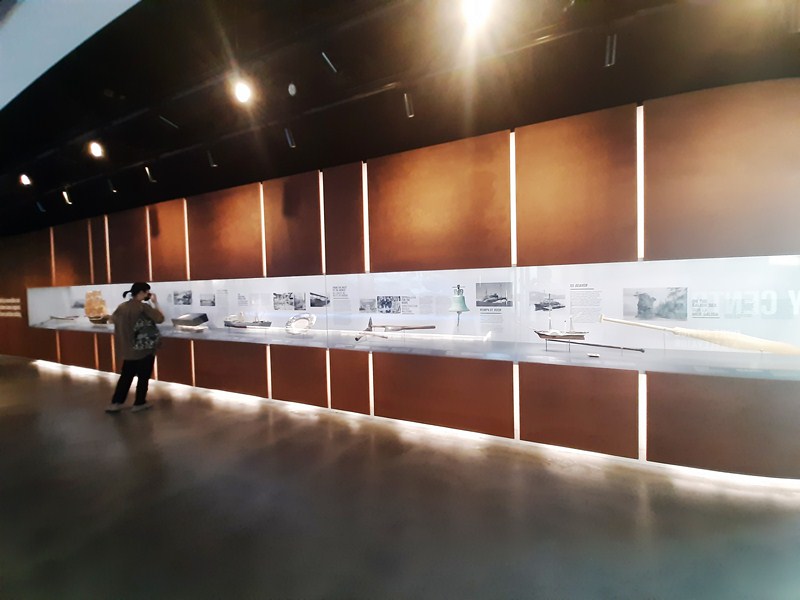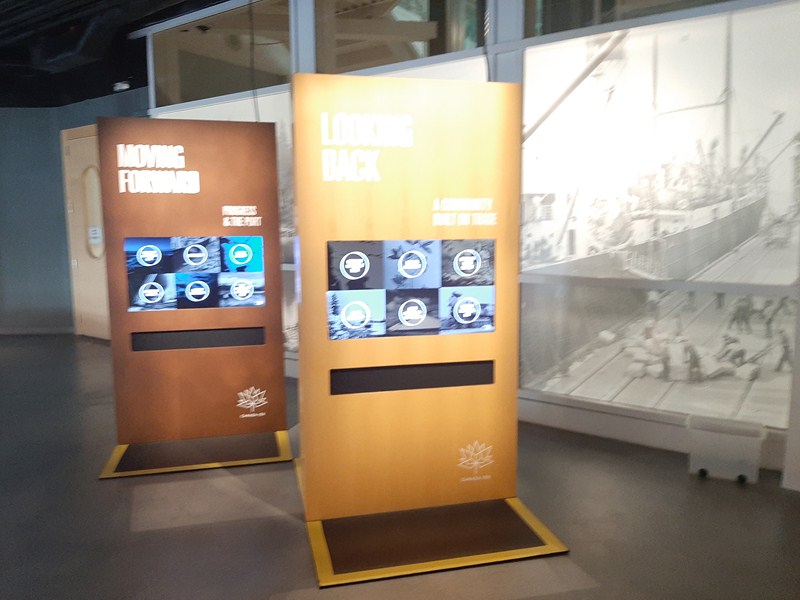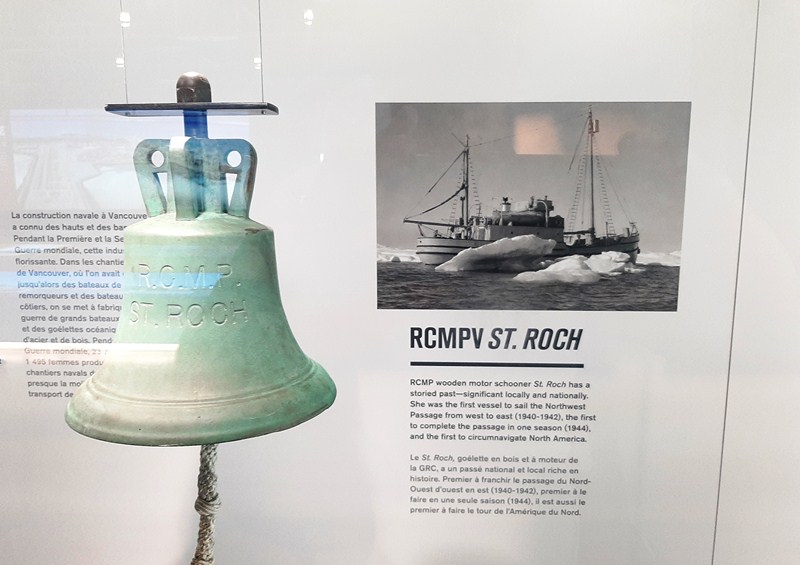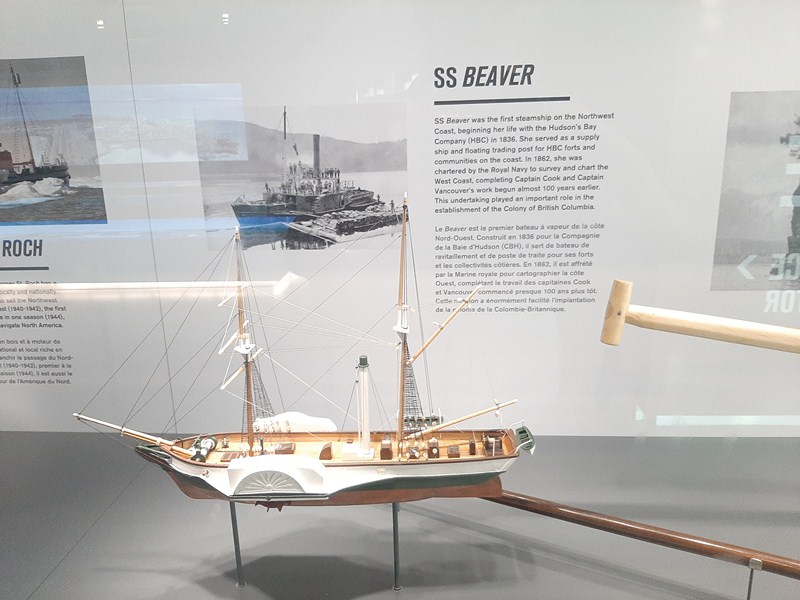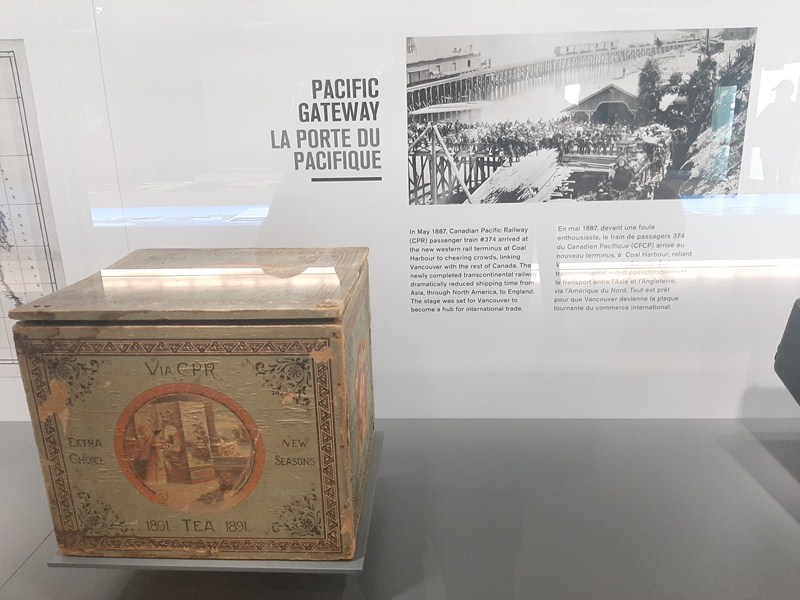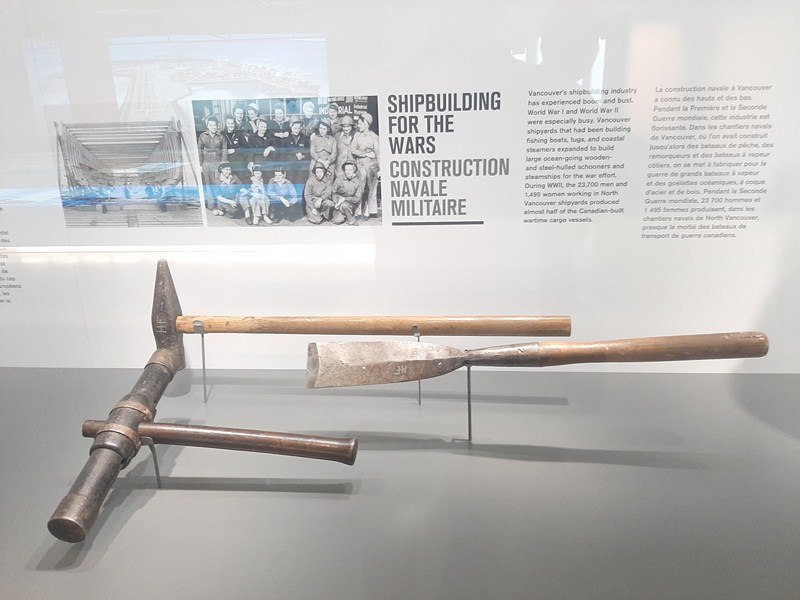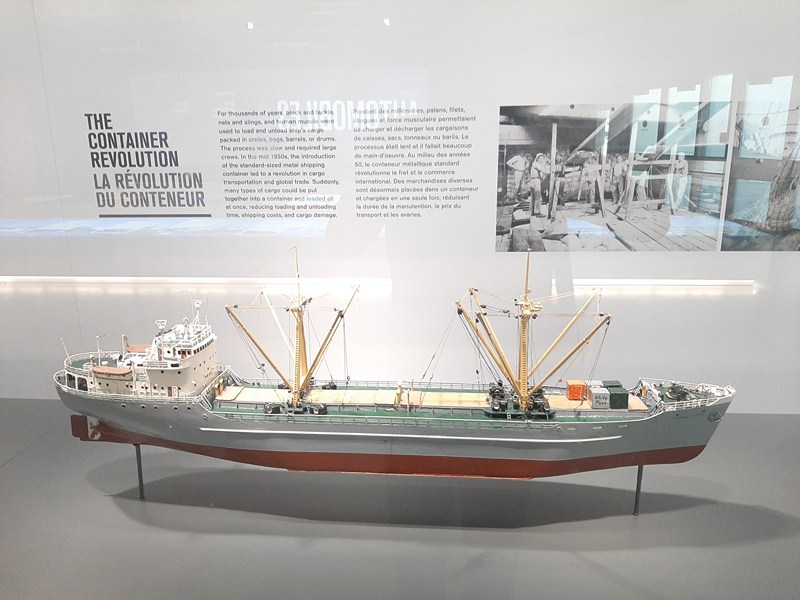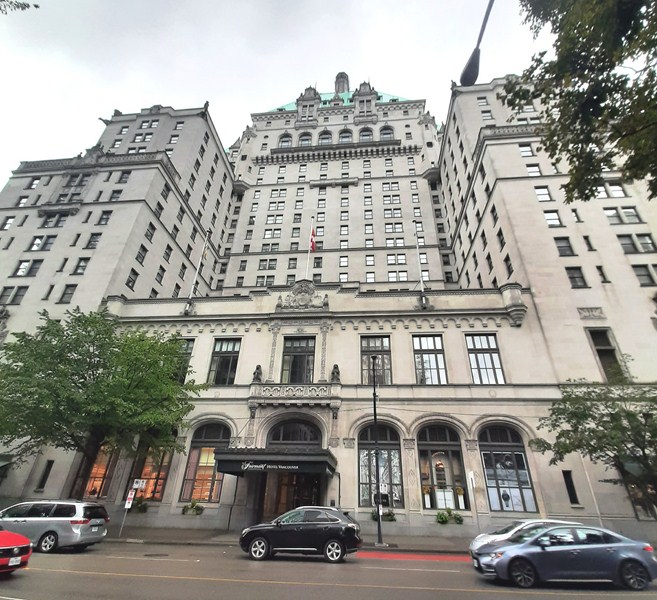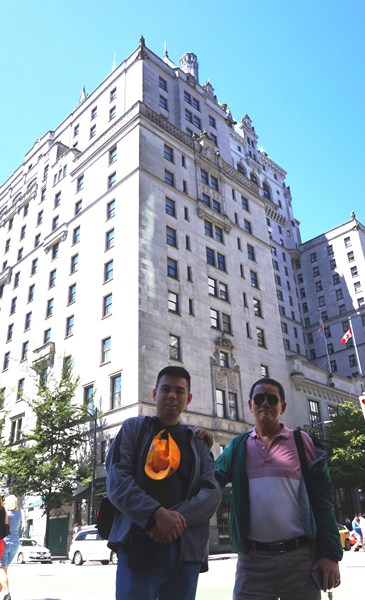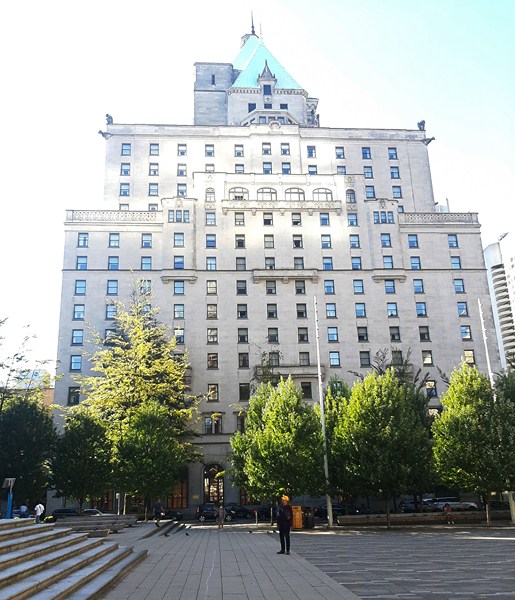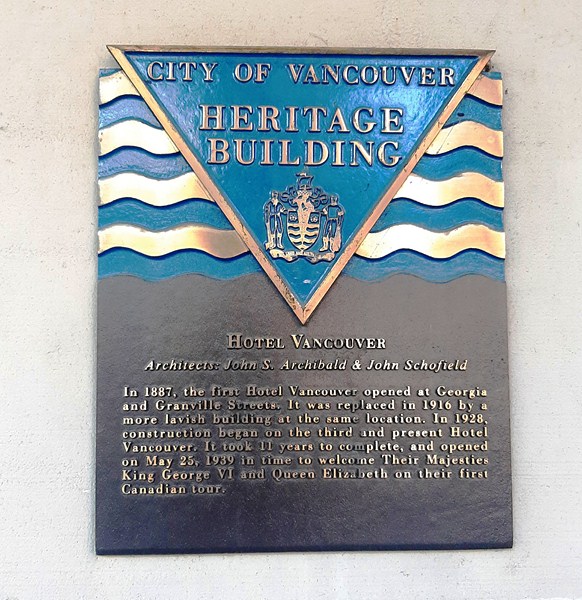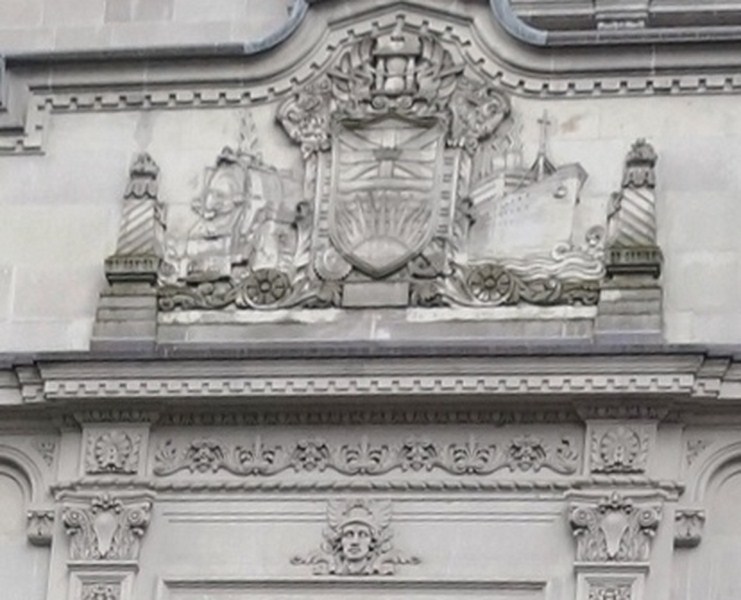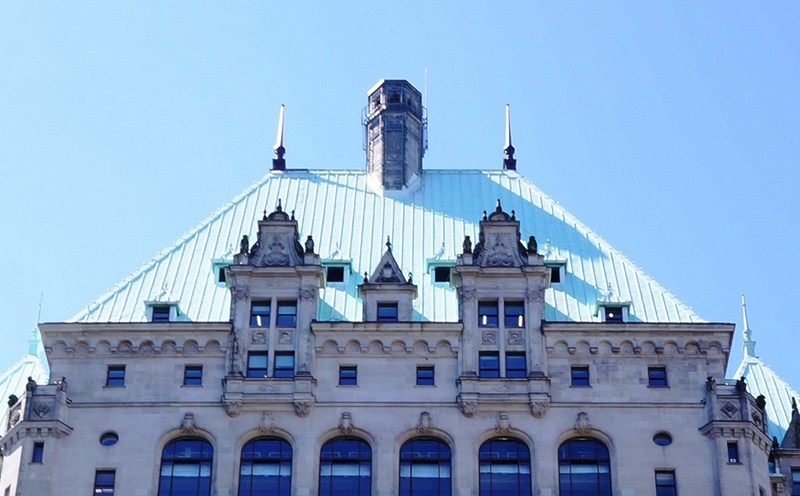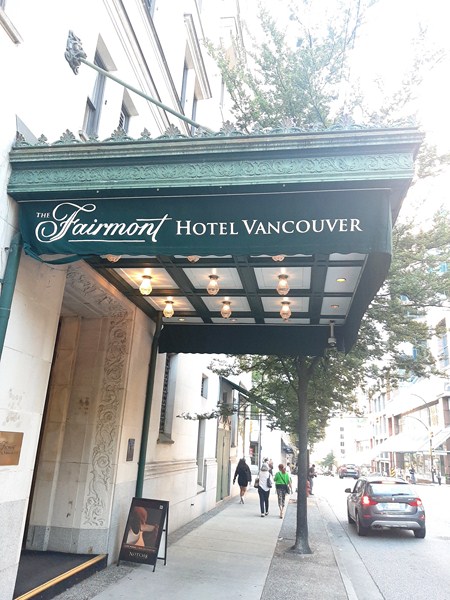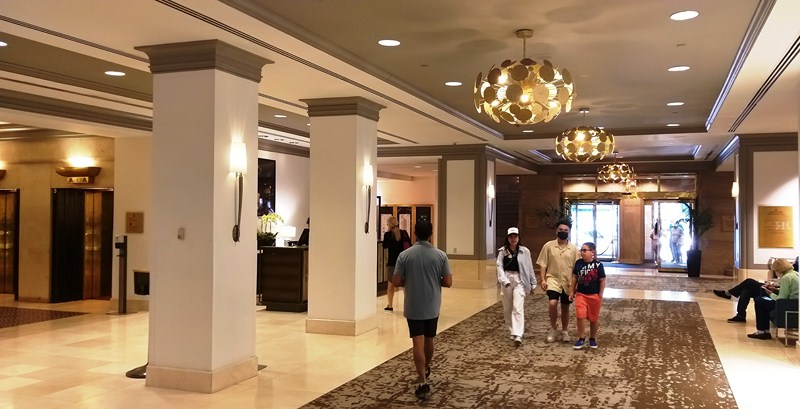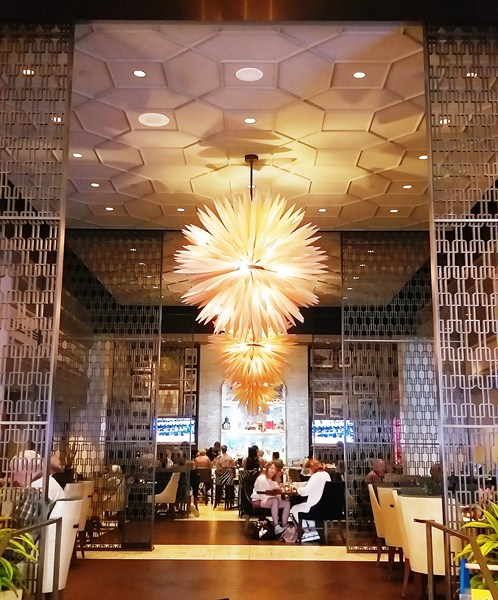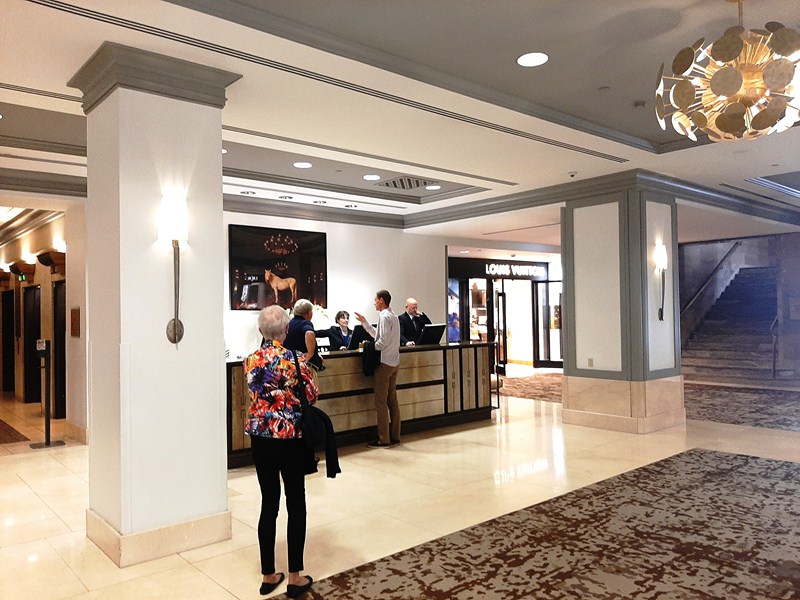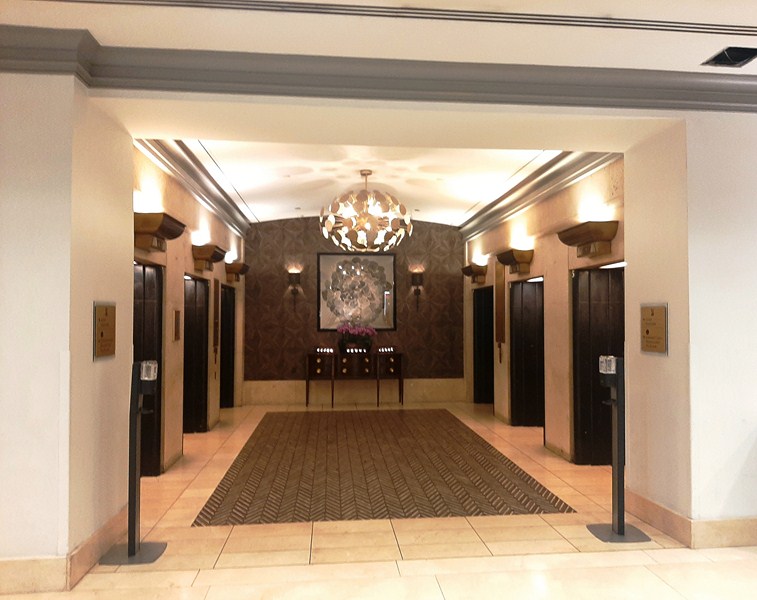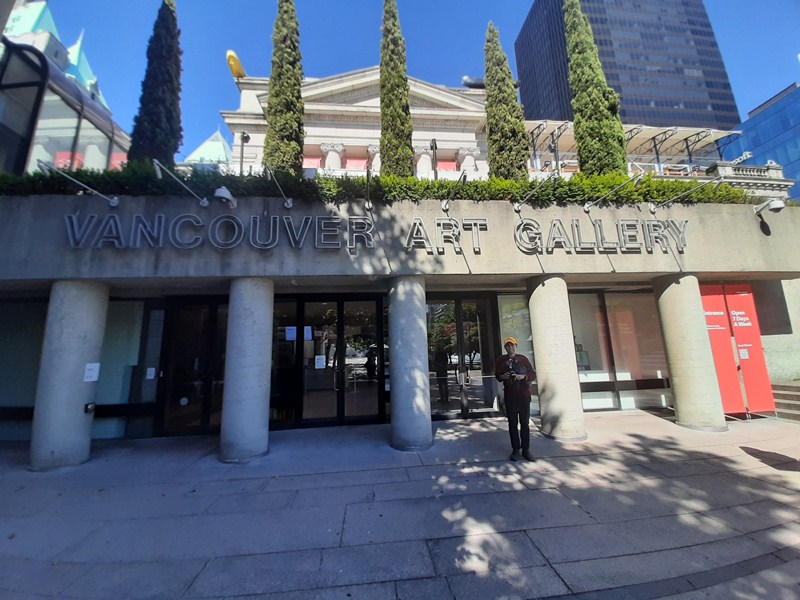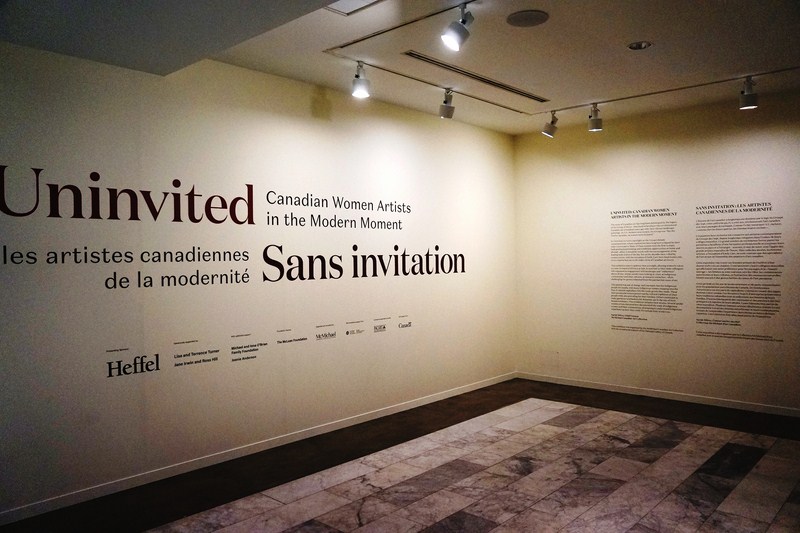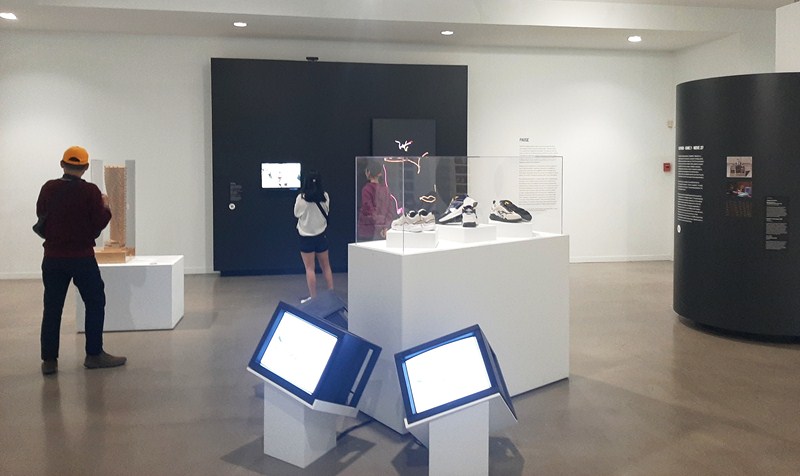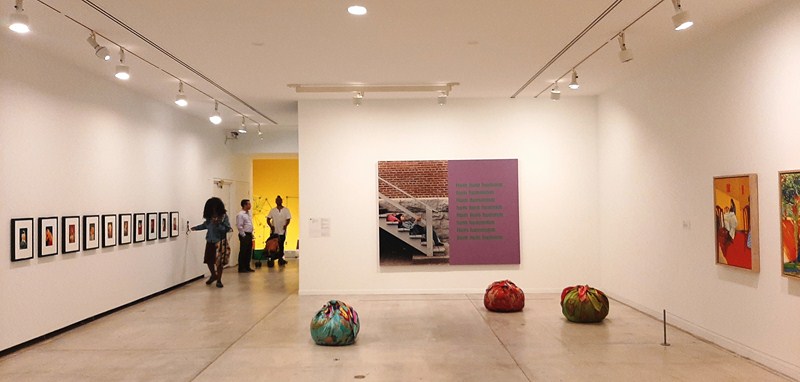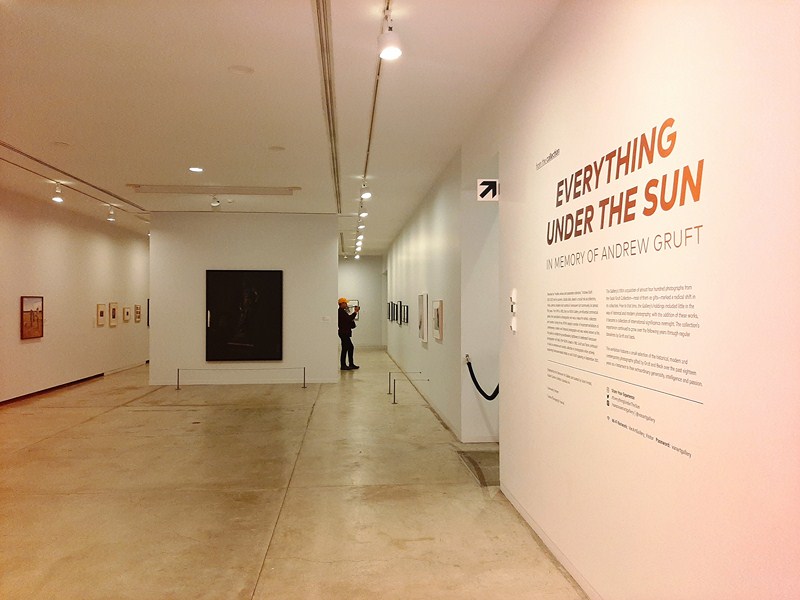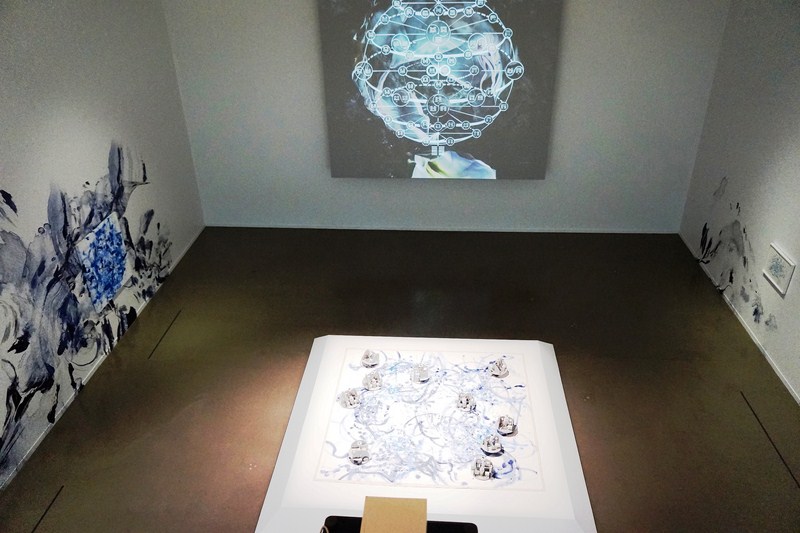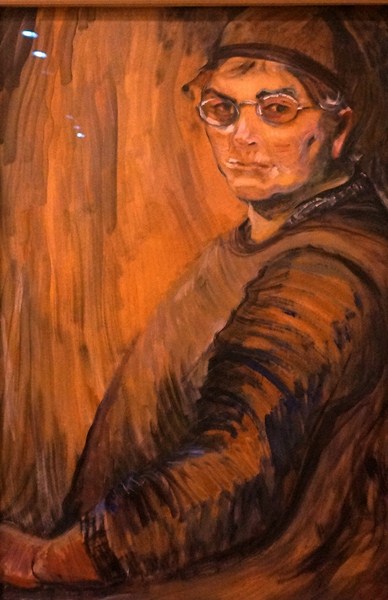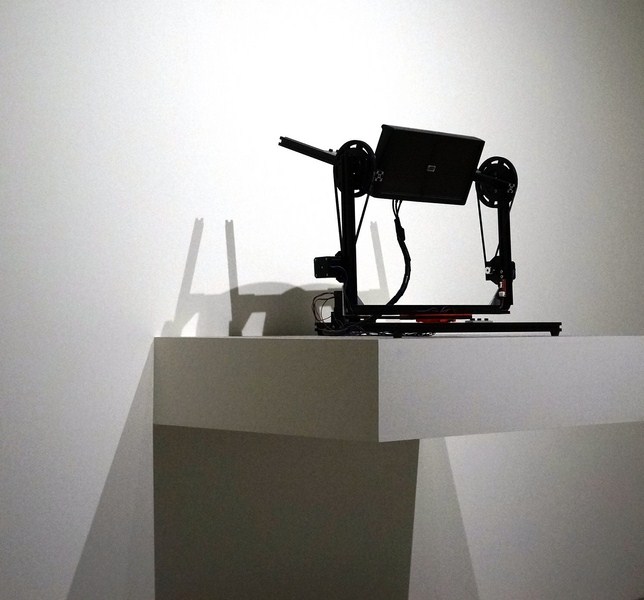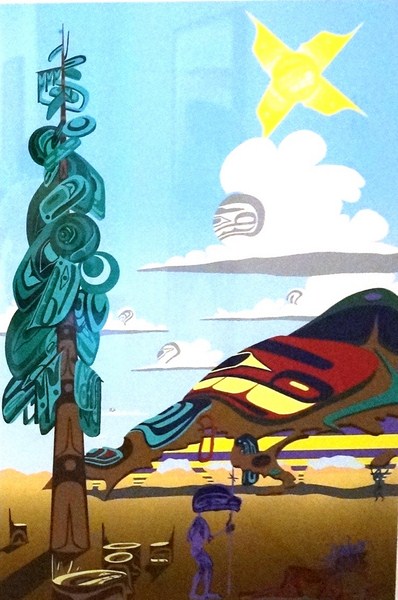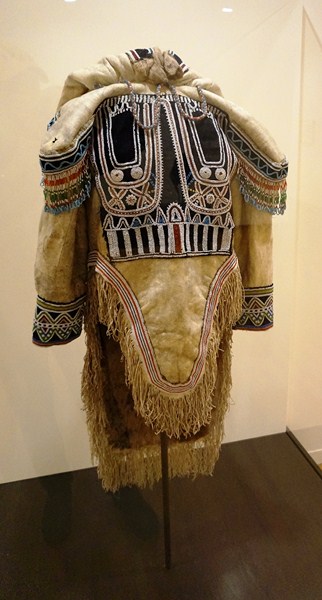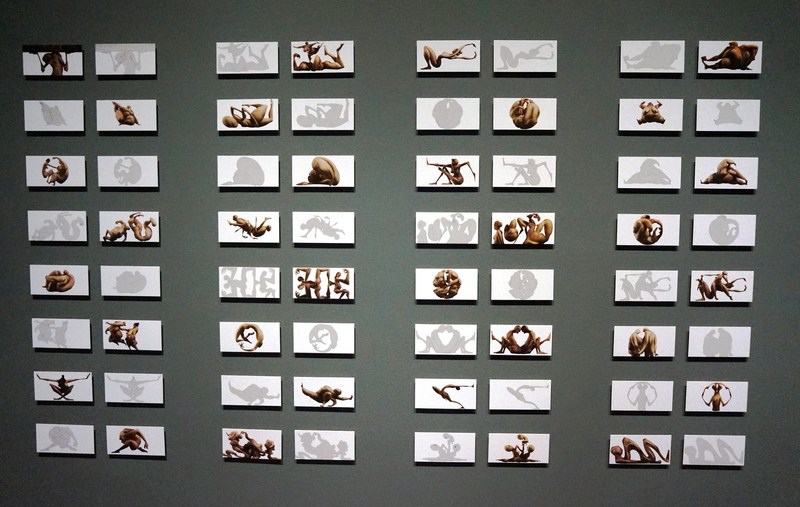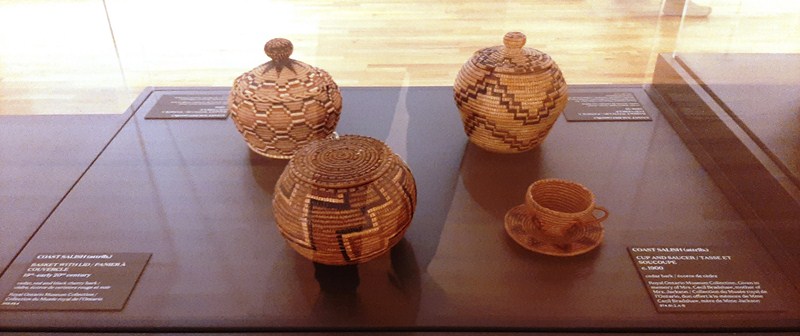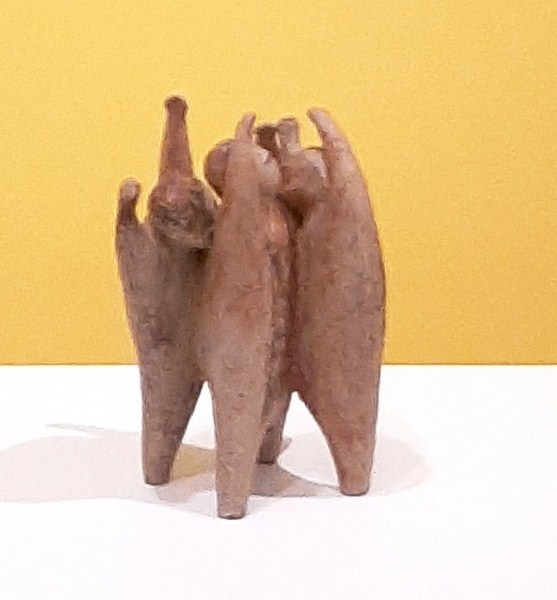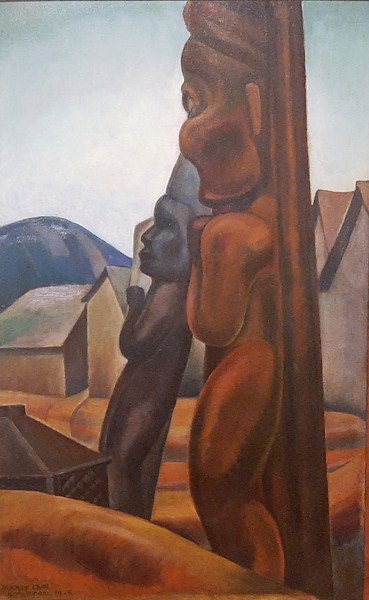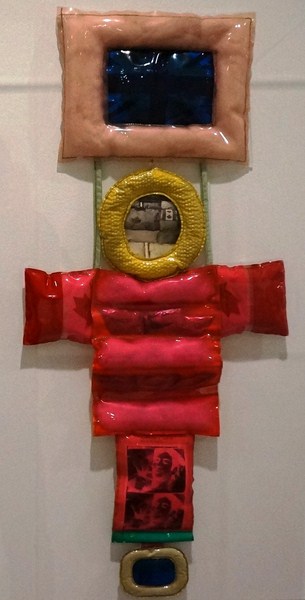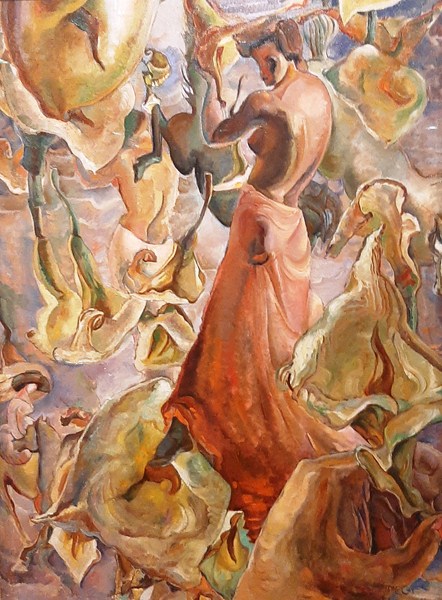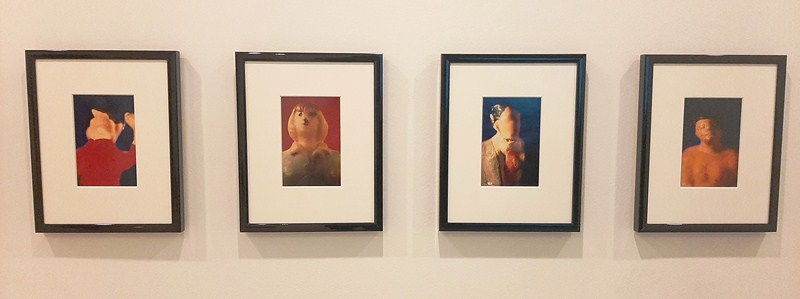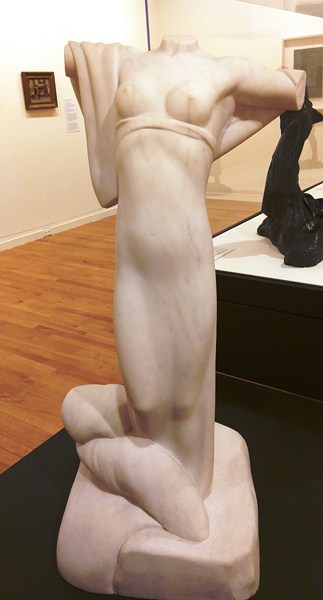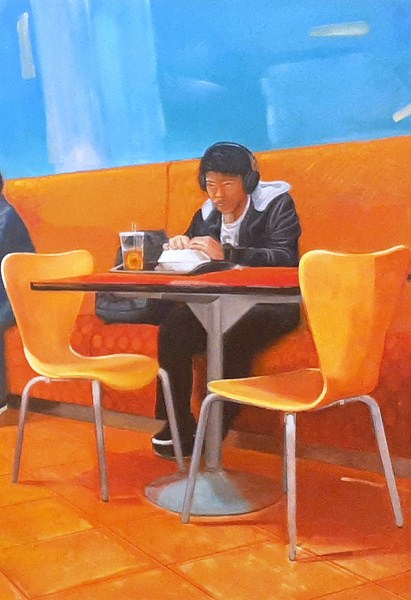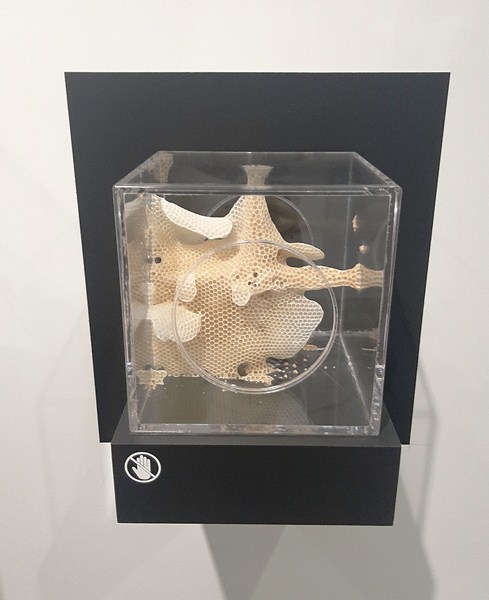From Le Charme Suites, we all boarded our coaster for the 68-km. (1 hour and 45-min. drive), via the Gov. J.J. Linao National Rd., to Las Casas Filipinas de Acuzar (Spanish for “Acuzar’s Philippine Houses”) in Bagac, Bataan province’s newest and certainly most upscale beachside resort. This beach resort, hotel, convention center and heritage destination rolled into one was designed to resemble a historic Filipino town, was to offer us a taste of the Philippine’s past come to life.
The gated stone entrance, with its keystone jauntily carrying the resort’s elaborate coat-of-arms, welcomed us. The resort, covering an area of around 40 hectares (99 acres), lies in a vast sand-filled estuary bisected near the beach by a small river, with seaside farms stretching off to the north.
From the driveway, we espied, across the Umagol River, Casa Maranao, a torogan (a Maranao royal clan house) from Lanao in Mindanao. Built in 1873, it was owned by Sabino Lakowa and its last owner was Dimaawan, the second child of Sabino. It features panolong, wing-like carvings that flare out from its floor beams, symbolizing the wealth and importance of its occupants. There are also okir, beautiful carvings that depict the naga (serpent or dragon from Sanskrit literature), and pako rabong amarilis (asymmetrical growing ferns).
This resort was painstakingly built up in over ten years of intermittent construction. It has a vast, open-air depository of planks, stone blocks, and tiles salvaged from their original owners or bought from junk shops in Manila. From these materials, future houses and structures in the complex will be constructed.
Comprised of a collection of several dozen “heritage houses” and buildings, each representing an aspect of national Filipino history, they are an outcome of an organic process of selecting and emplacing salvaged ancestral houses from all over Luzon that were specifically evaluated and chosen based on their individual cultural, historical and architectural value and features.
The buildings at Las Casas Filipinas de Acuzar range in style from mansions to wooden stilt houses. With its rear ringed by the forests of nearby Mt. Natib and its front splashed by the South China Sea, these ancient wood, tile and stone structures were given a new lease in life, reincarnated as vacation houses, offices, restaurants, and hotel suites and facilities in Las Casas.
It had its beginnings in 2003 when real estate magnate and architect Jose Rizalino “Jerry” Acuzar, the owner of New San Jose Builders, Inc., decided to open an estate just outside of his hometown of Balanga. Ultimately settling upon a 400-hectacre tract of land near the fishing village of Bagac, he built a quaint manor home and a series of small cottages.
When he was young, Jerry, on his way to school, had memories of passing by the decaying mansions along F.R. Hidalgo Street in Quiapo. In 2008, he was fatefully offered parts of a historic home from the Cagayan Valley. Subsequently, in an effort to restore it back to its former glory, he dismantled and reconstructed the building on his estate.
Later on, he was offered heritage homes that were being sold and he decided to transplant these endangered specimens of colonial heritage architecture to his beachfront property. Acquired and transported from varying locations across the country, each historic structure was meticulously dismantled from their original location before being reassembled and carefully restored inside the premises of the Las Casas Filipinas by a skilled group of architects. In cases where an authentic reconstruction was not possible, materials that were as close to the original were used to complete the project. Needless to say, each building’s legacy is as unique as its architecture.
However, this method of heritage conservation has been contentious among conservationists since they believed that their original communities could have benefitted from the structures had they been restored on site. The heritage park’s proponent Gerry Acuzar claimed that he went with the method in order to save the structures from decay and neglect.
While the estate remained private, many heard about what he was doing and wanted to see his reconstructed heritage houses. Seein an opportunity to make the location accessible to the public, Acuzar continued financing his work in restoring the heritage houses. As Acuzar’s team of artisans grew, the destination gradually expanded into 63 heritage homes and 34 structures built in the style of the historic houses on-site.
In March 2010, Acuzar debuted his private estate as a beach resort, opening it to the public as the Las Casas Filipinas de Acuzar and placing it under the management of Genesis Hotels and Resorts Corporation. It has since established itself as one of the most luxurious holiday destinations in the world, every year hosting hundreds of enthusiastic cultural heritage visitors. In early 2020, due to community quarantine measures imposed in response to the COVID-19 pandemic, Las Casas Filipinas temporarily closed but eventually reopened in July 2020.
The work accomplished by Acuzar and his team had earned the resort great praise. In 2021, the heritage park was lauded and recognized for its preservation efforts and their continued stewardship by the Department of Tourism, under Secretary Bernadette Romulo-Puyat. That same year, Historic Hotels Worldwide also bestowed the resort with its Award of Excellence for “Best Historic Hotel in Asia/Pacific.” Since 2017, this fantastic historic resort has been a member of Historic Hotels of America.
We first registered ourselves at Casa New Manila, an American-era house built in 1926 by Italian-American Joseph Francisco. It once stood at Balete Drive for 90 years and was bounded by Espana Extn. (now E. Rodriguez Ave.) and Campanilla, Sampaguita and Ilang-Ilang Sts.. It was later bought by Manuel Alcuas y Tuazon and Rosario Araneta y Zaragoza, scions from two prominent families in Manila. It had wide open verandas (where we had scenic views of the Umagol River and parts of the resort), extended eaves and its original fireplace. From here, we were to tour the resort by raft.
La Casas Filipinas de Acuzar: Brgy. Ibaba, Bagac, 2107 Bataan. Tel: (632) 8833-3333 local 116-117. Mobile number: (0917) 872-9361. E-mail: reserve@lascasasfilipinas.com. Website: www.lascasasfilipinas.com. Coordinates: 14°36′09.6″N 120°23′06.9″E.
How to Get There: It is a three-hour drive from Manila via NLEx and SCTEx. There is a shuttle service plying the Manila-Bataan route daily with New World Hotel Makati and Astoria Plaza as pickup and drop off points. For inquiries, call (63-2) 332-5338 and (63-2) 332-5286. The resort is accessible from the southeast through a two-lane road from the poblacion of Bagac.


